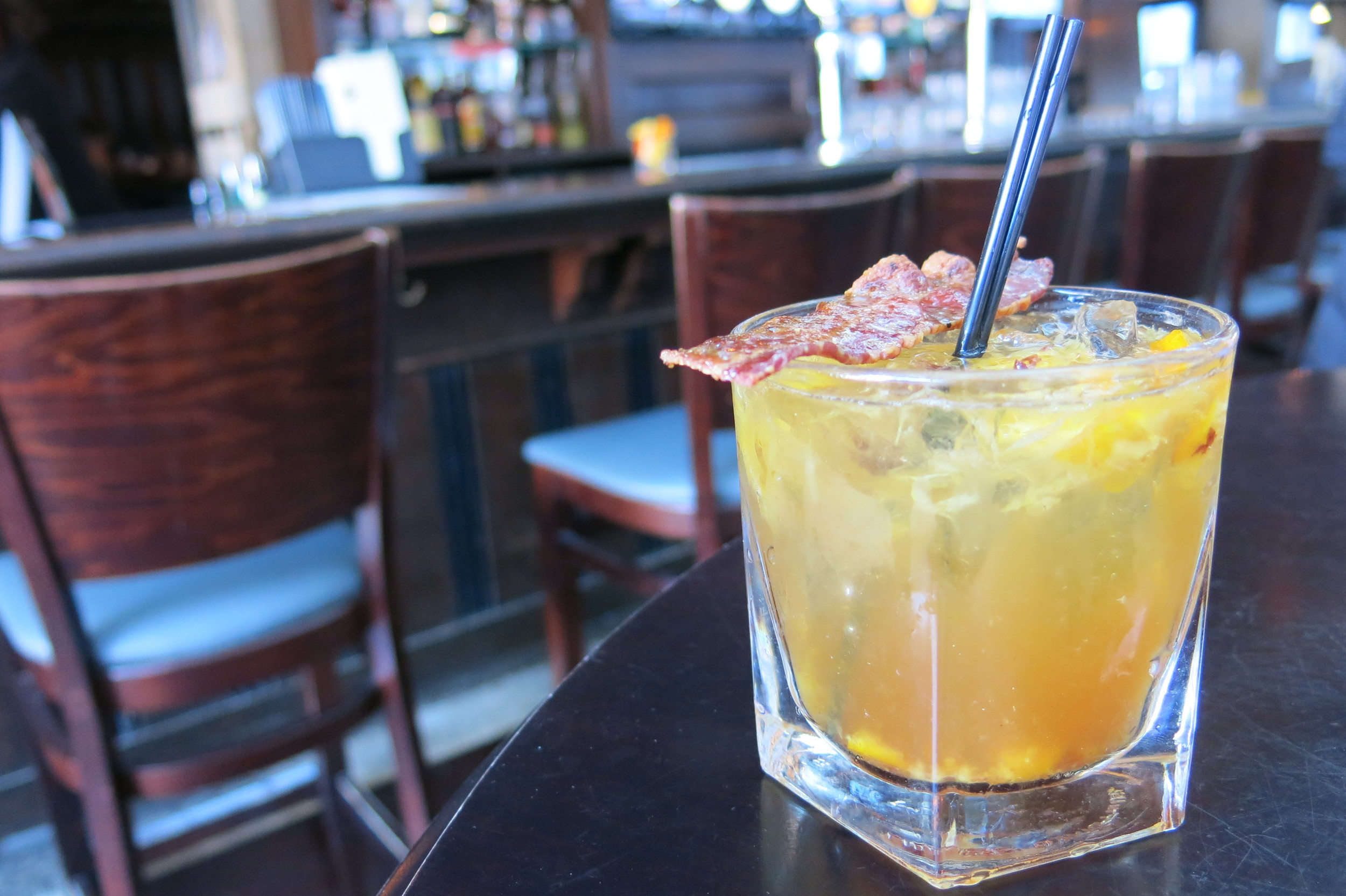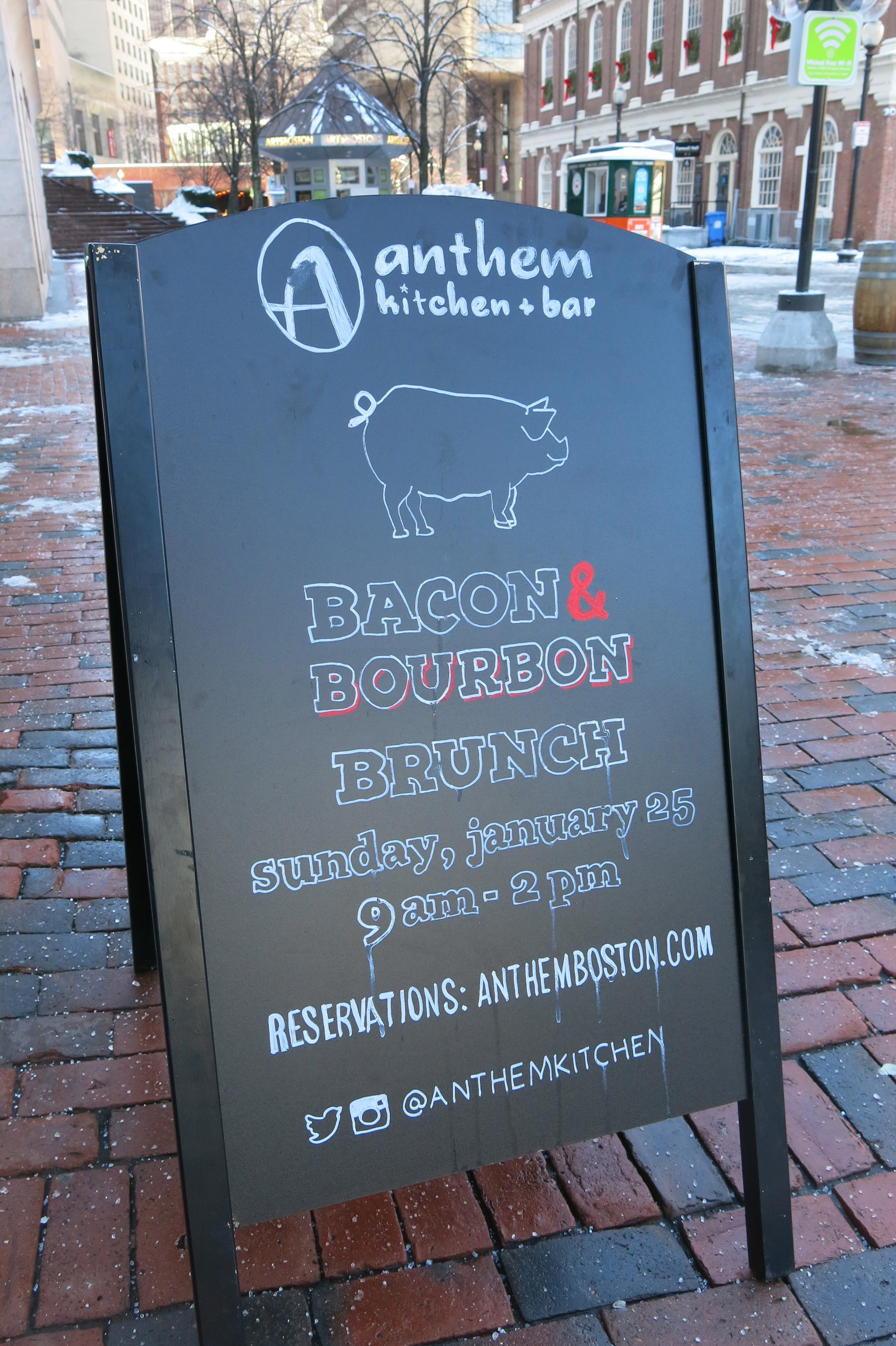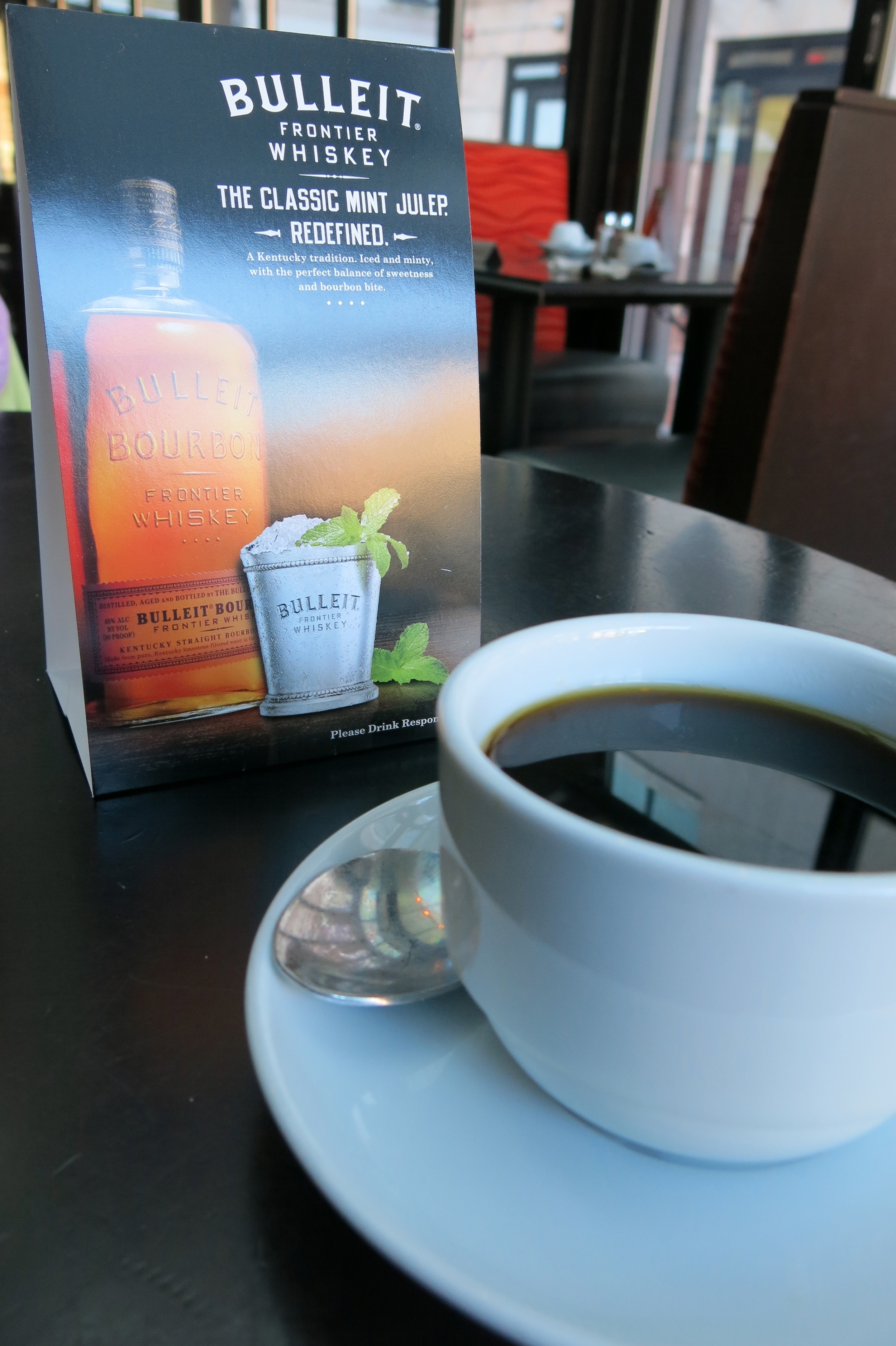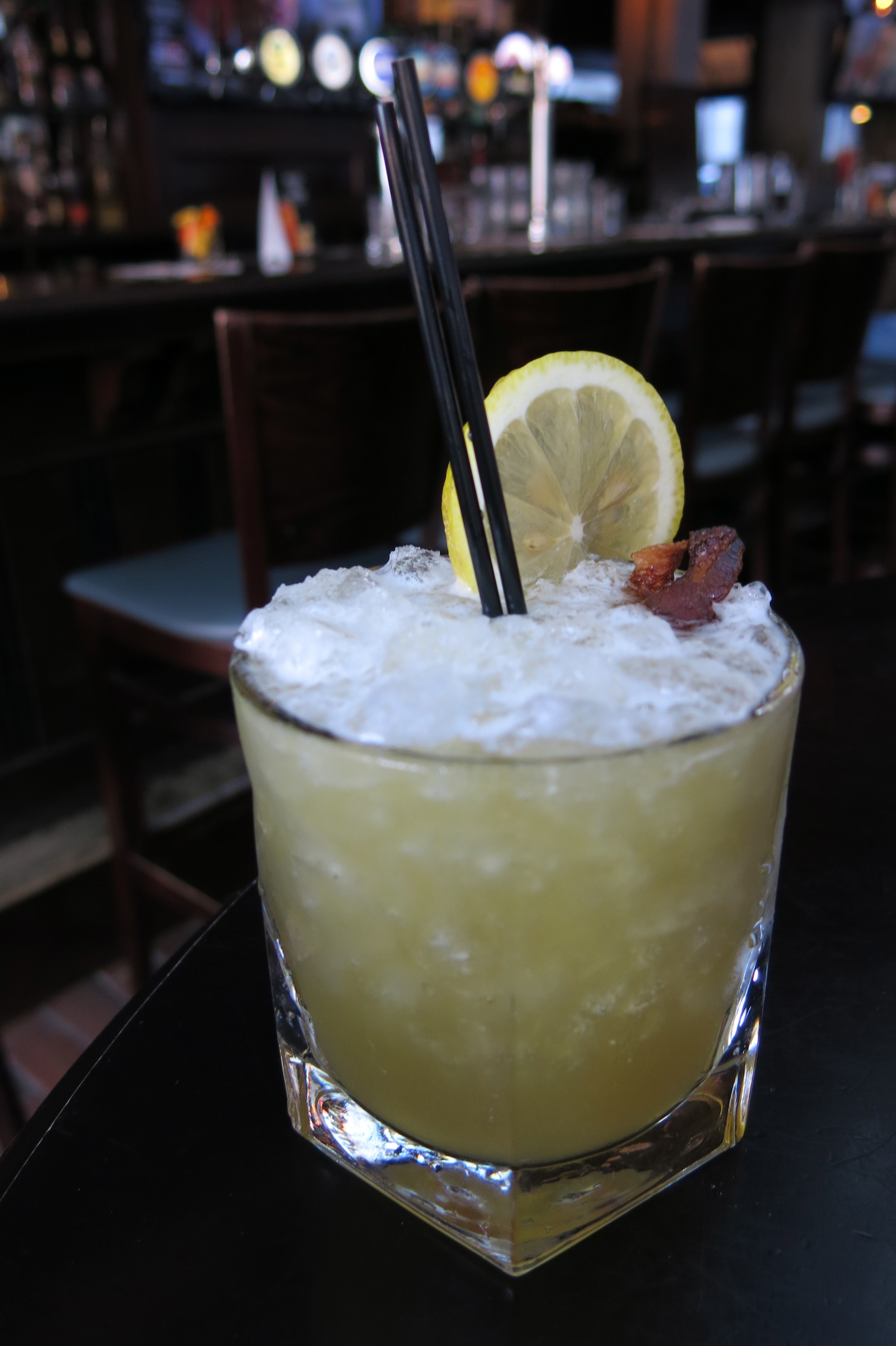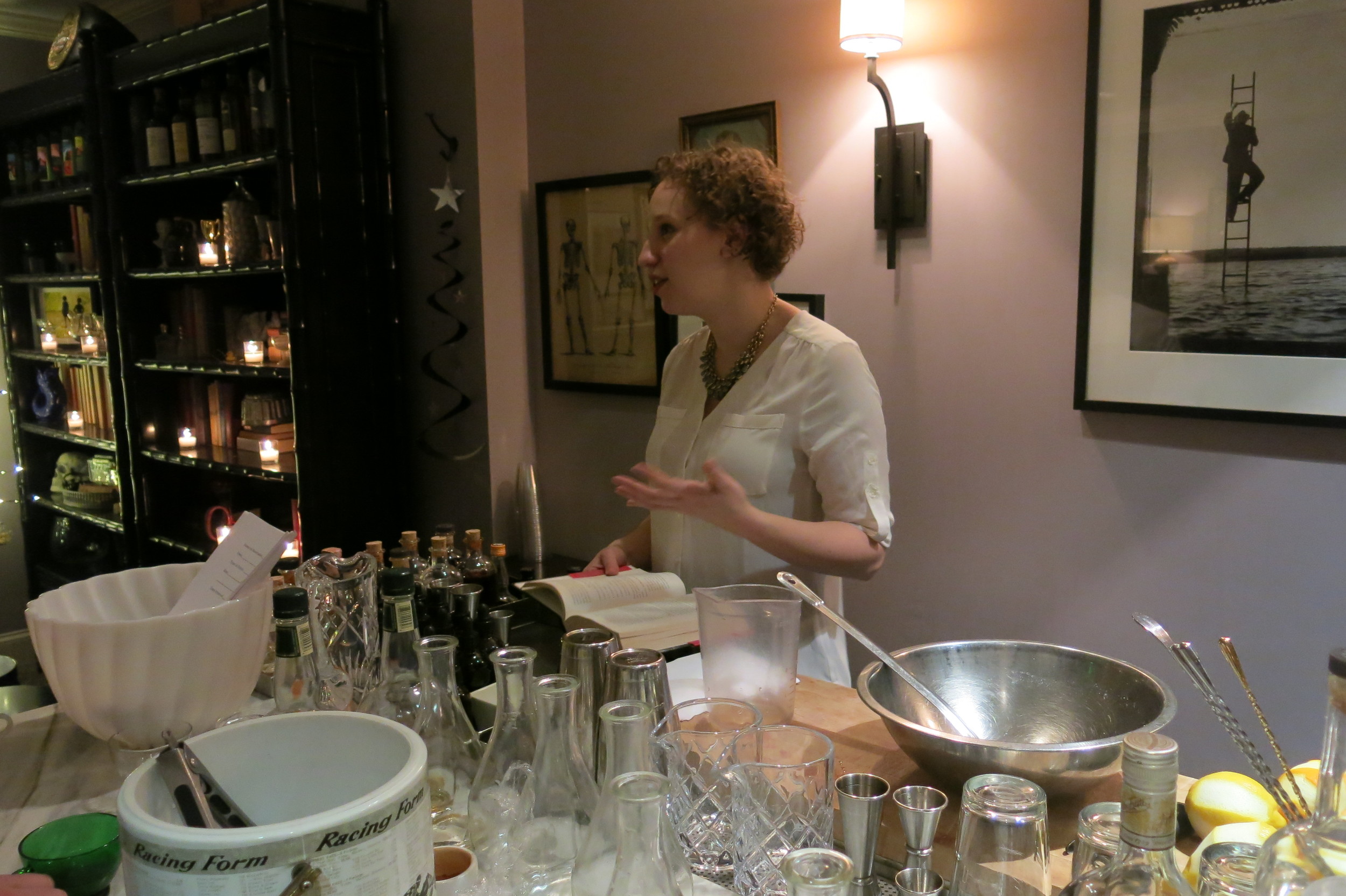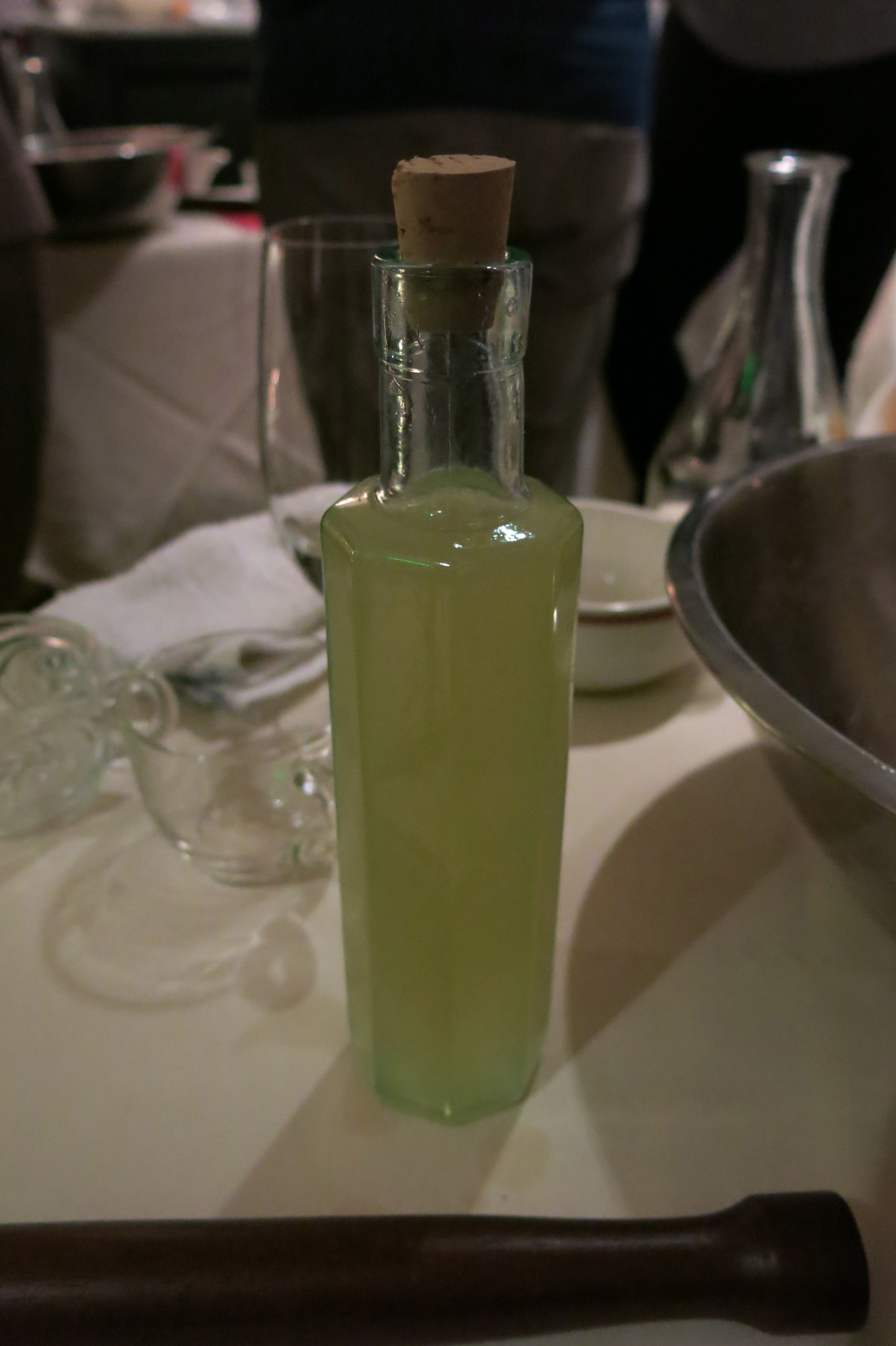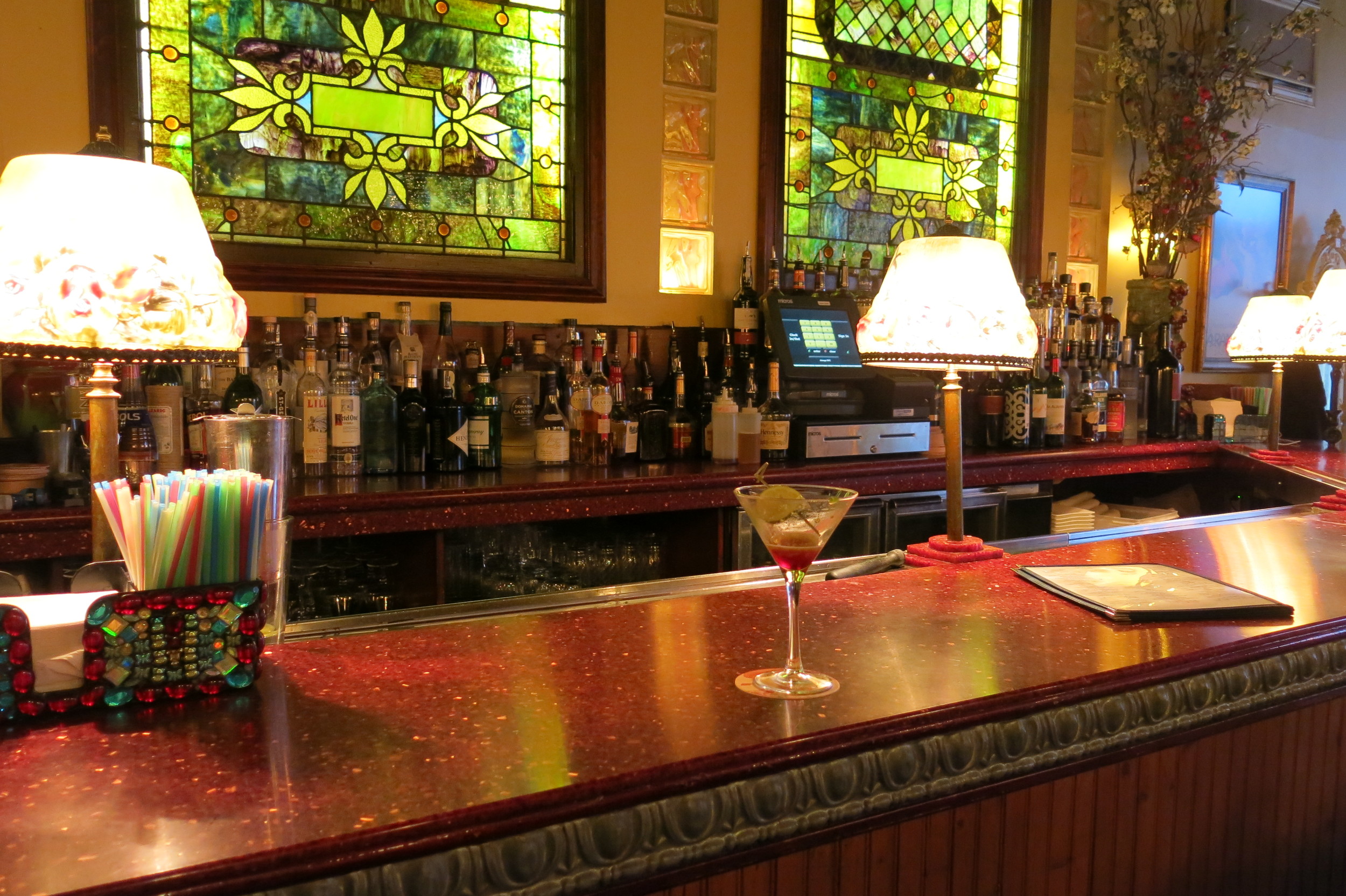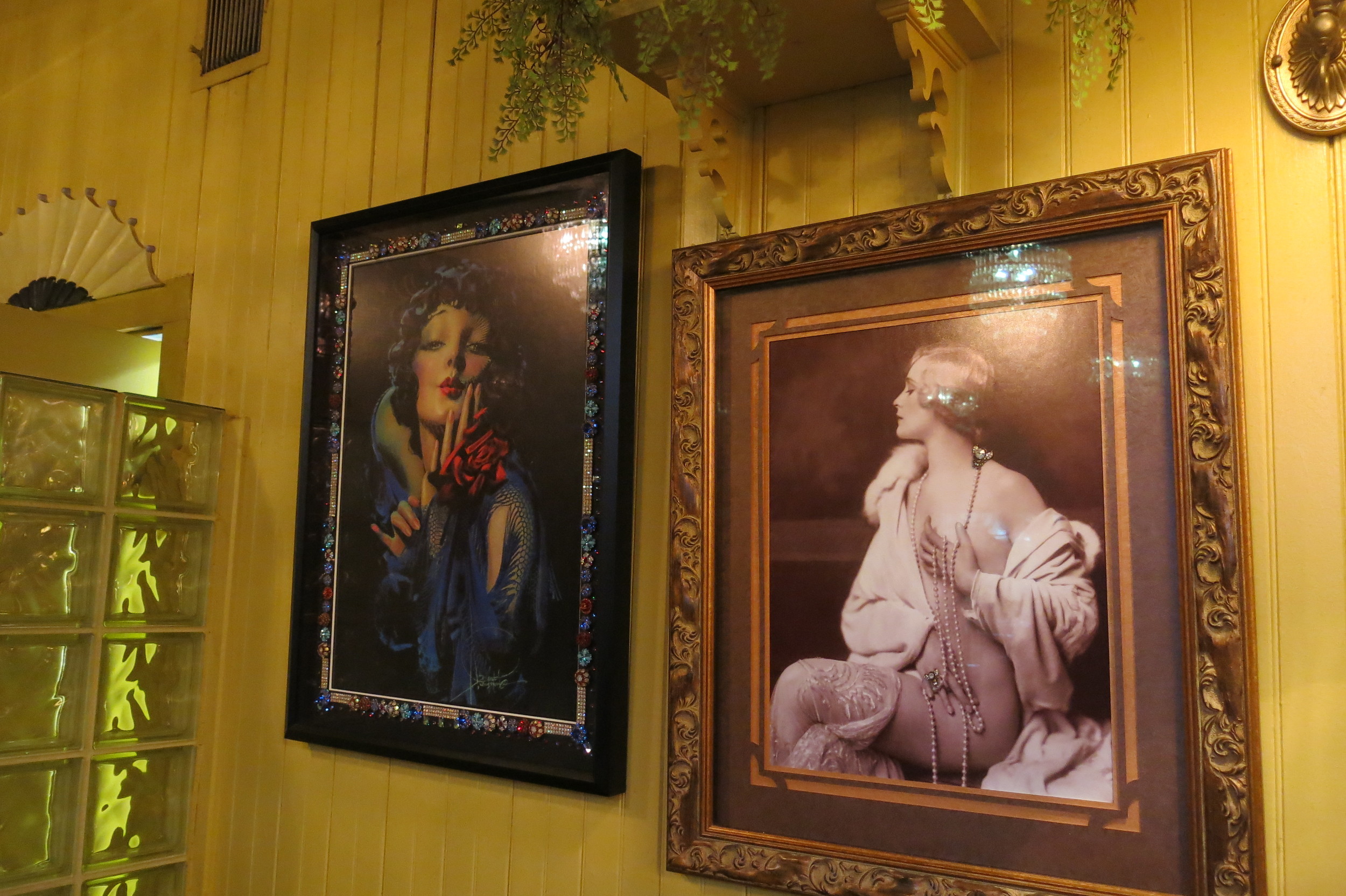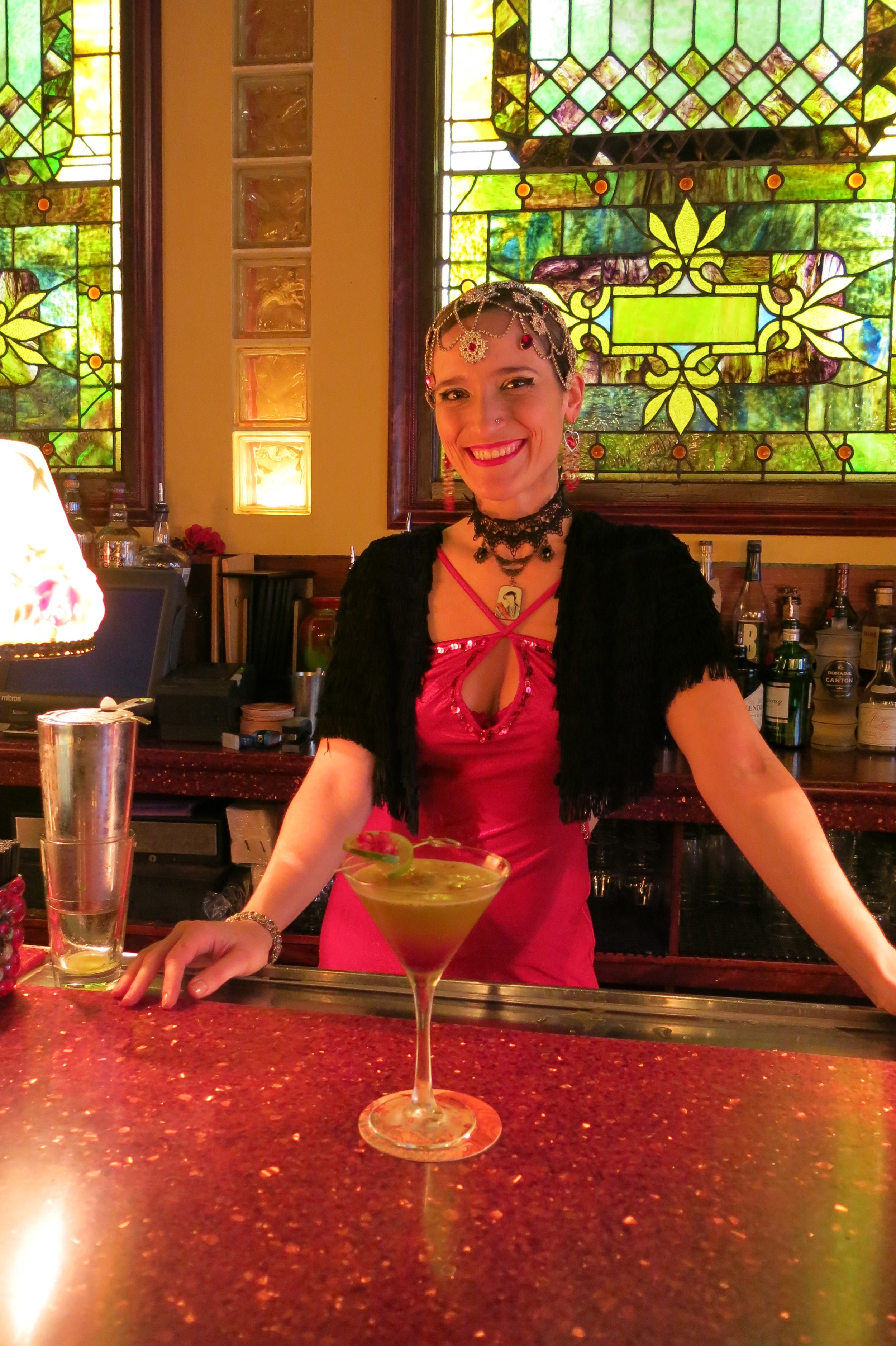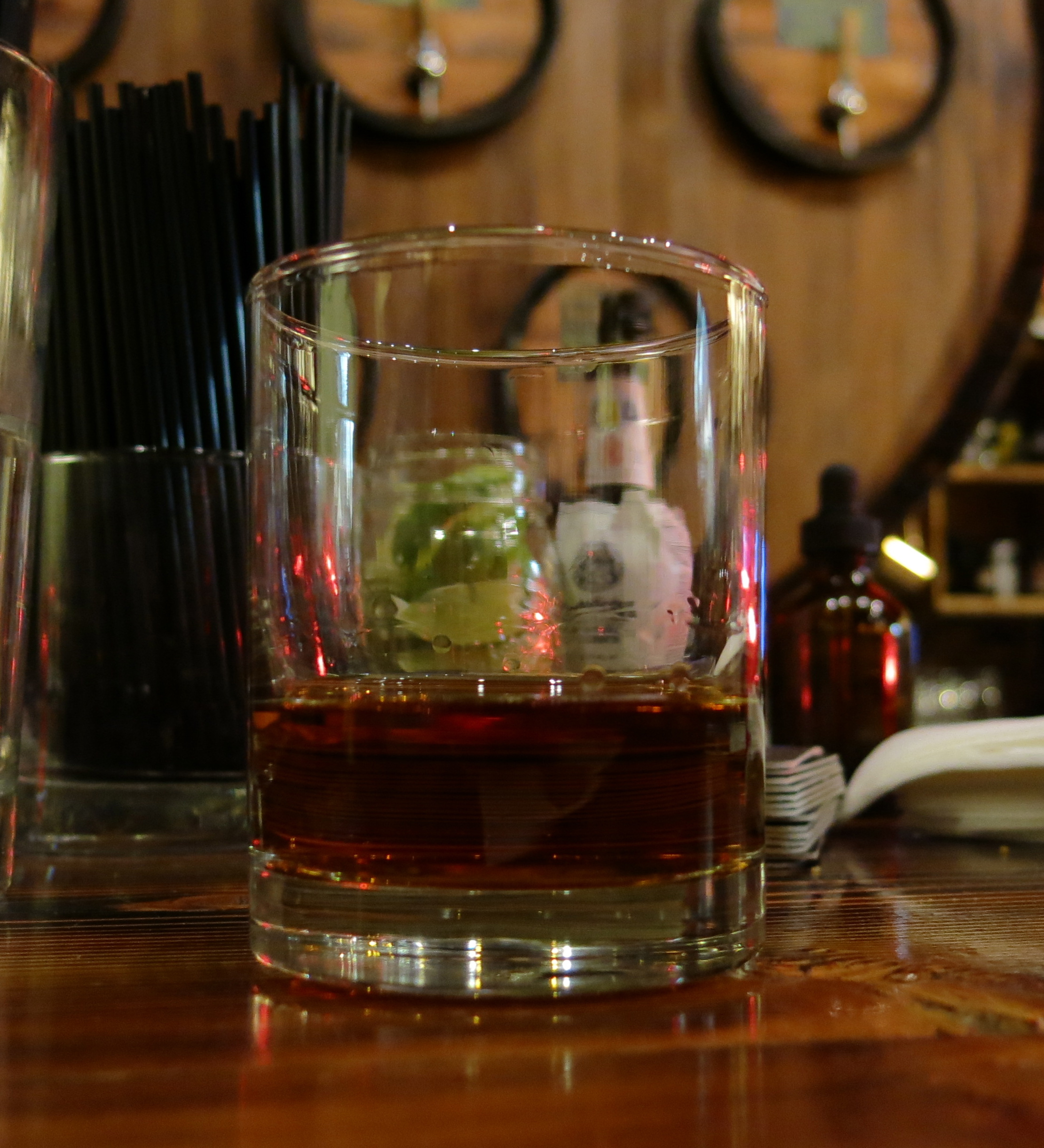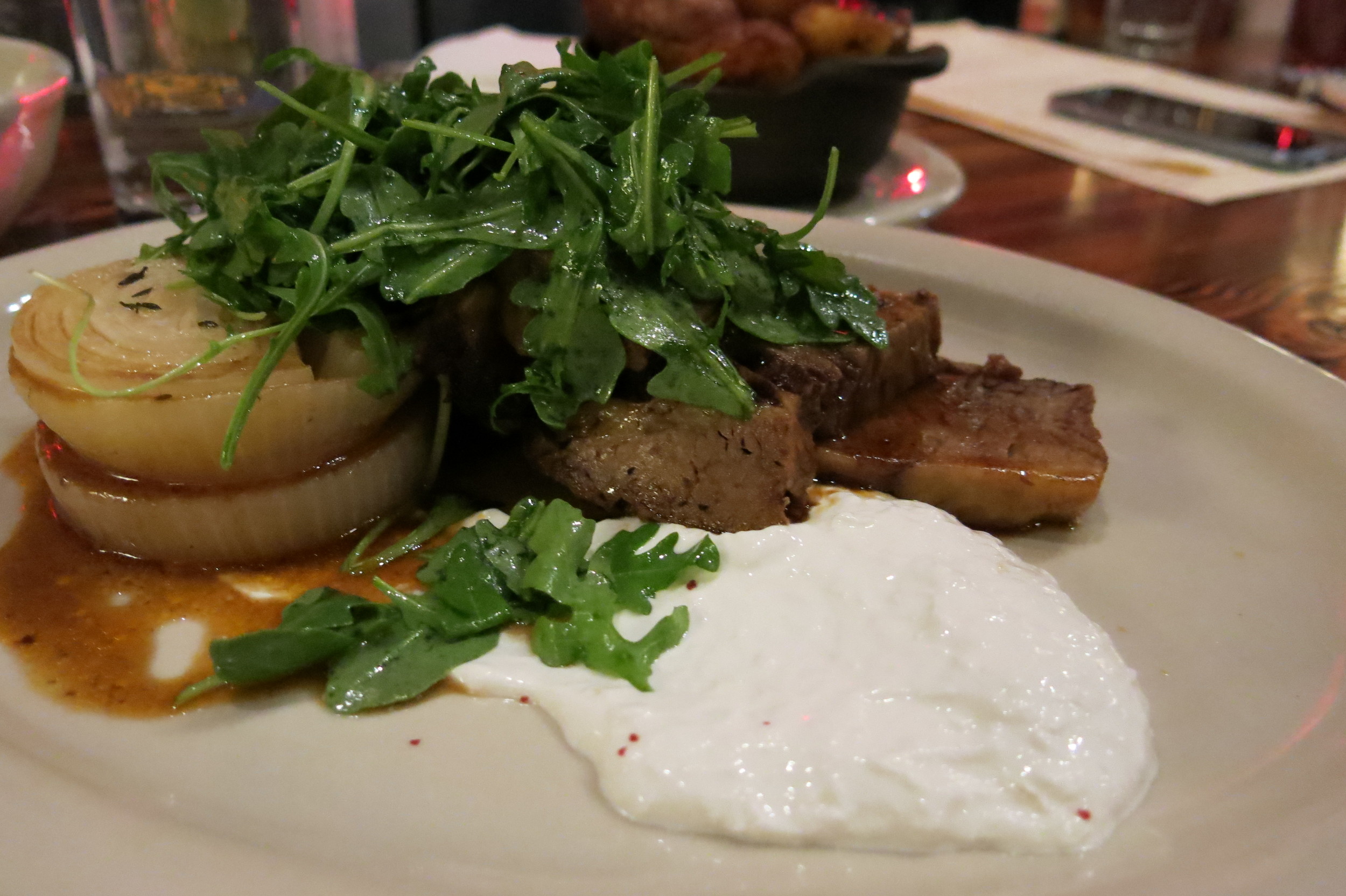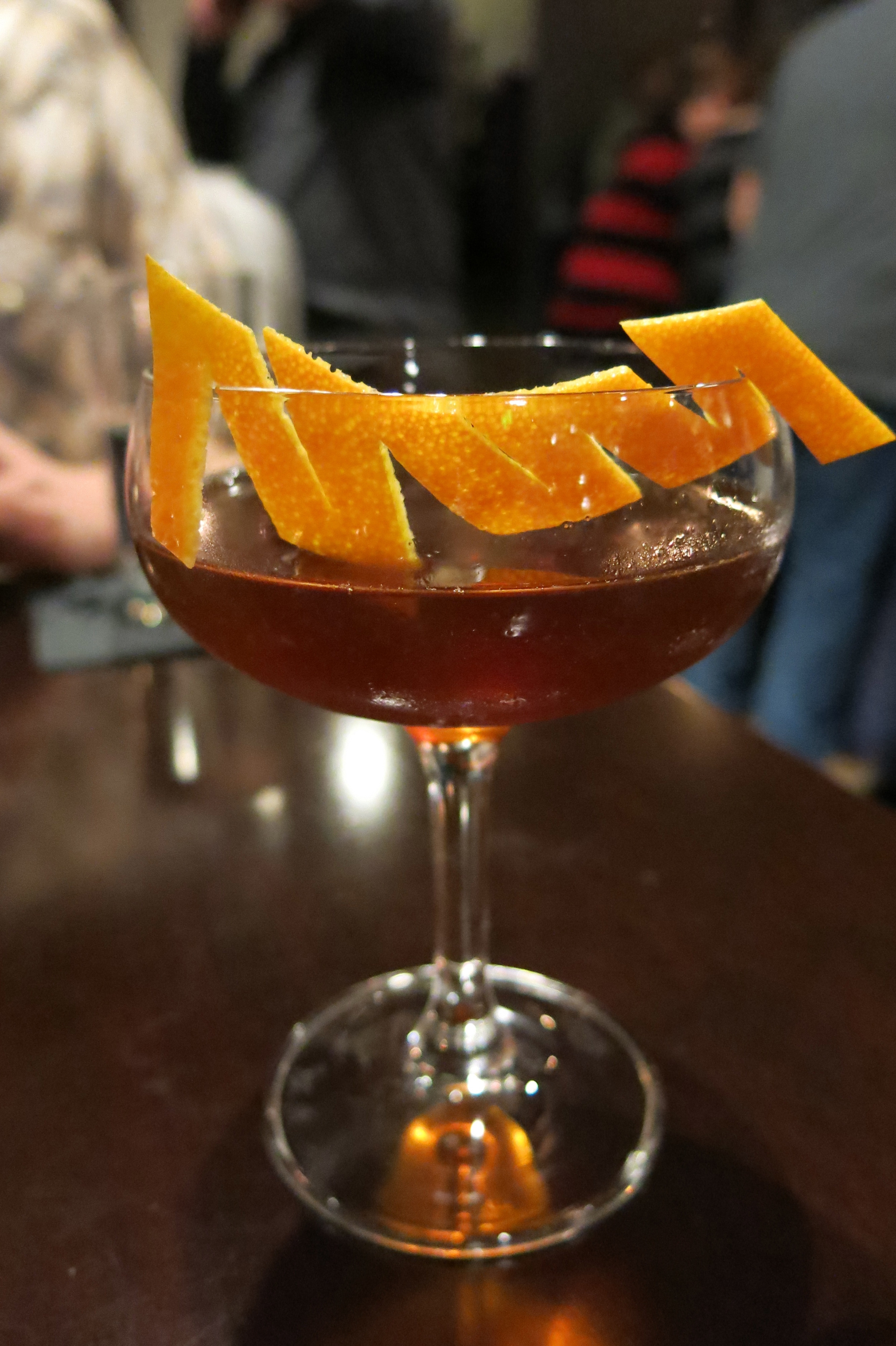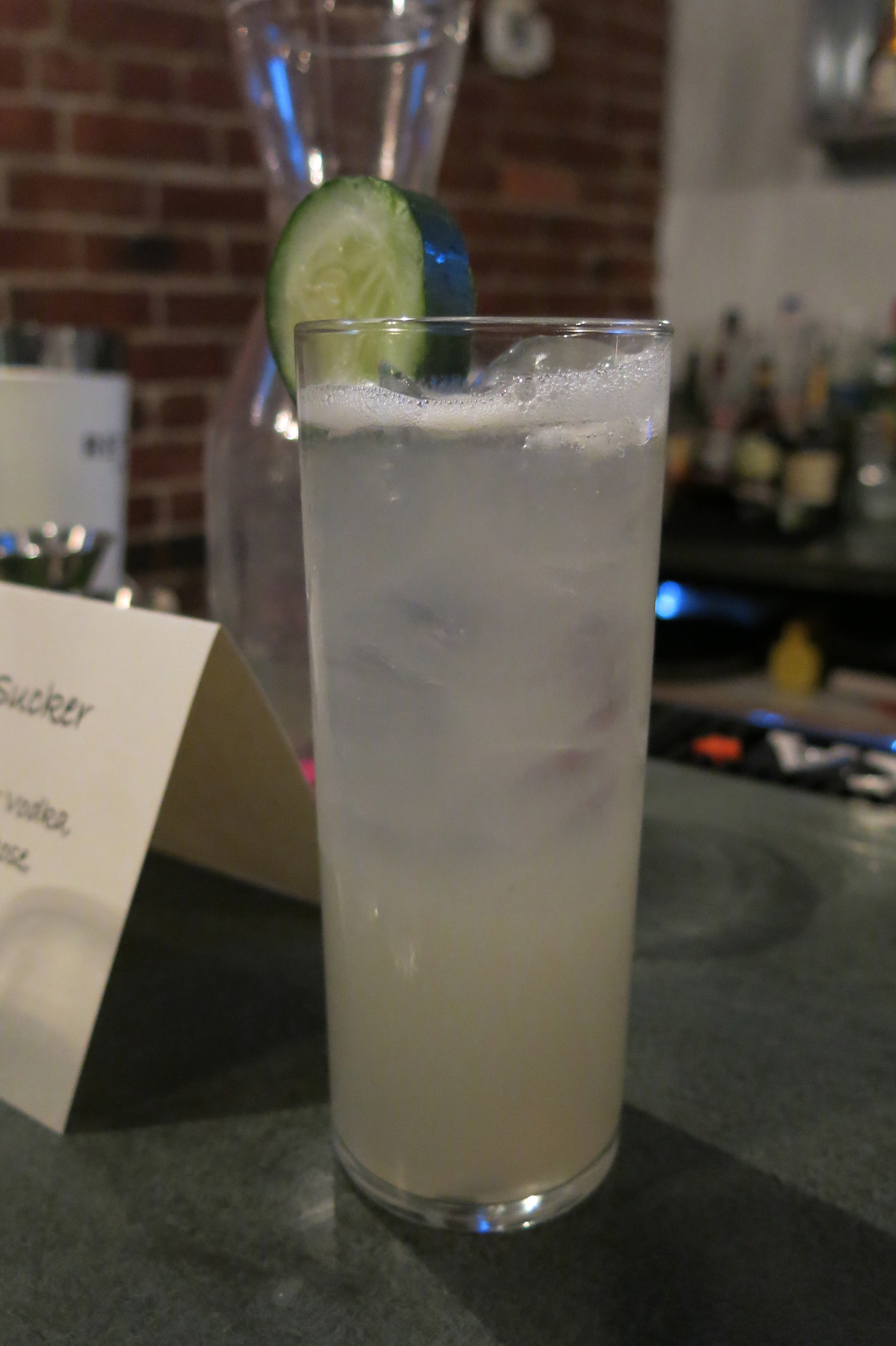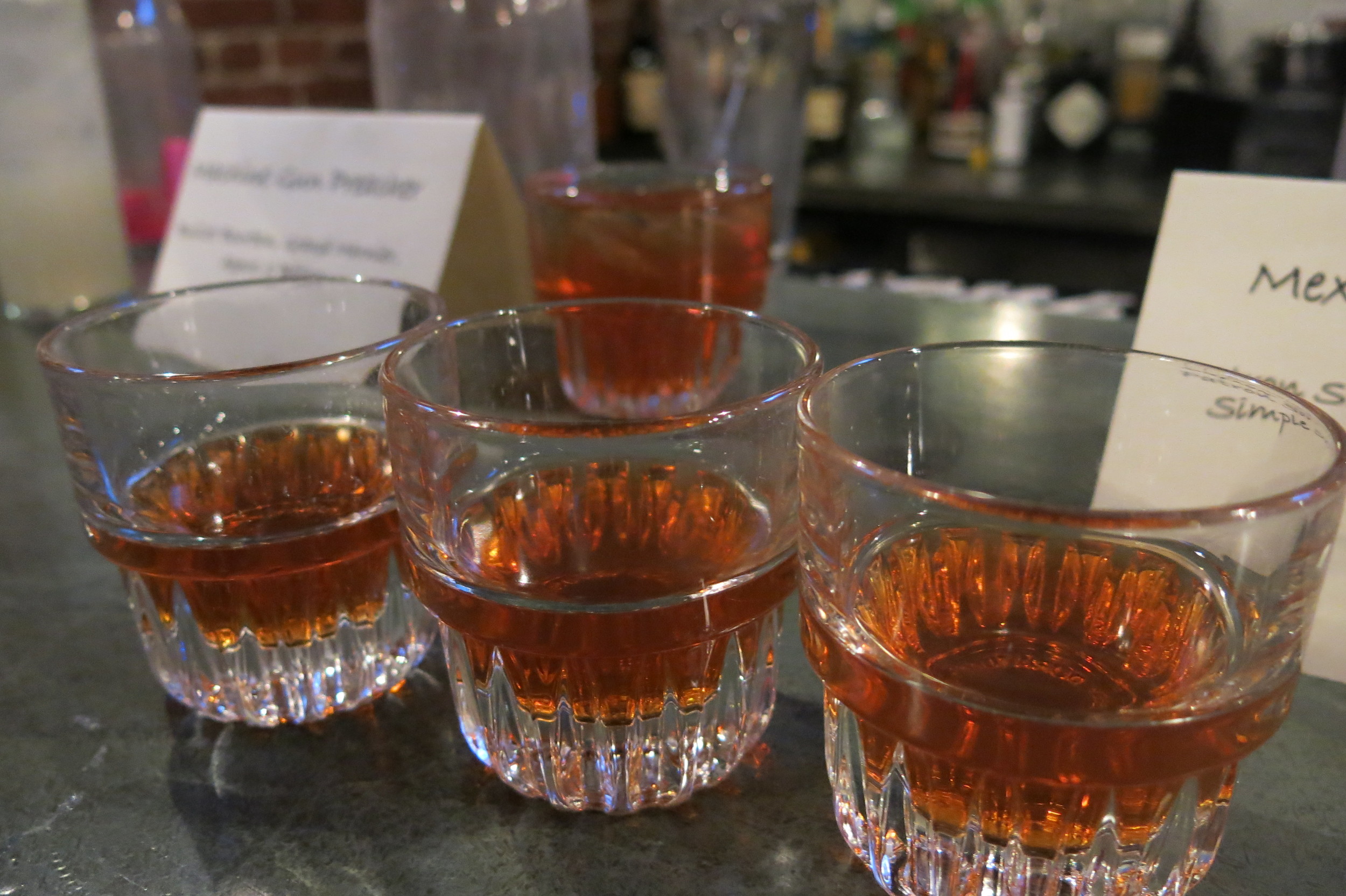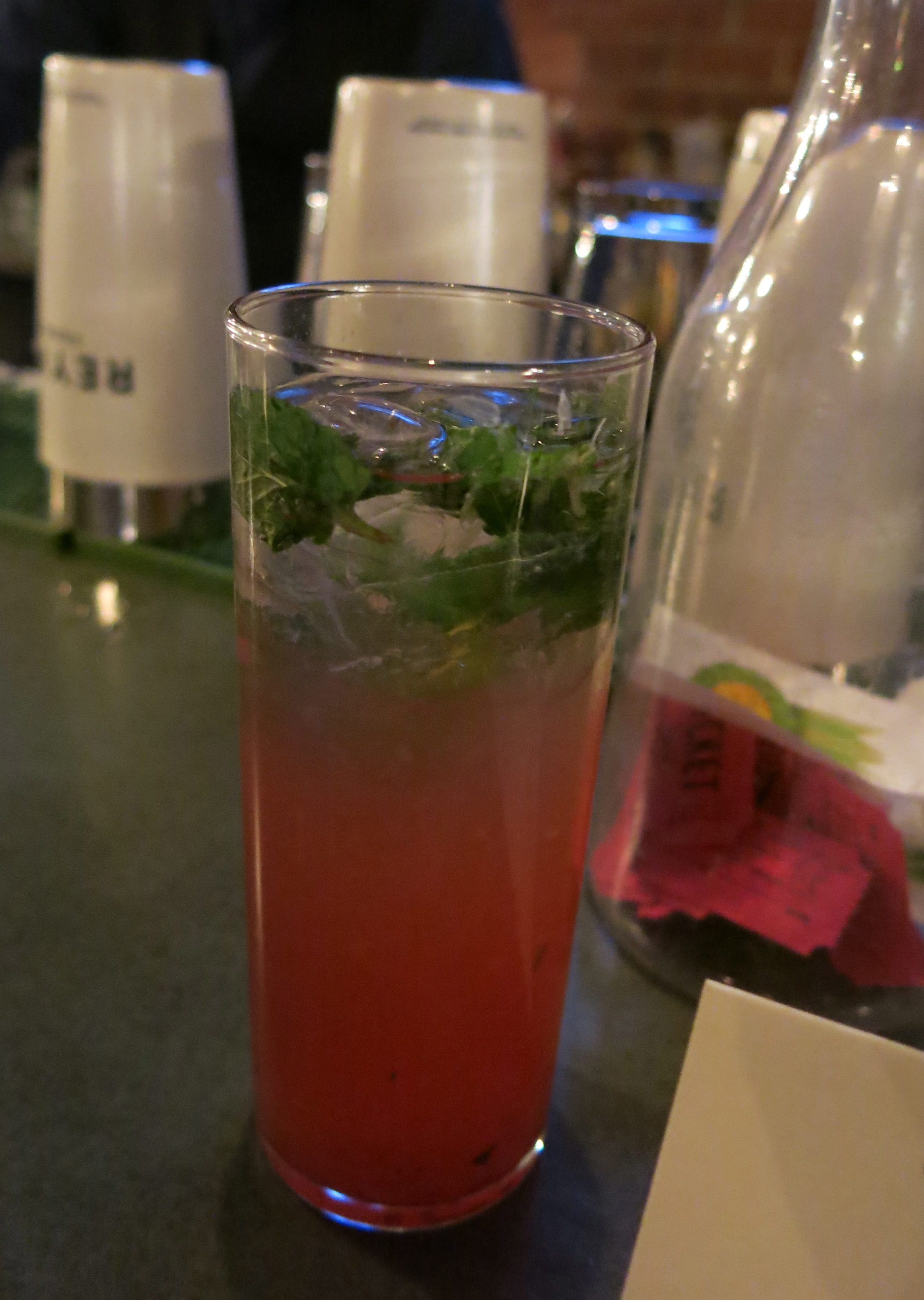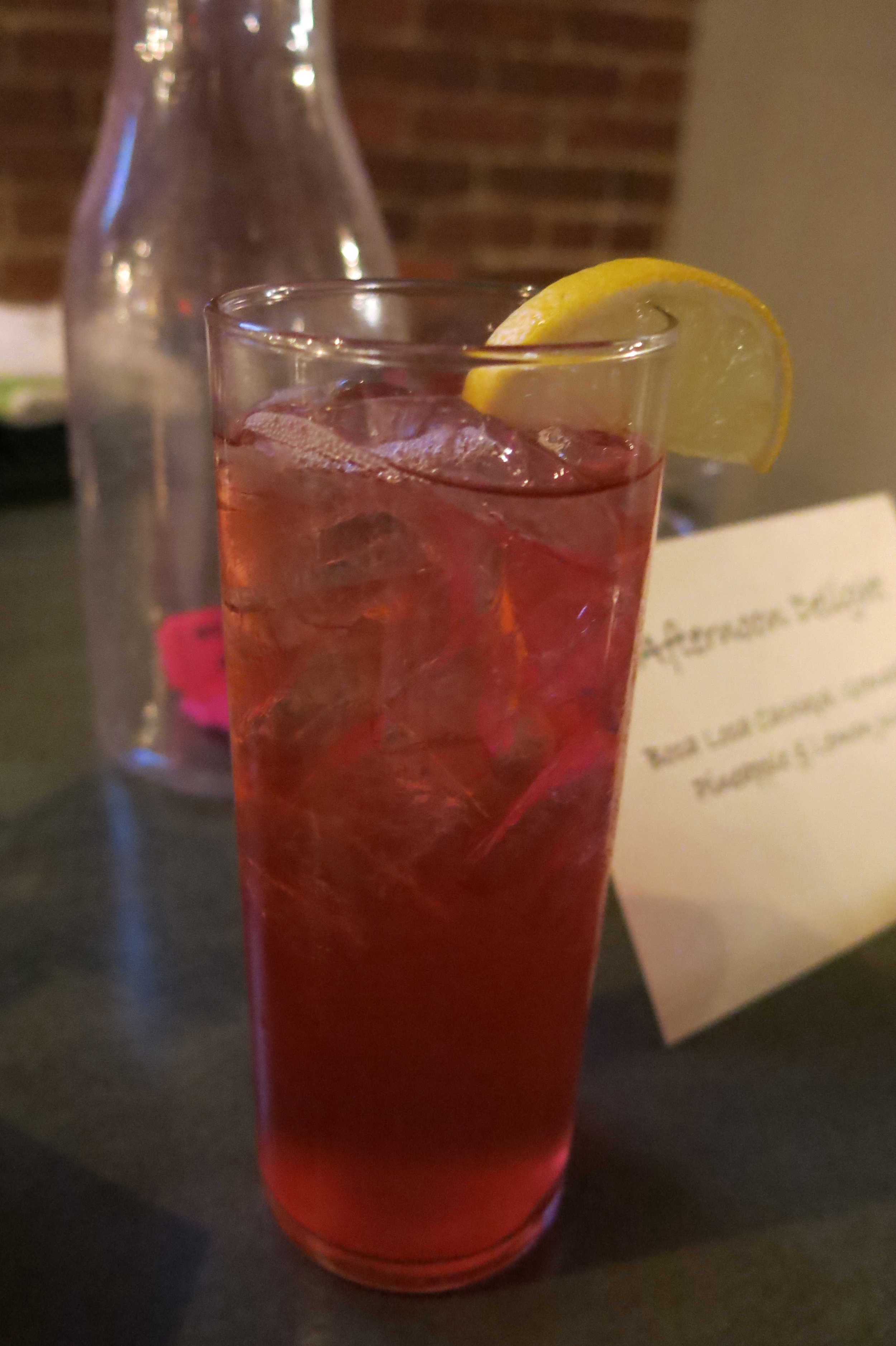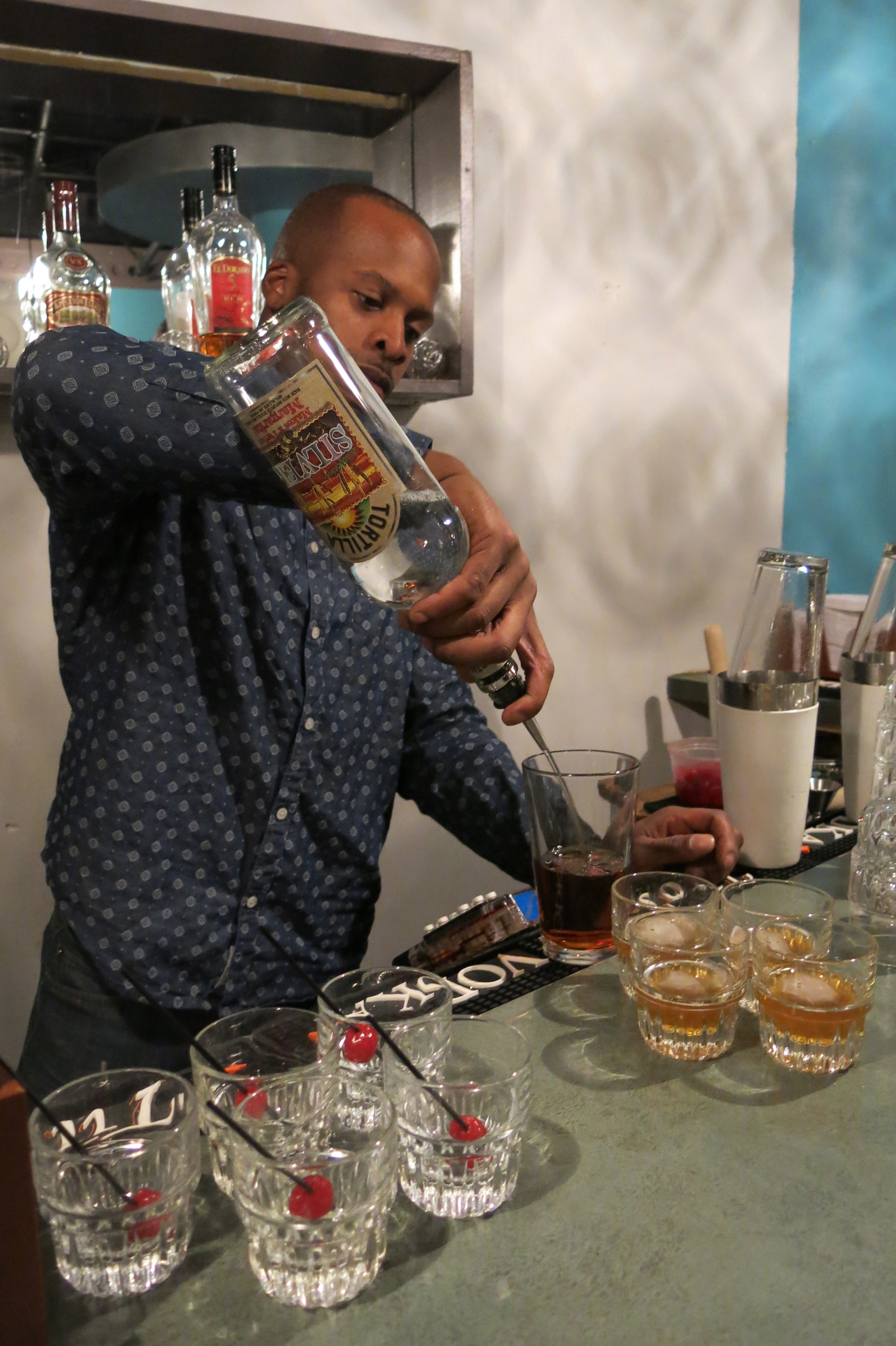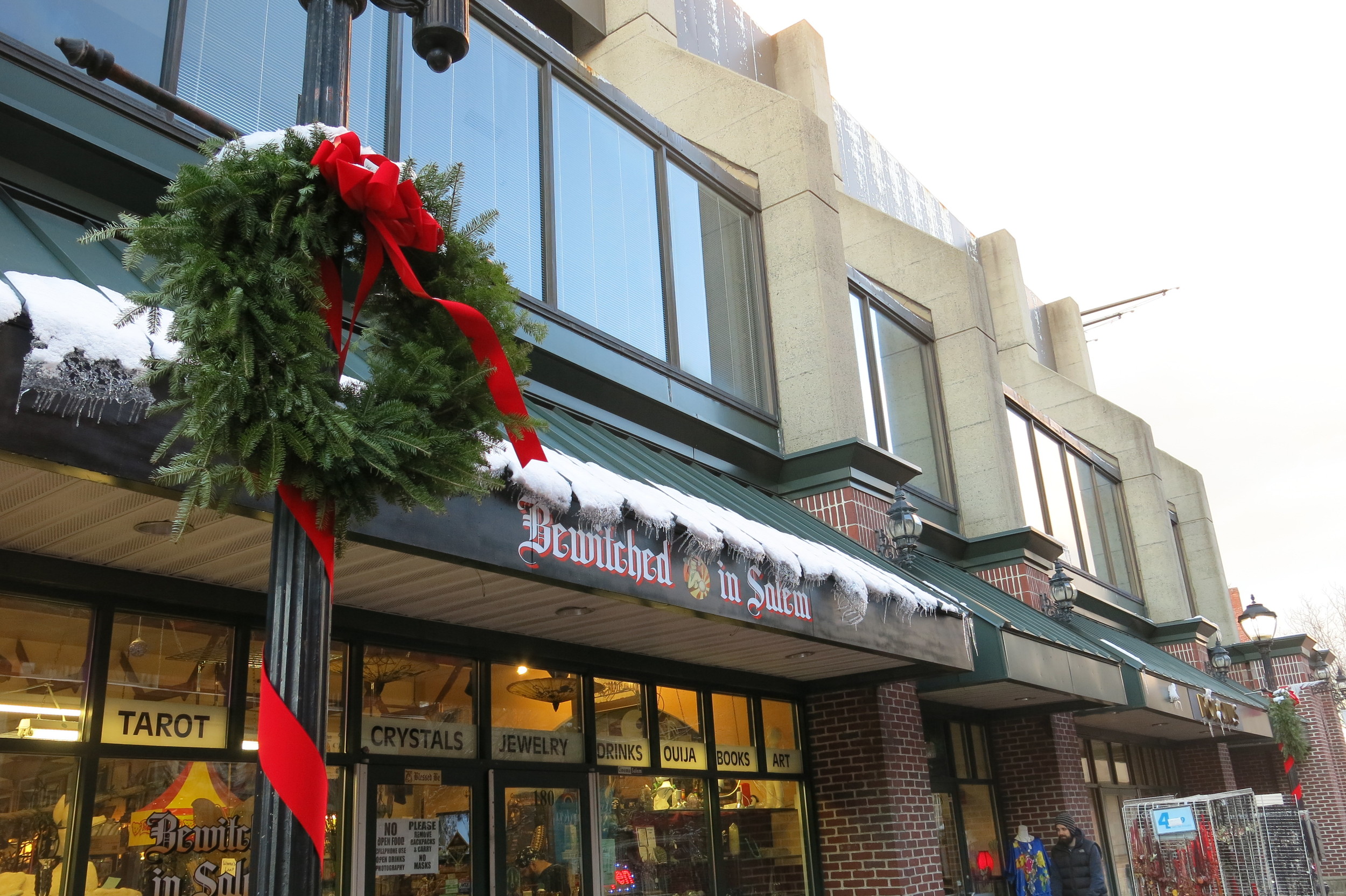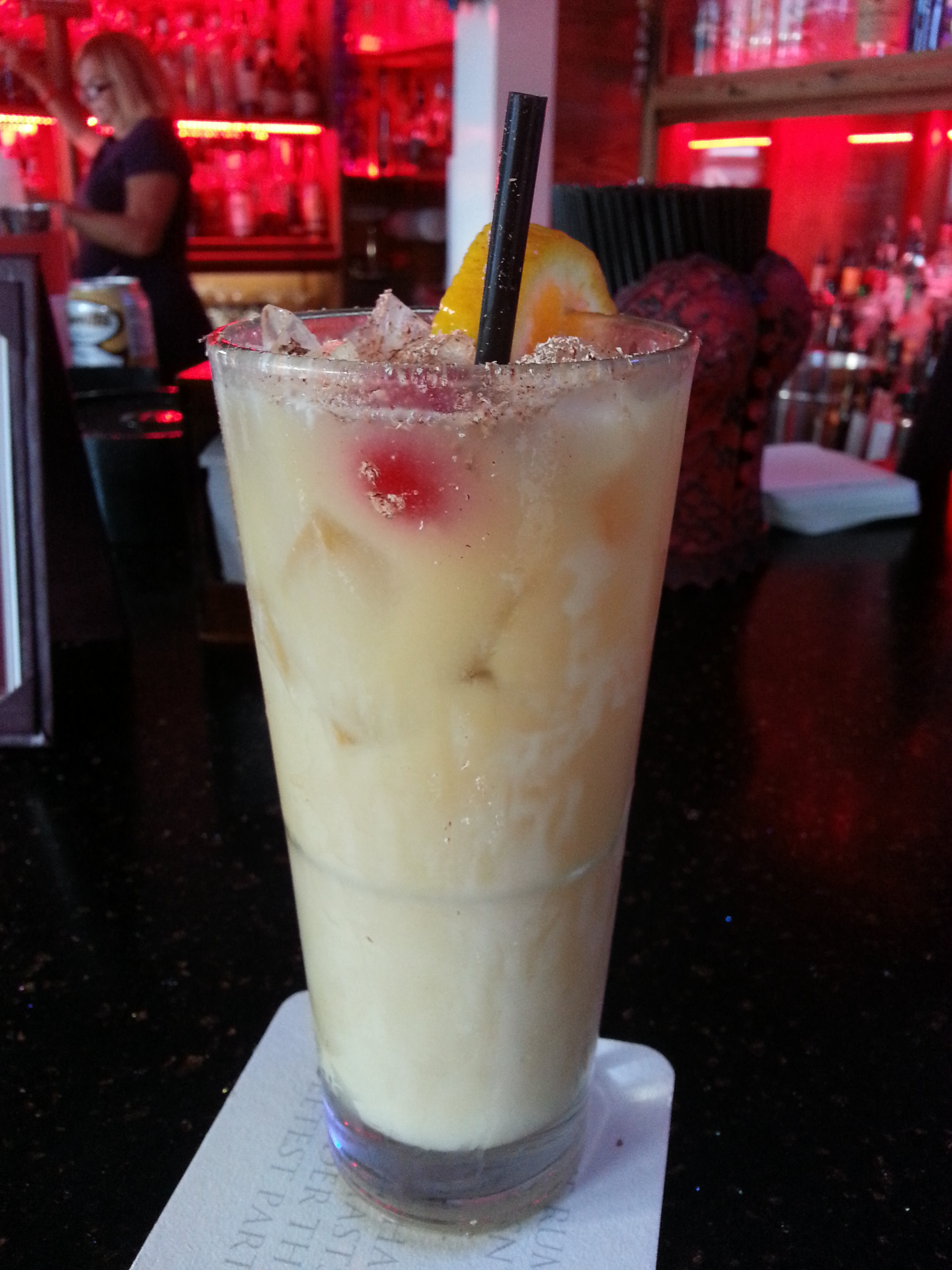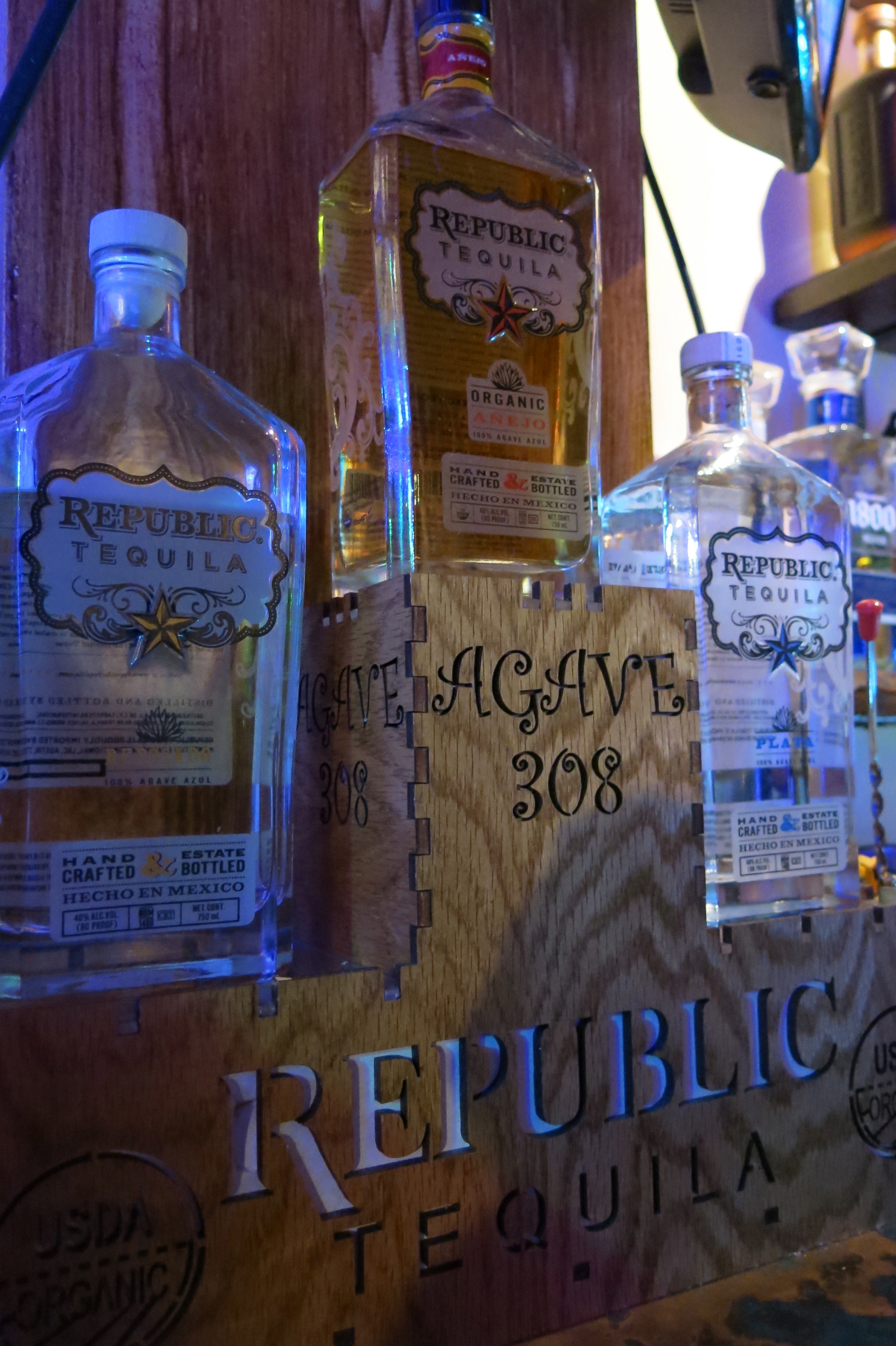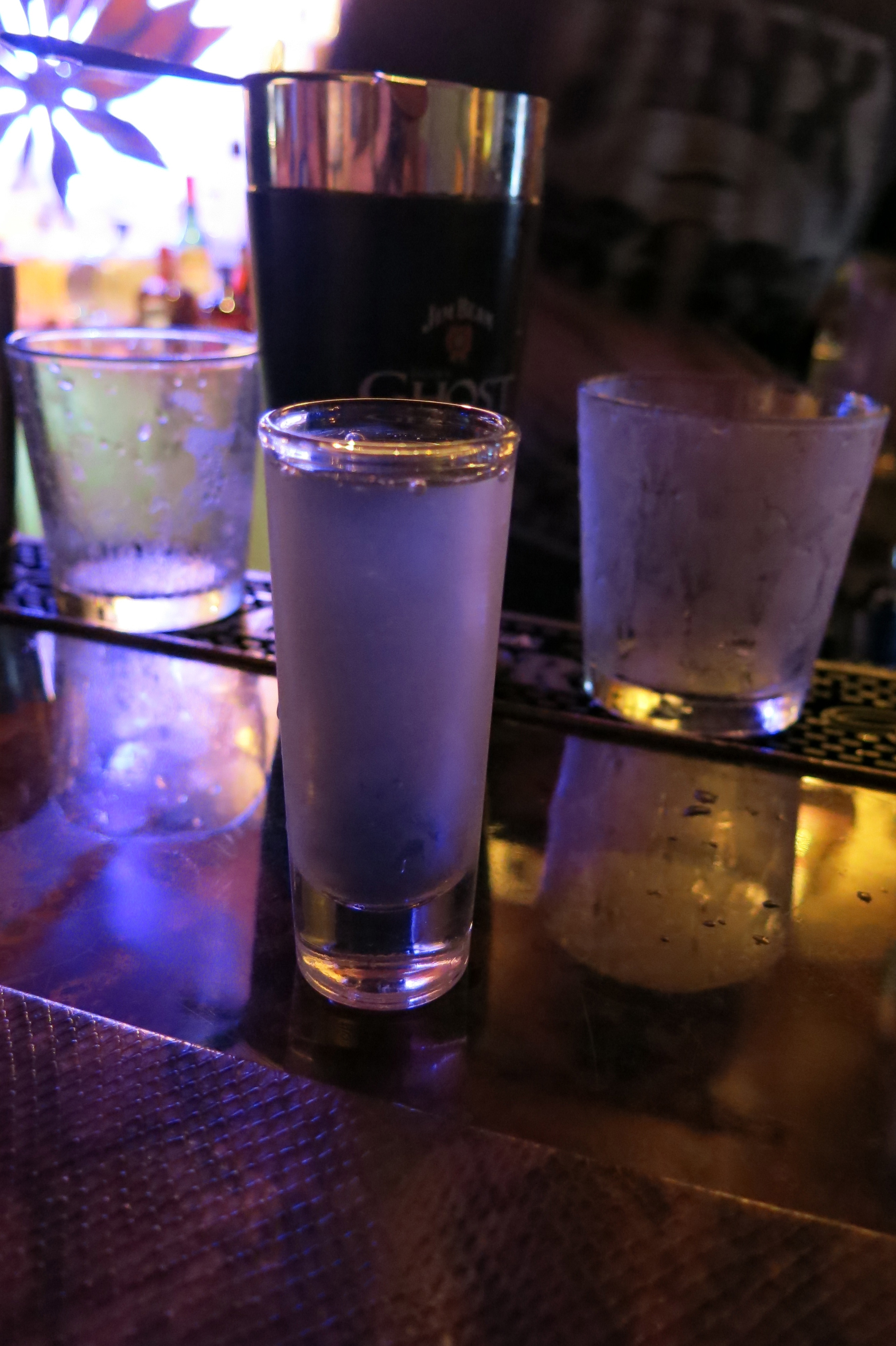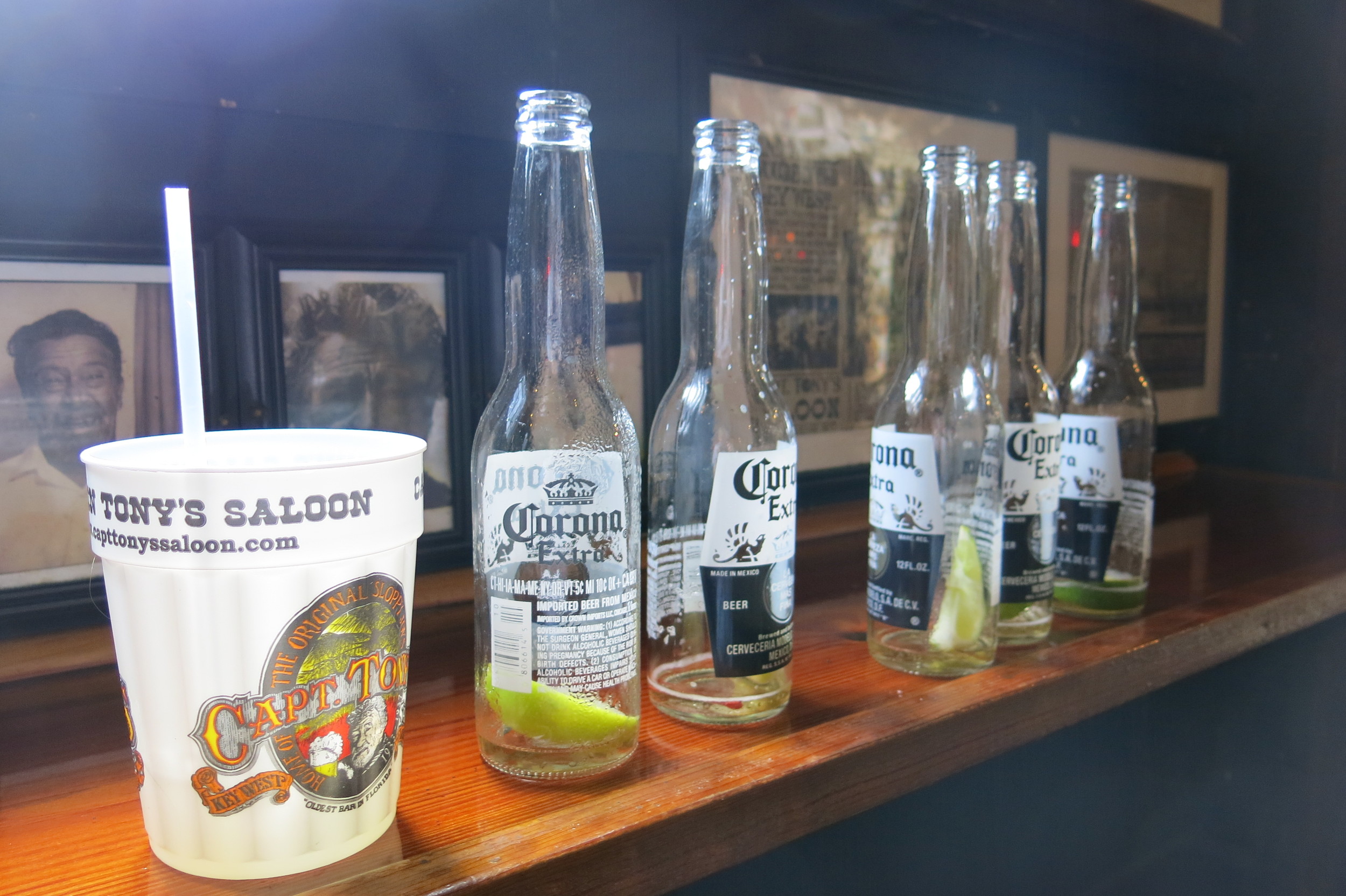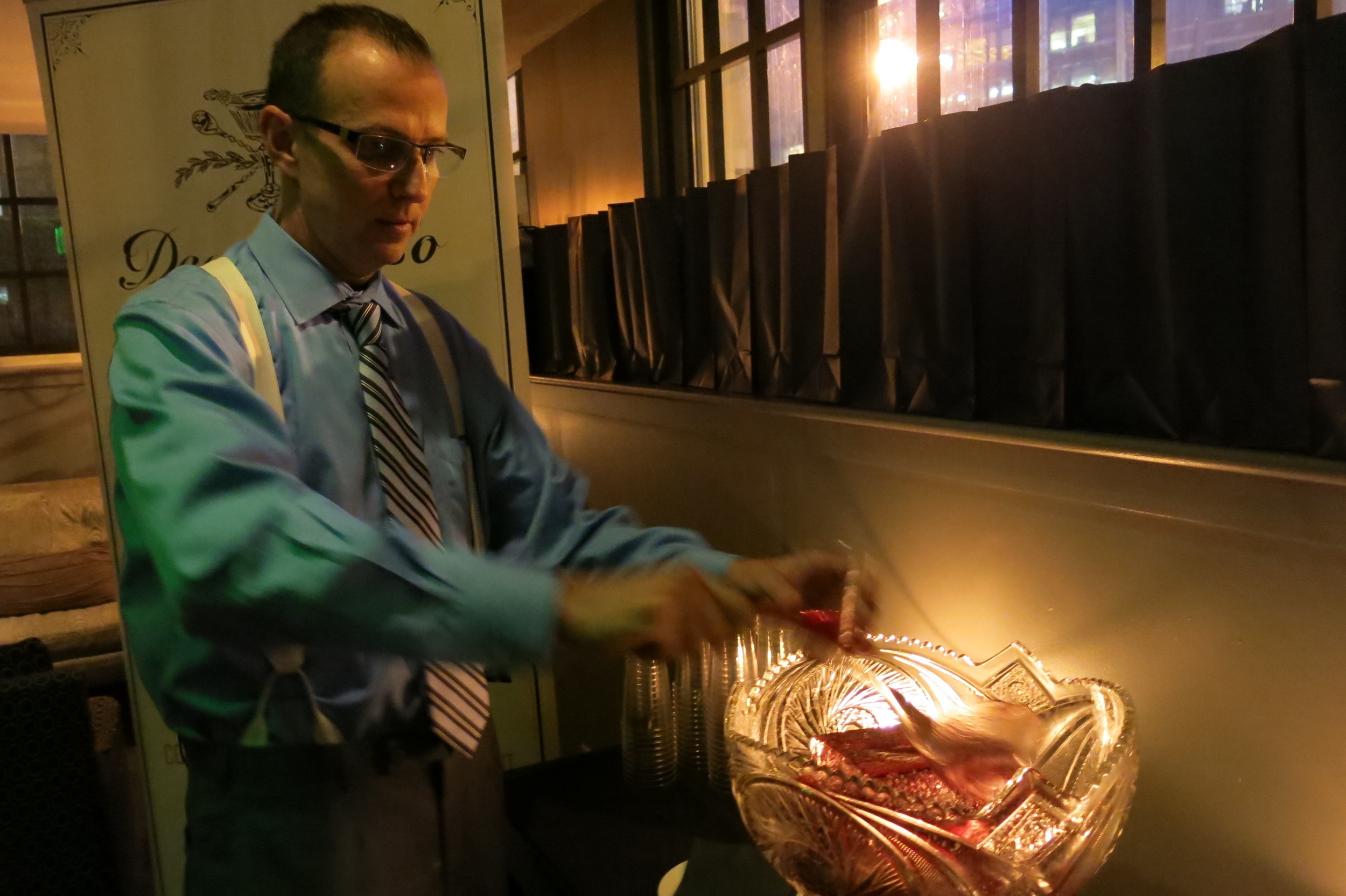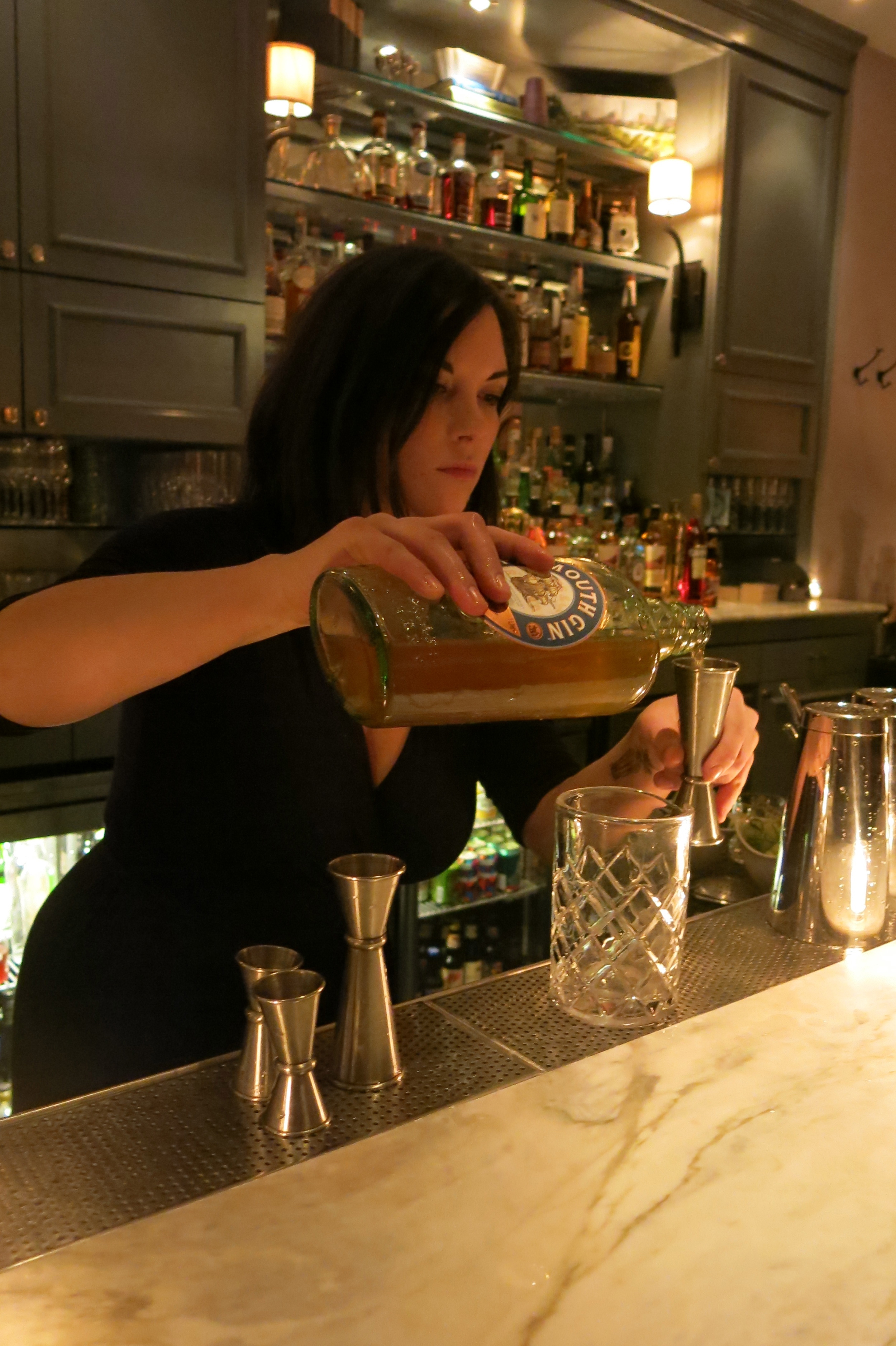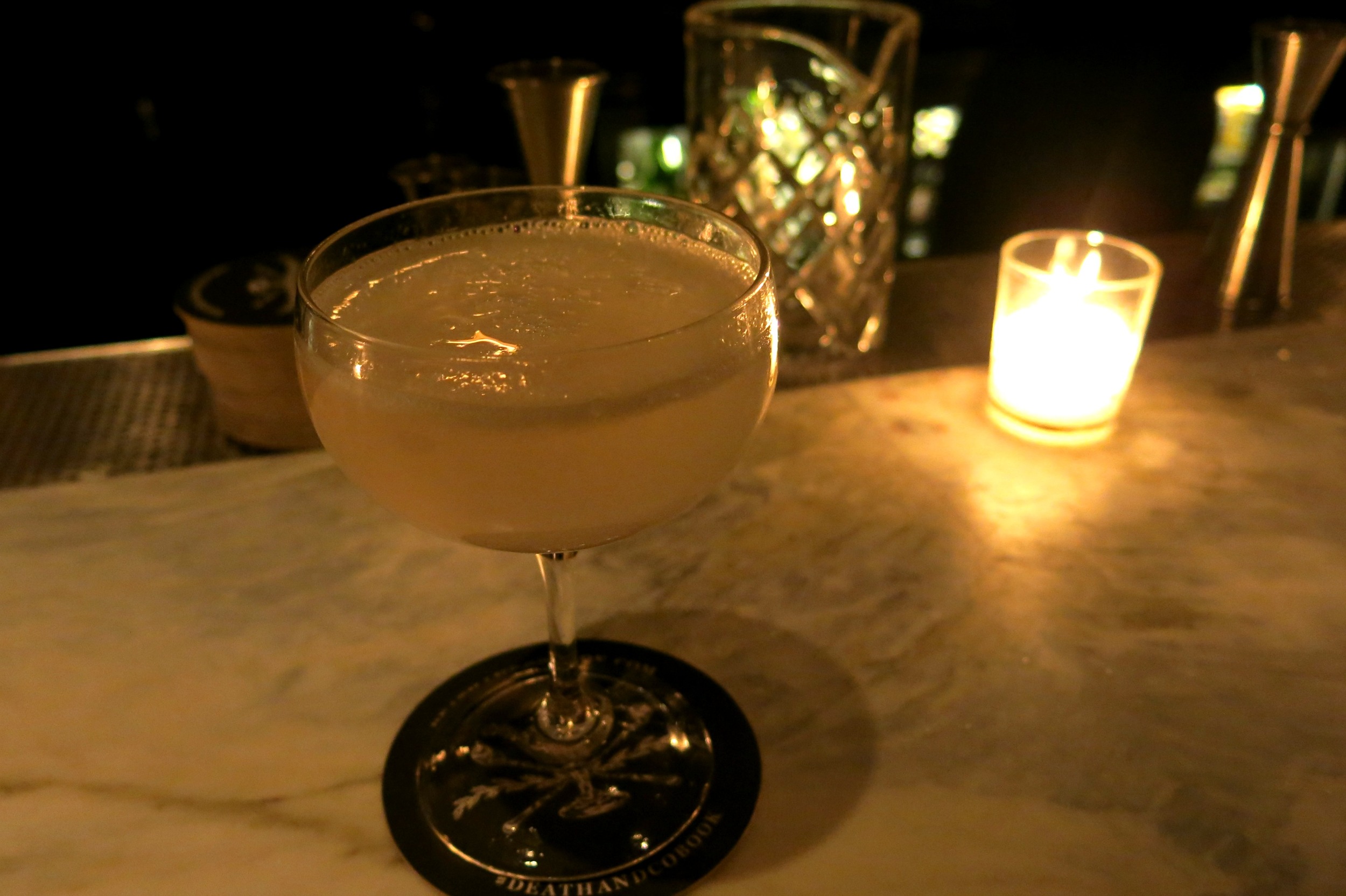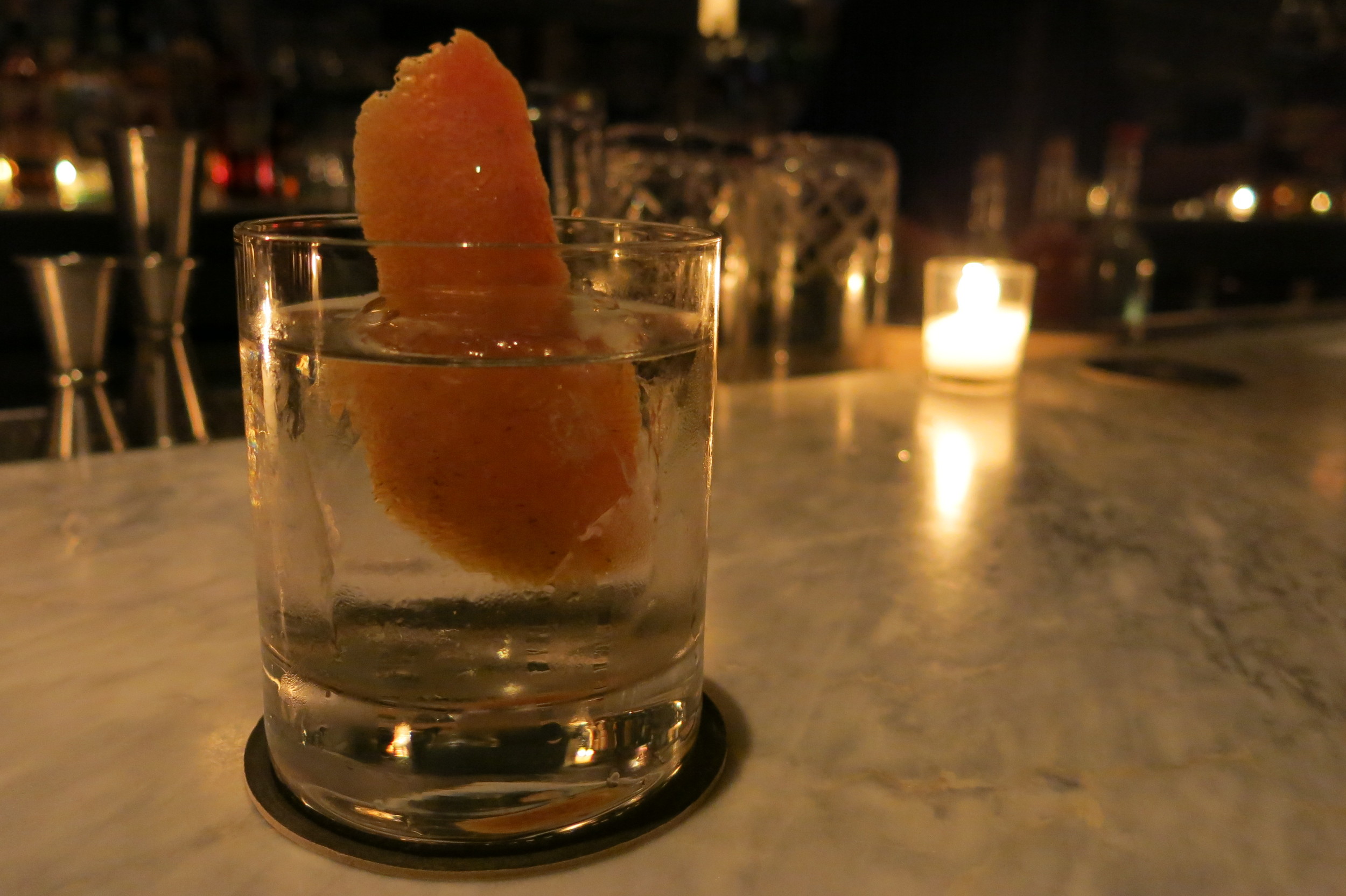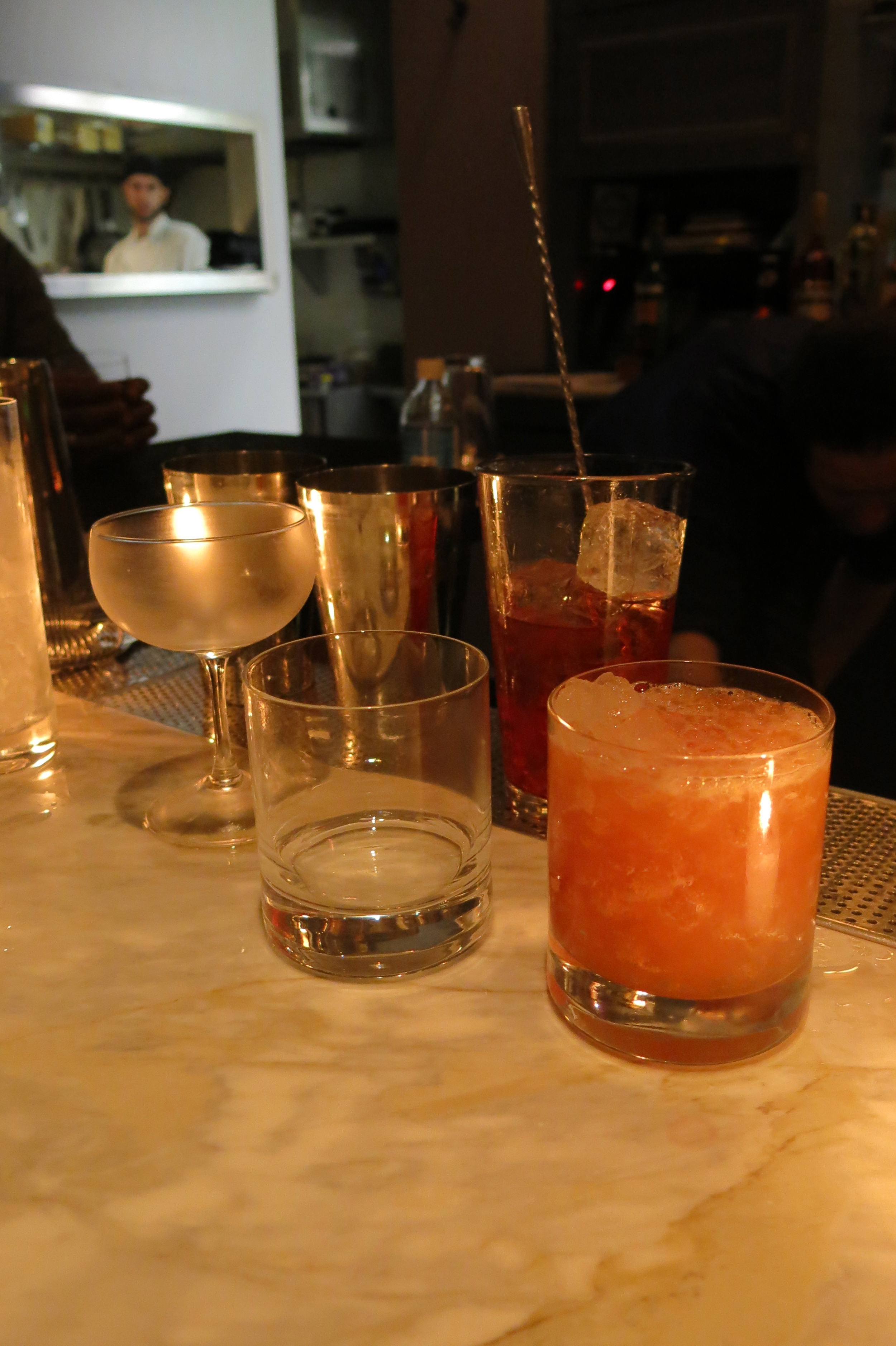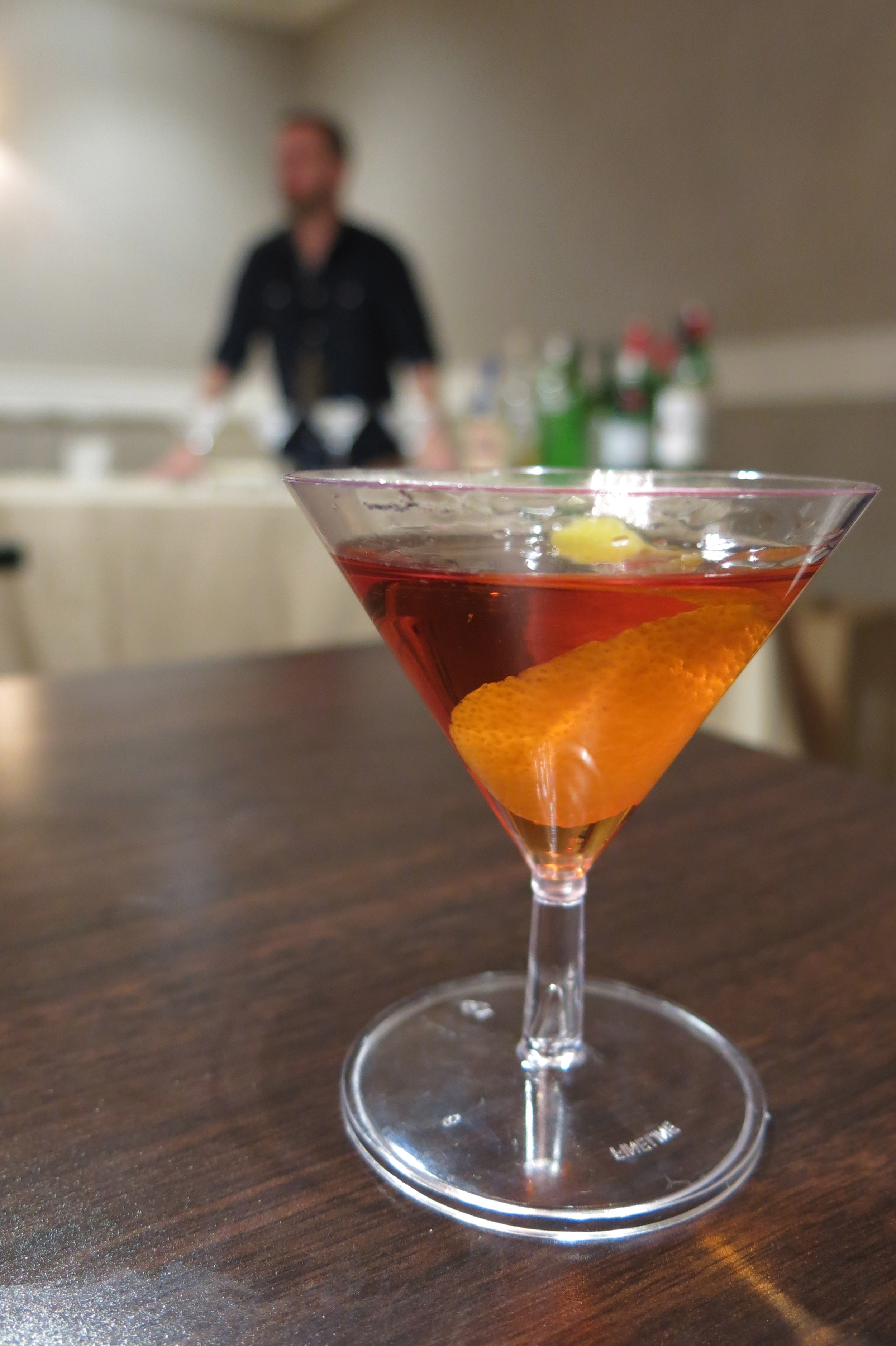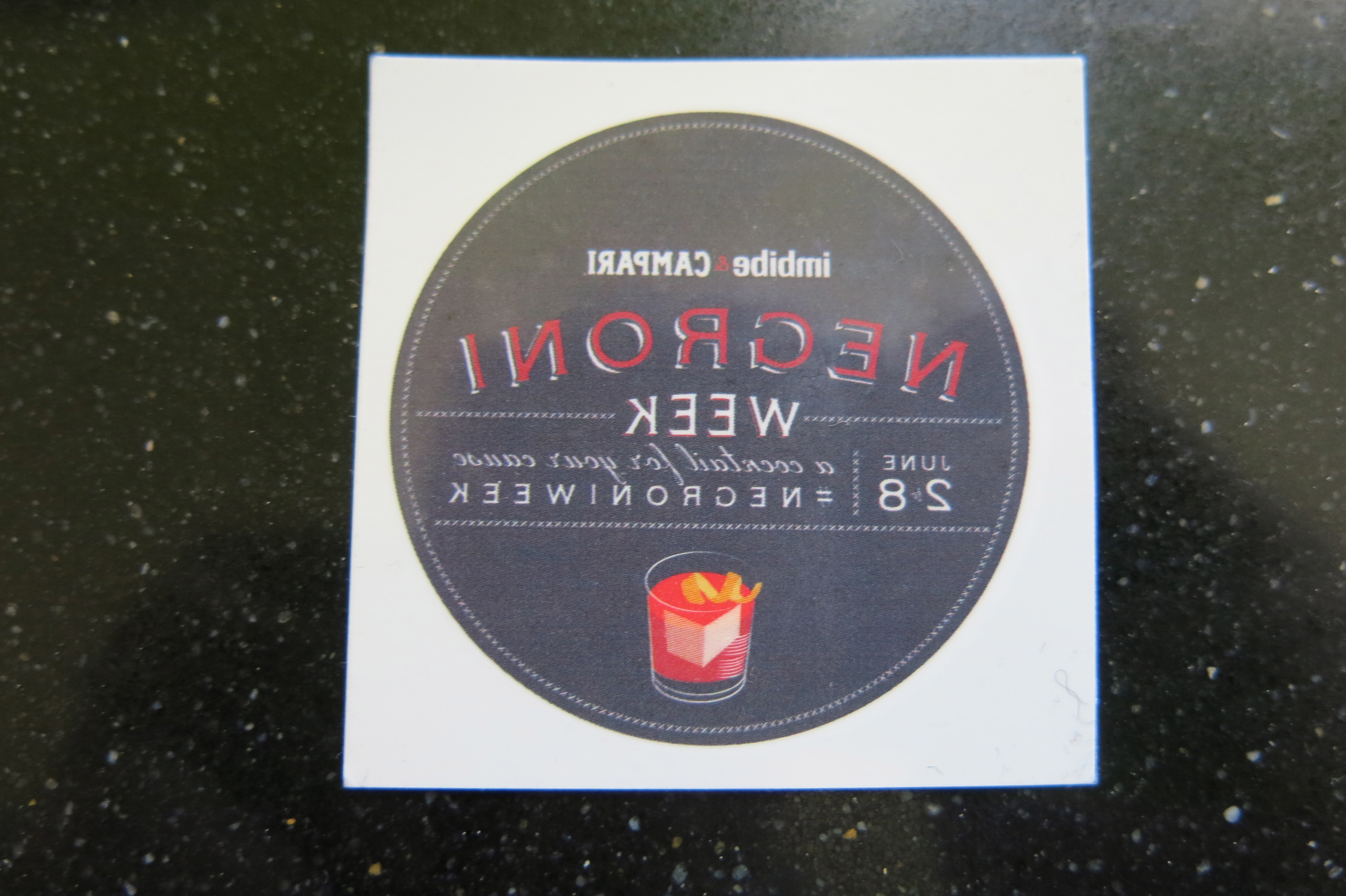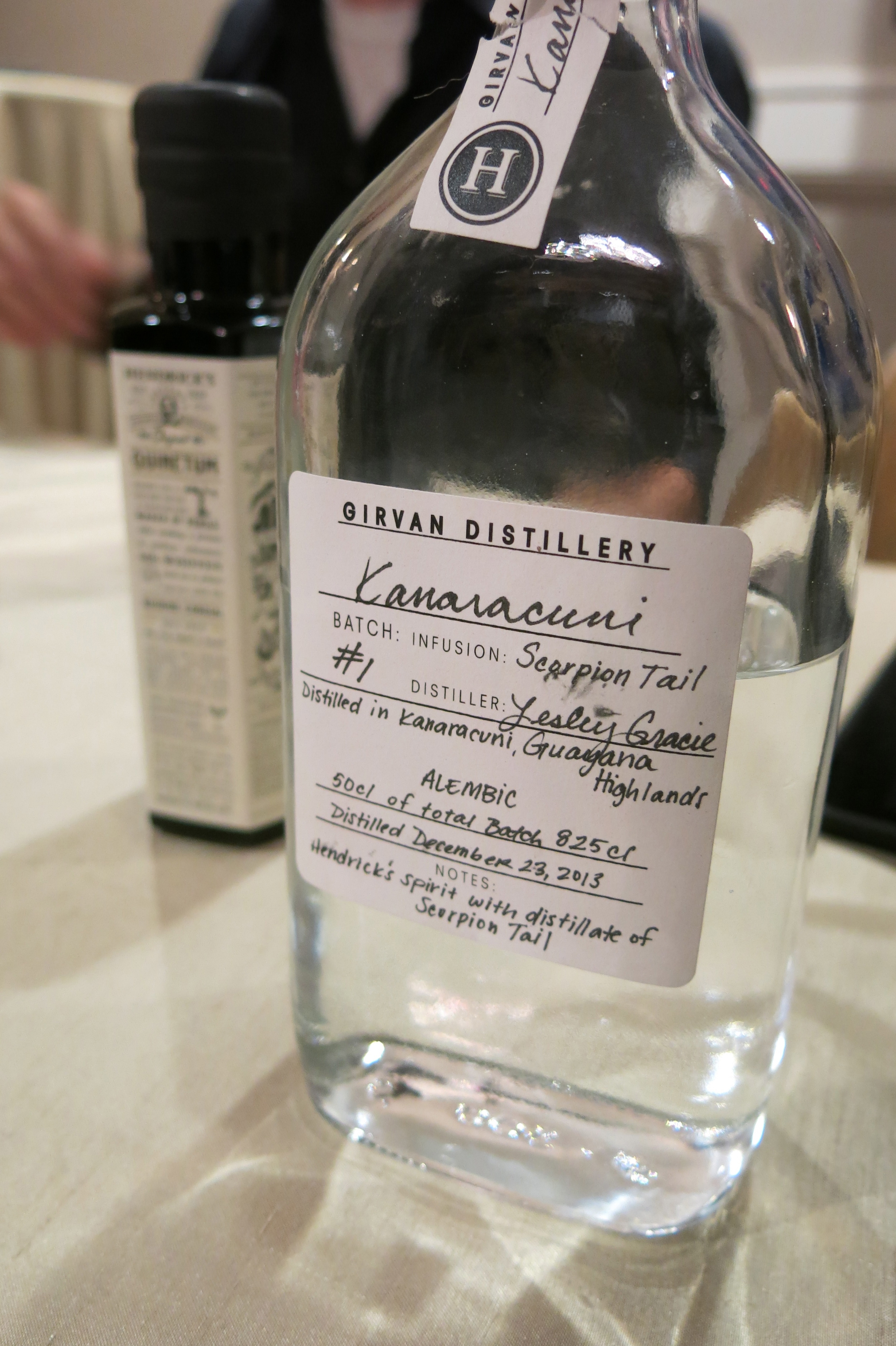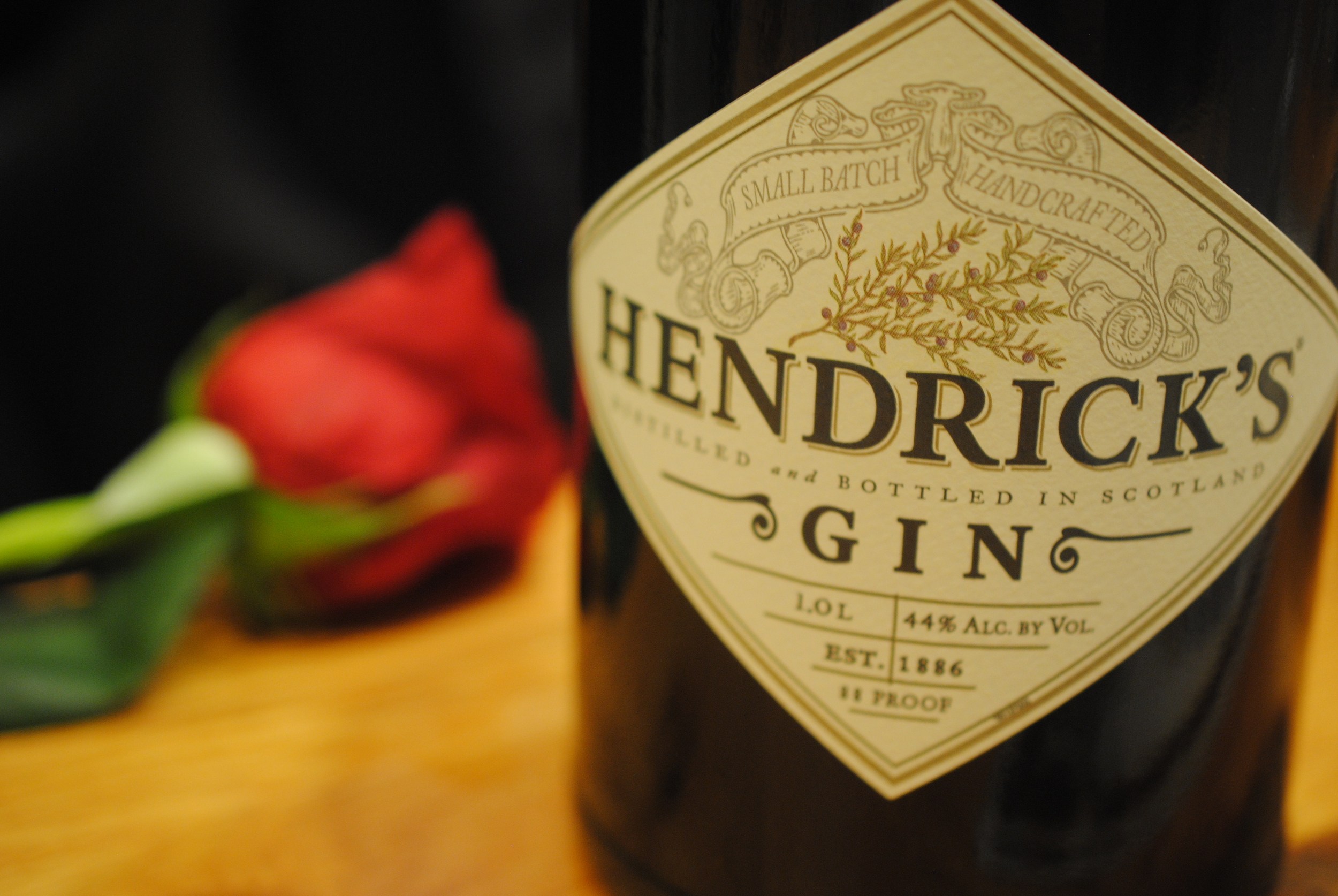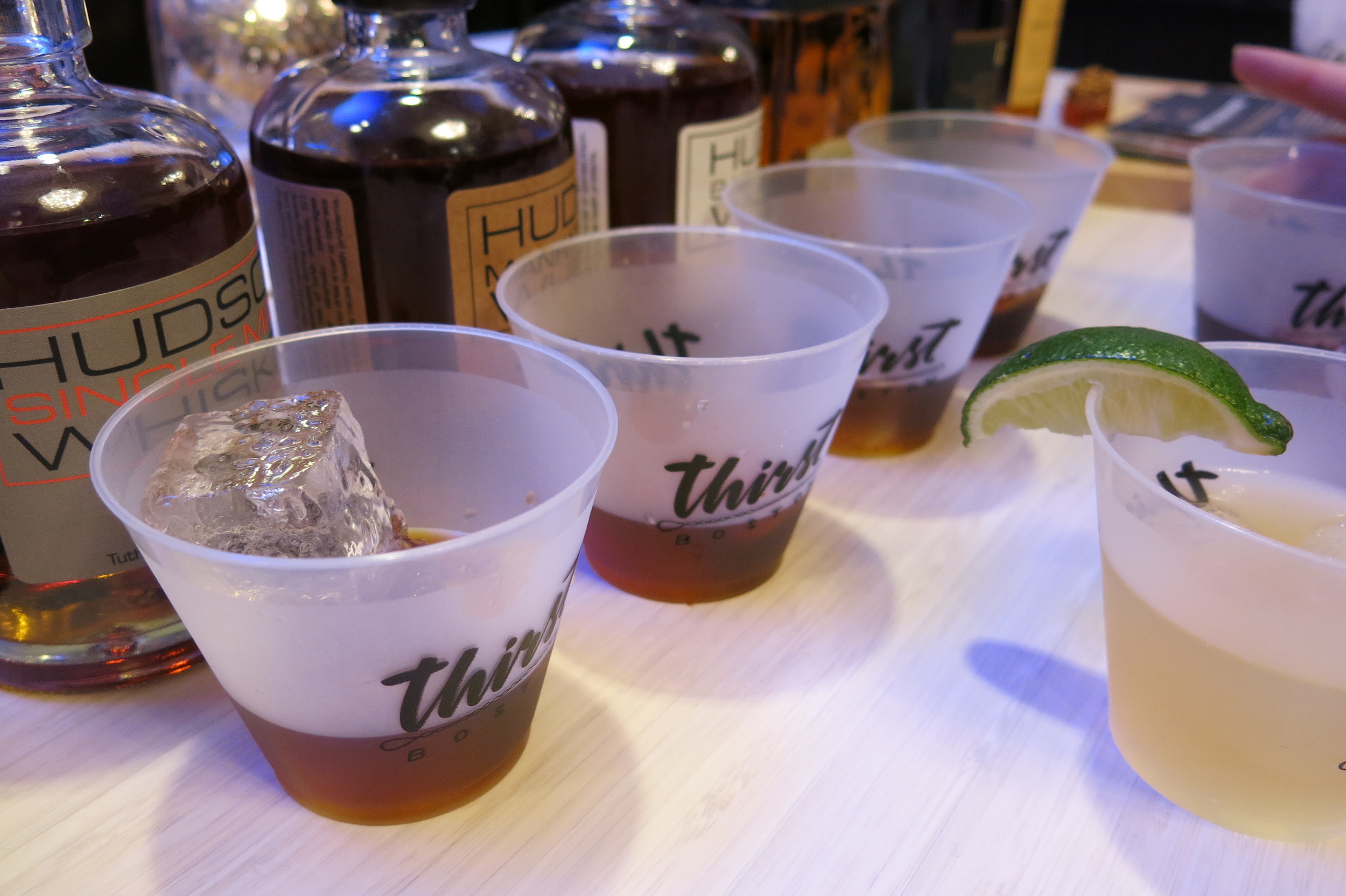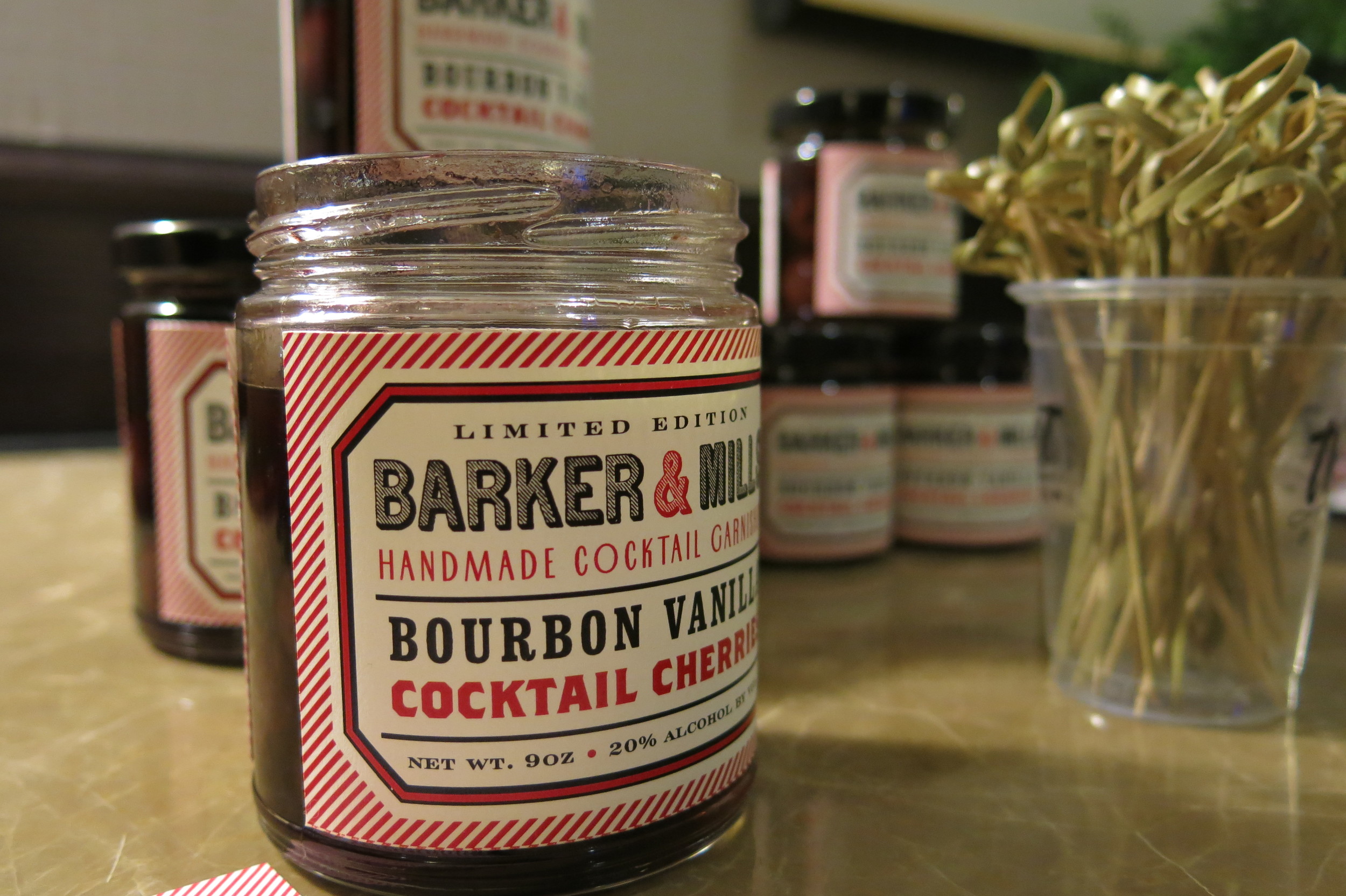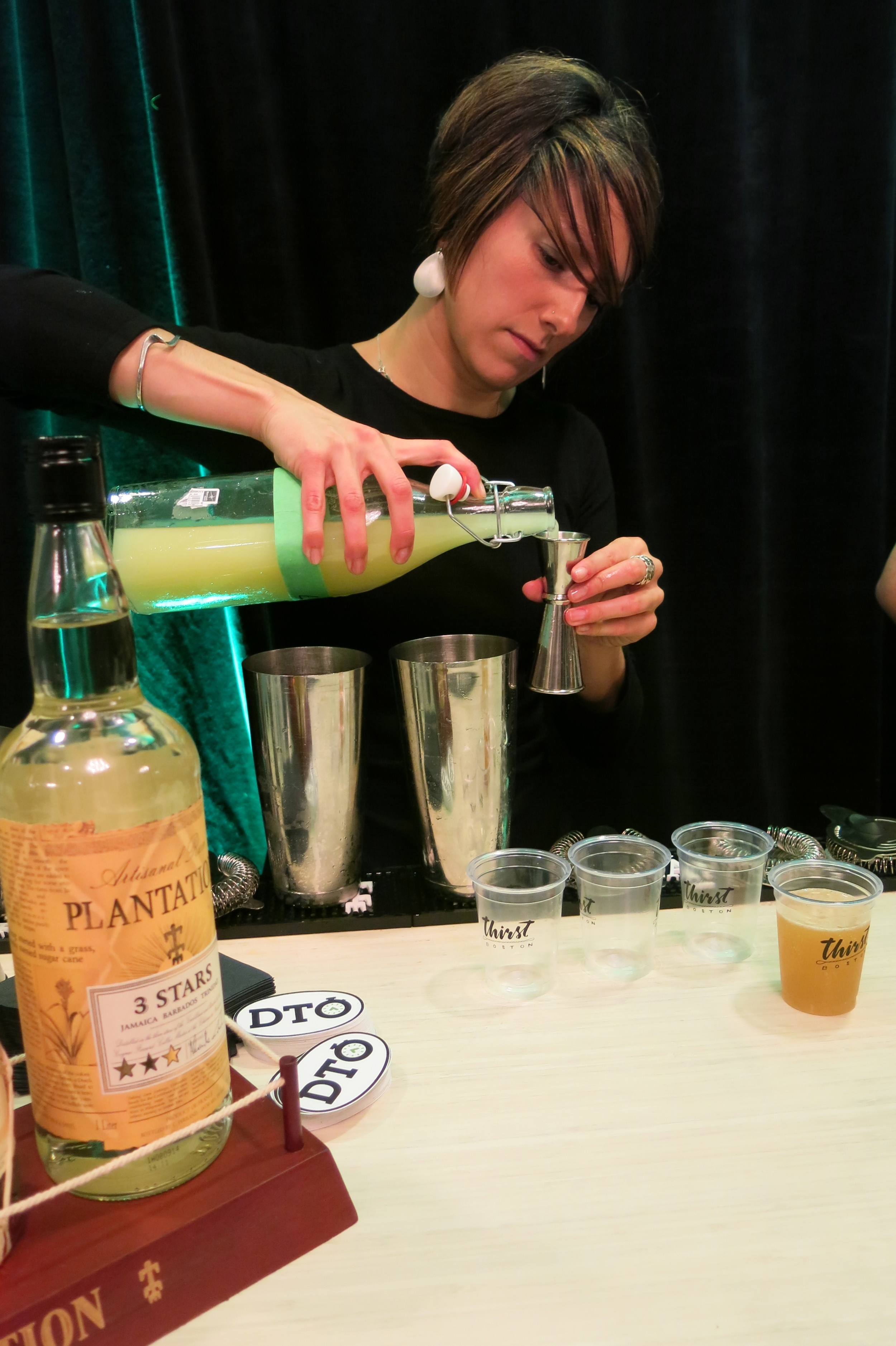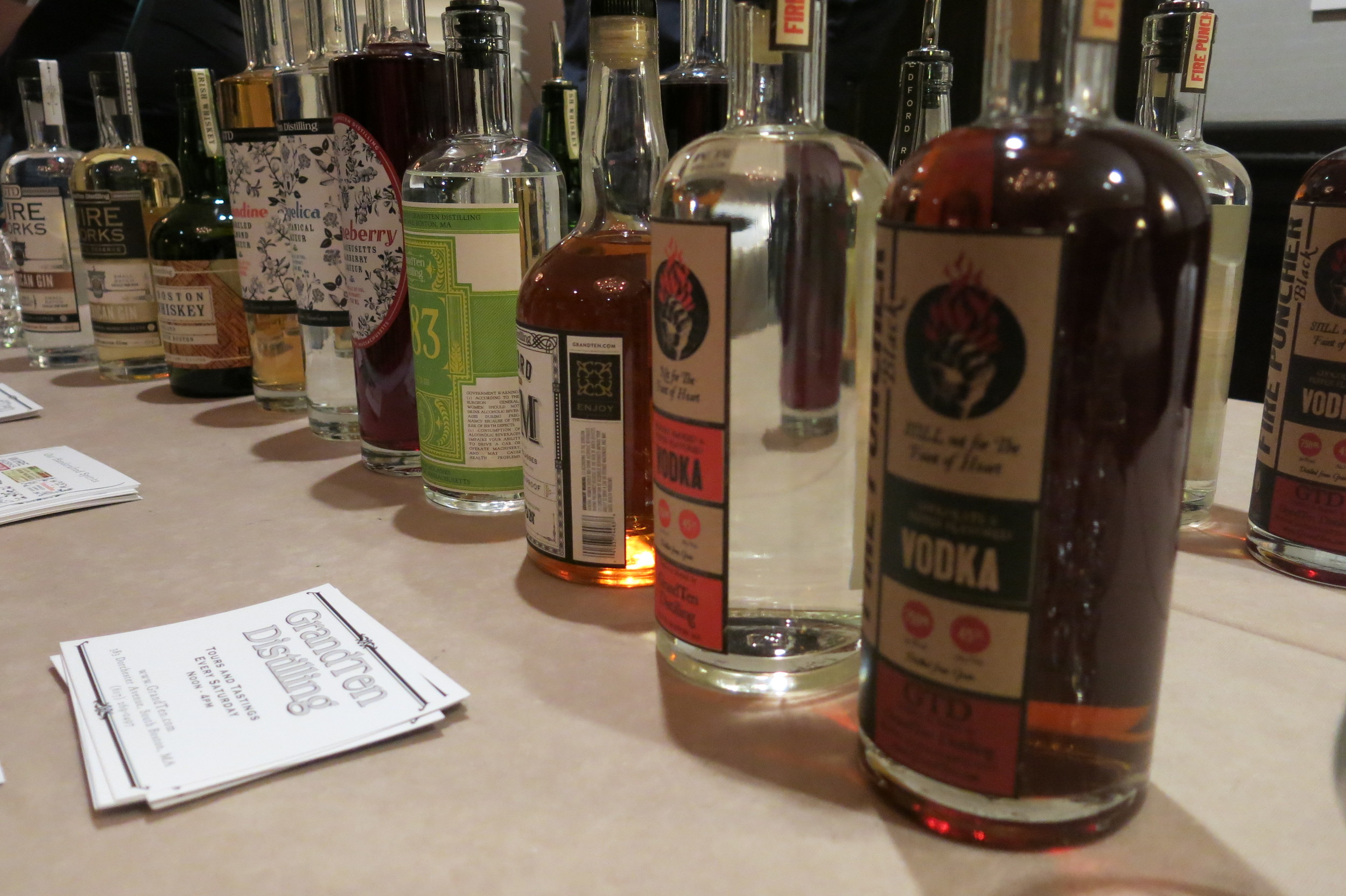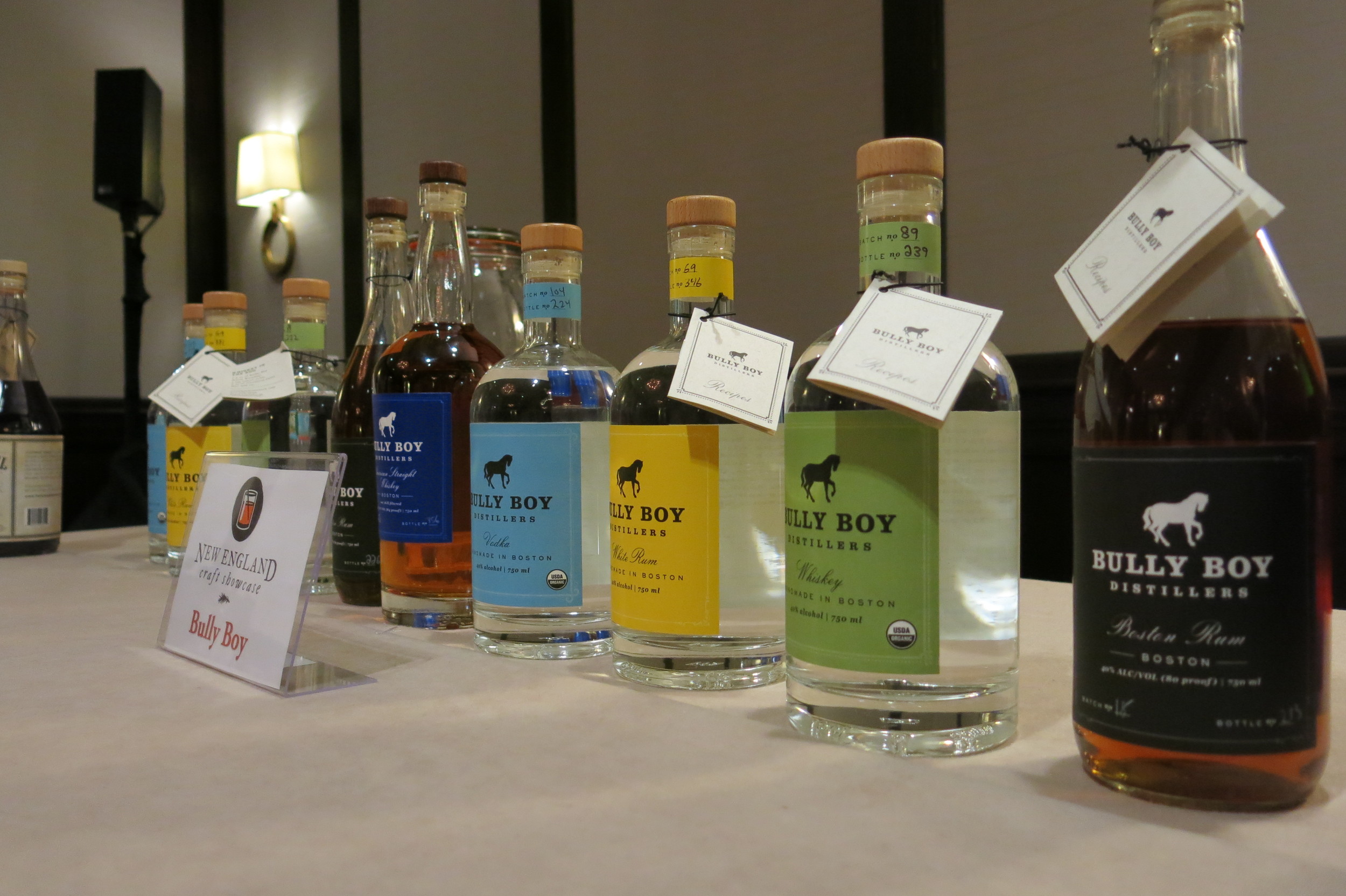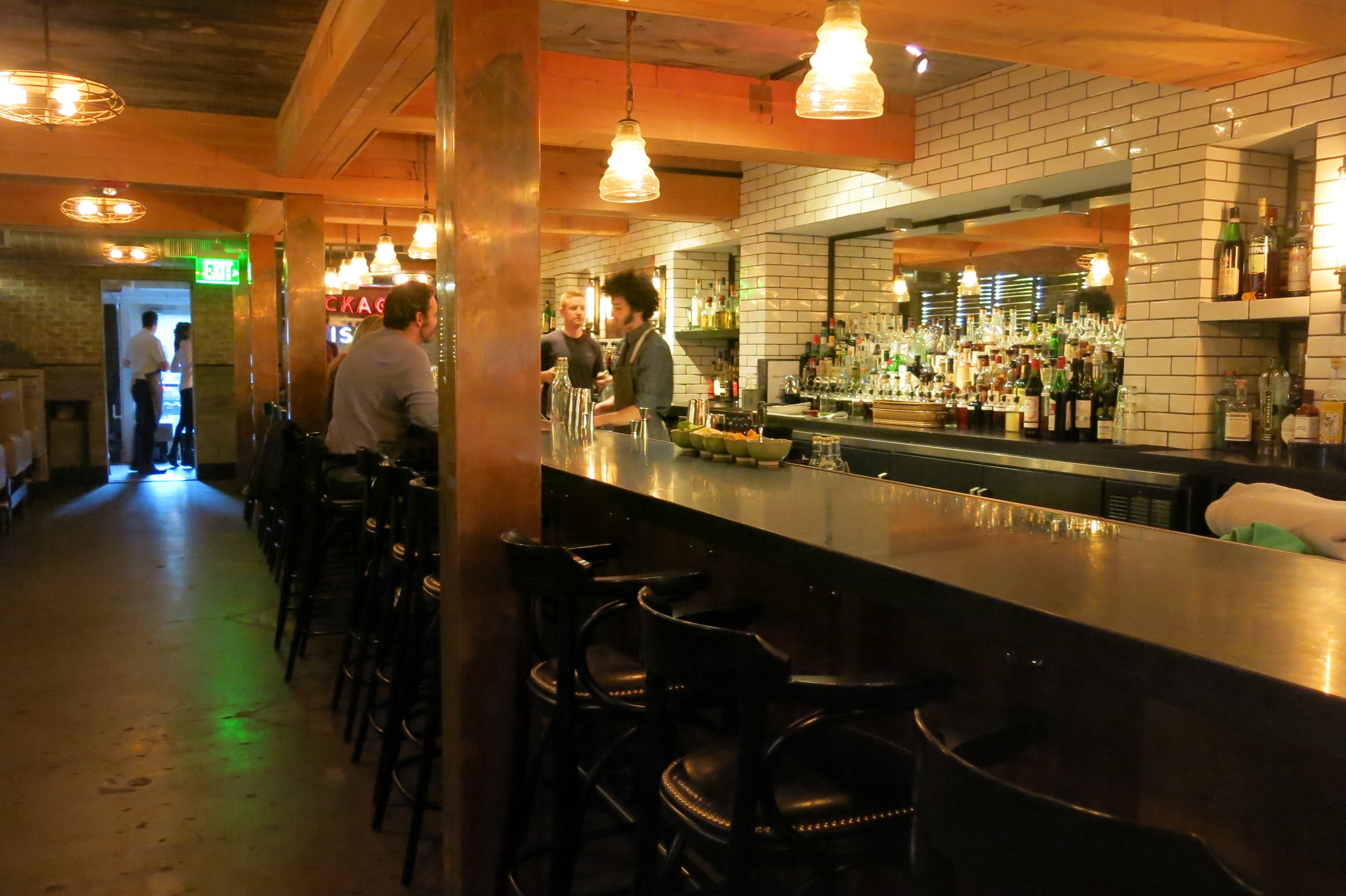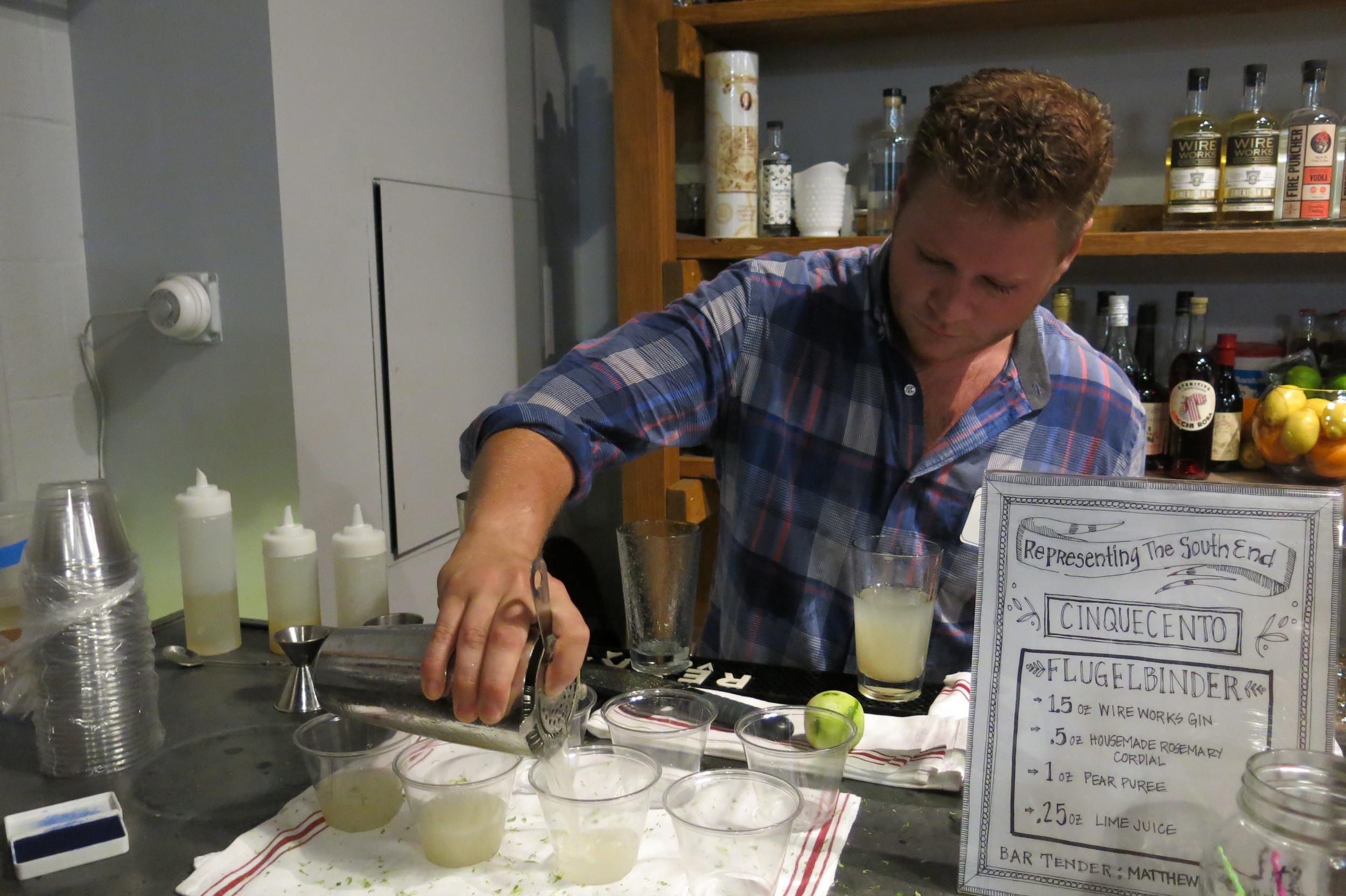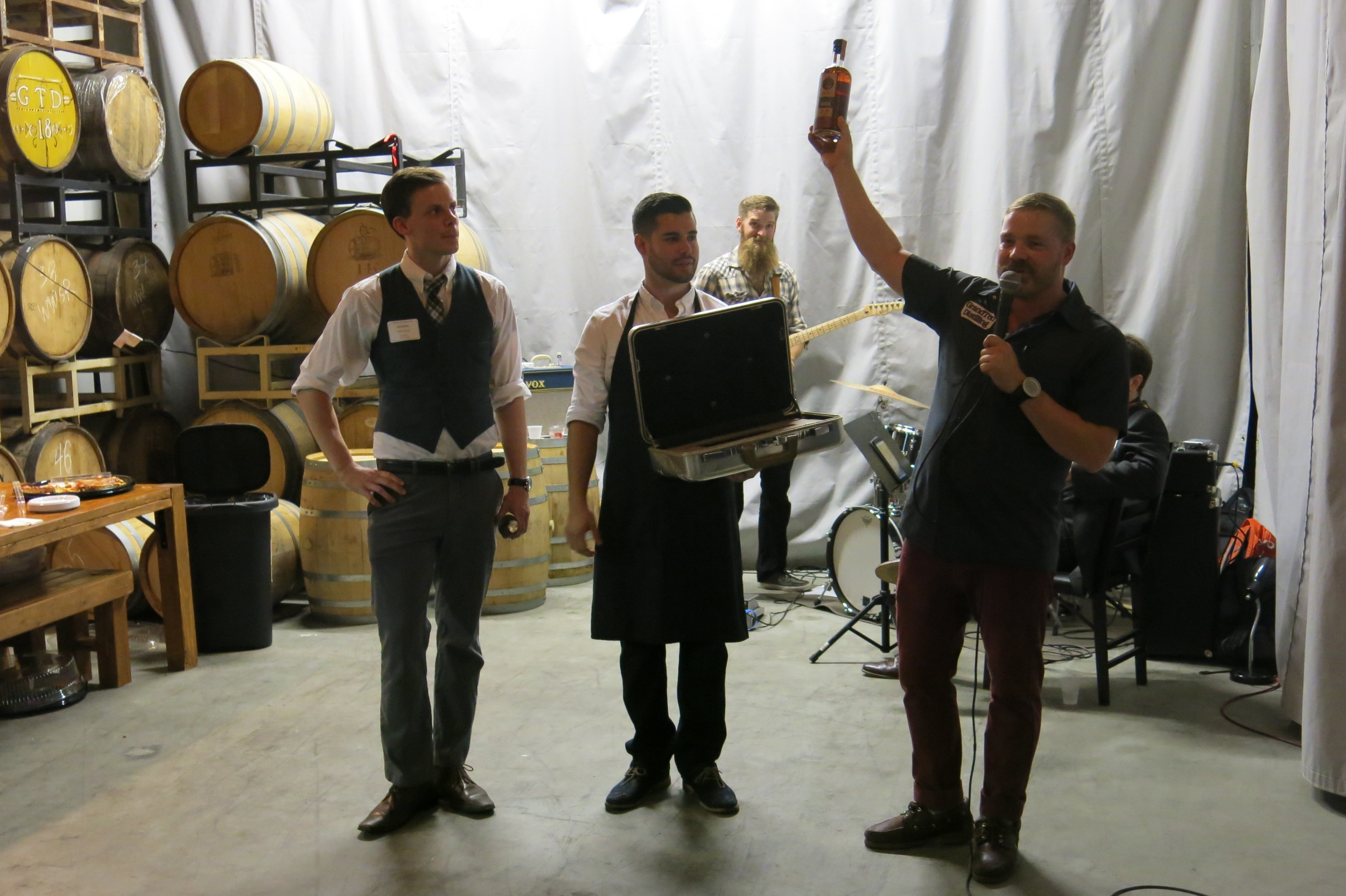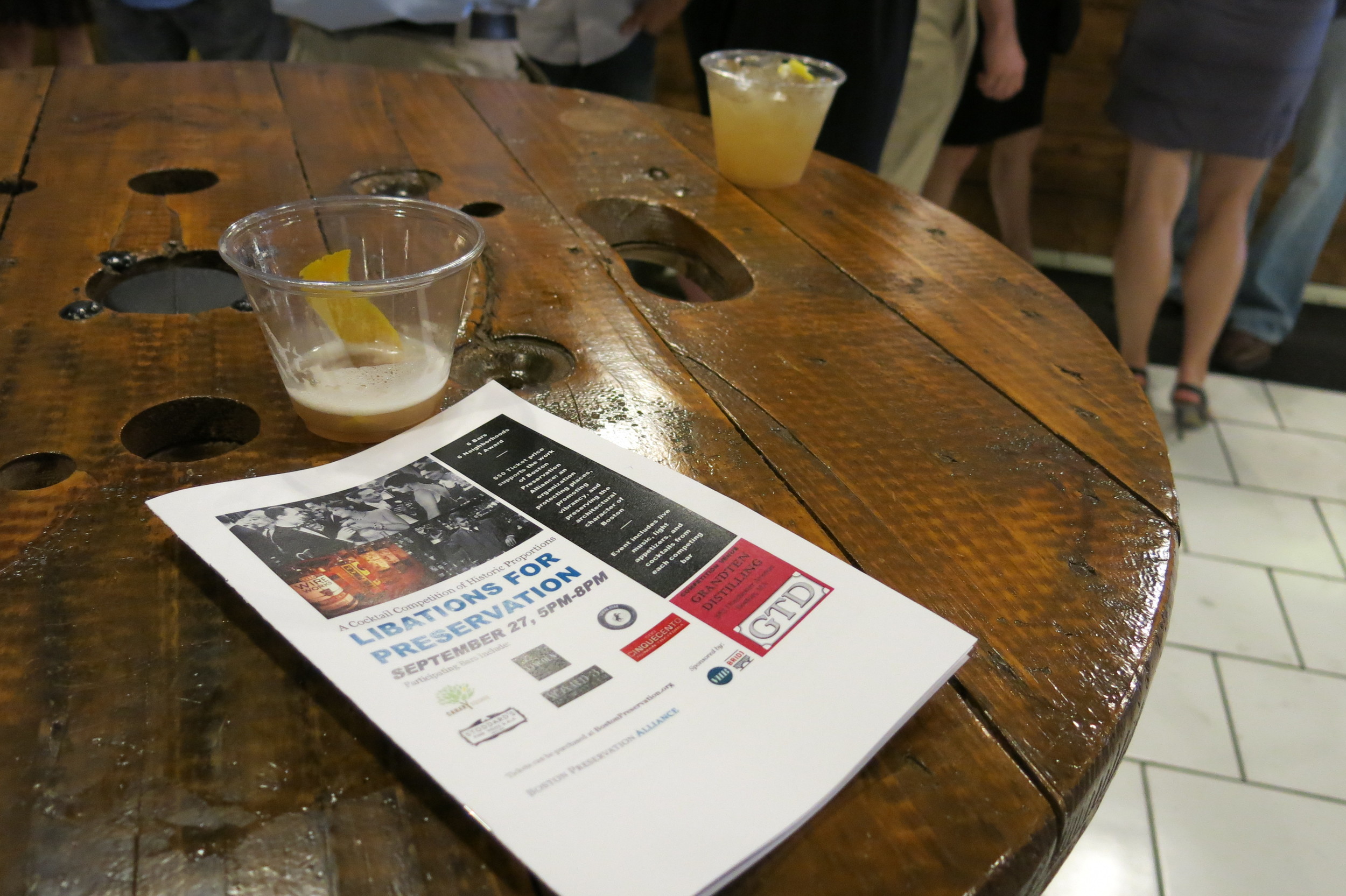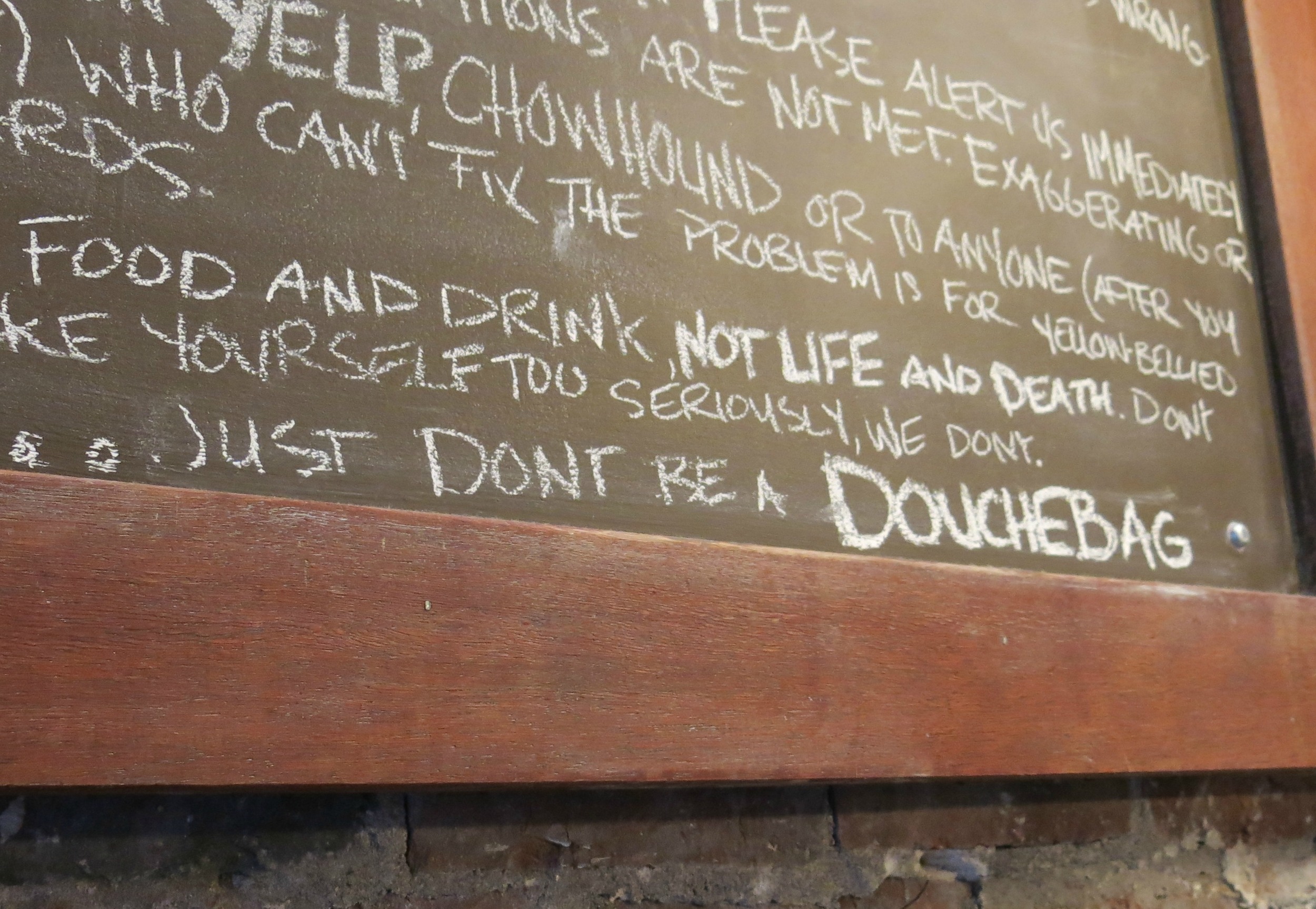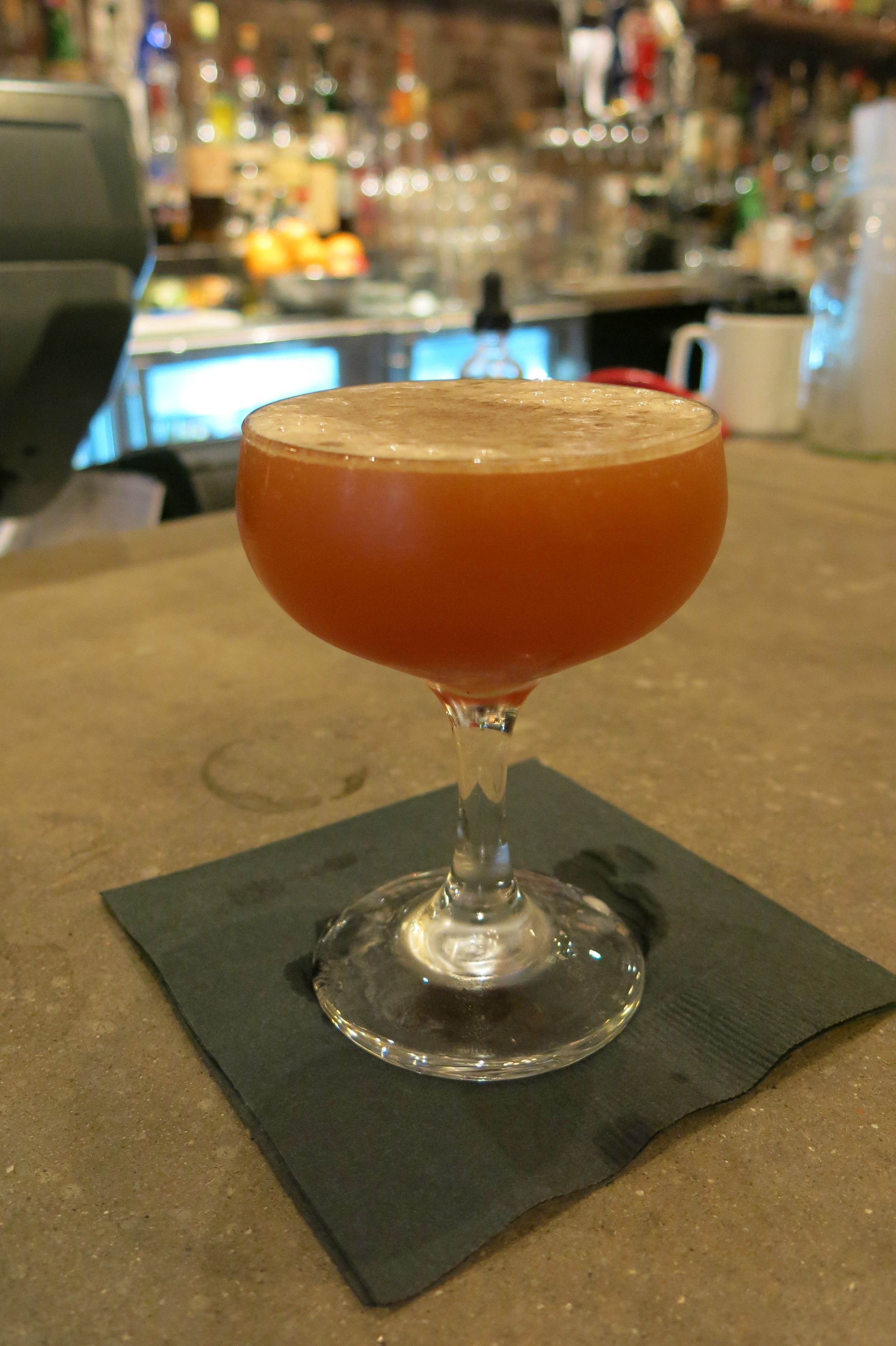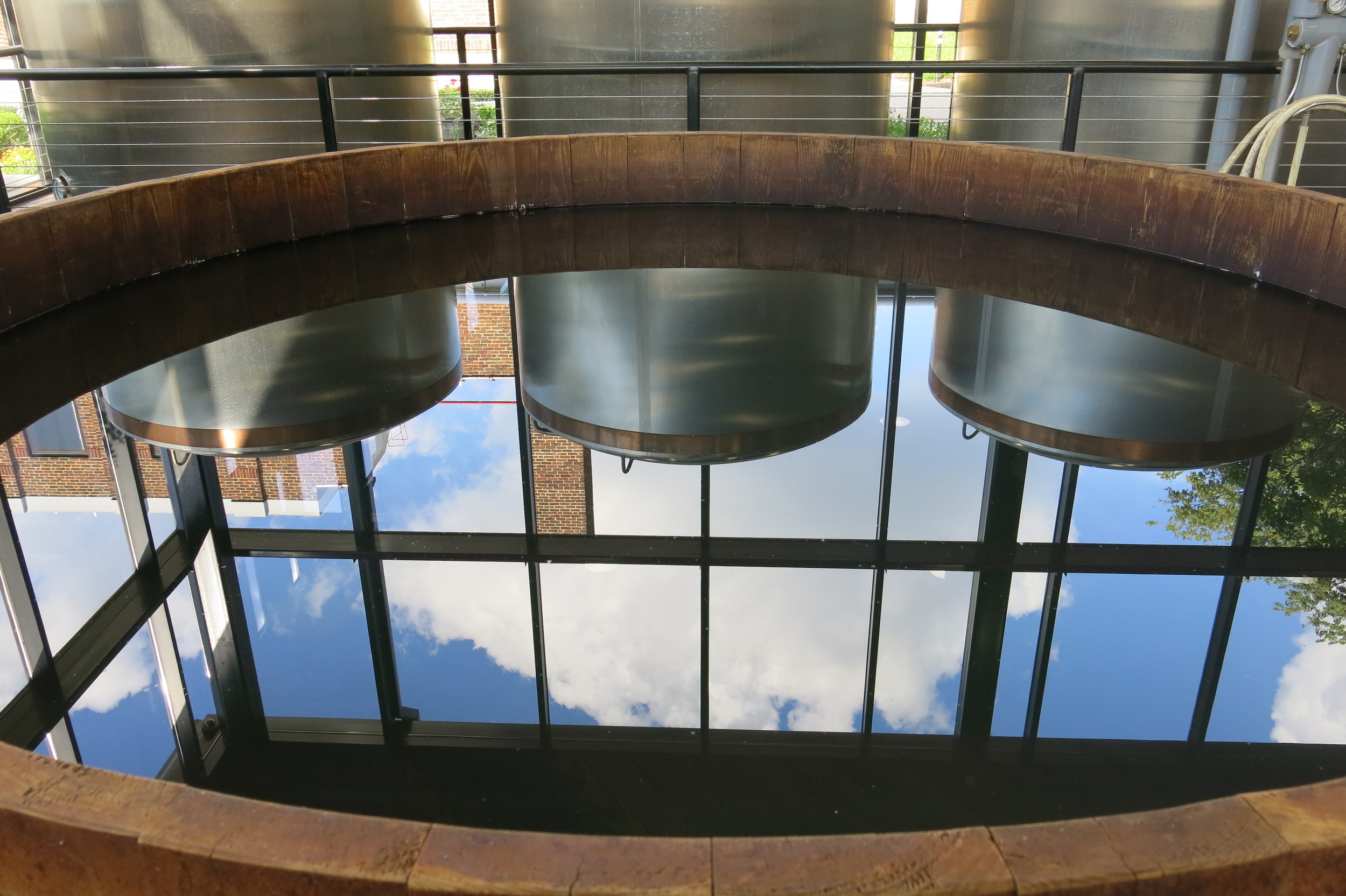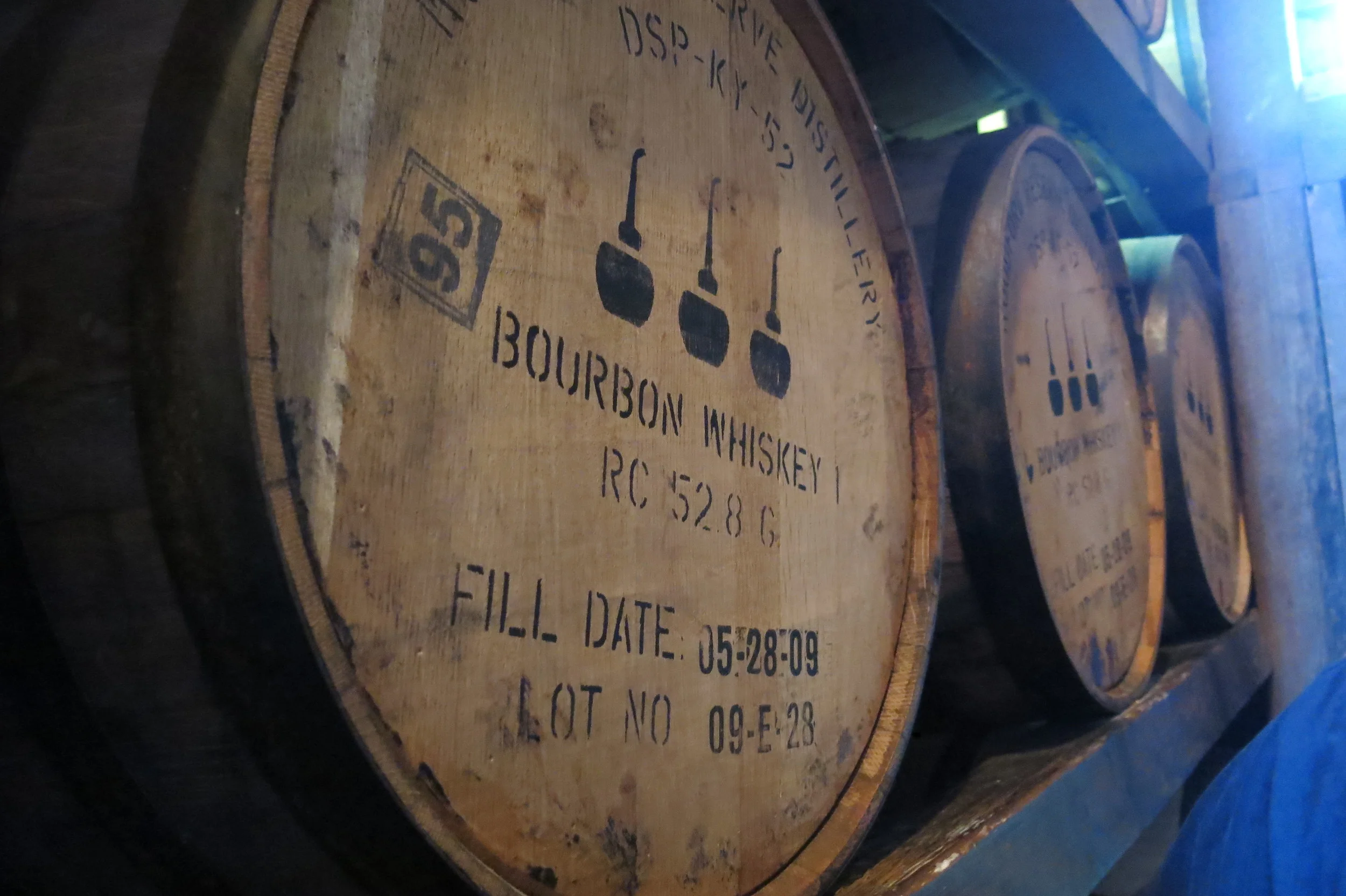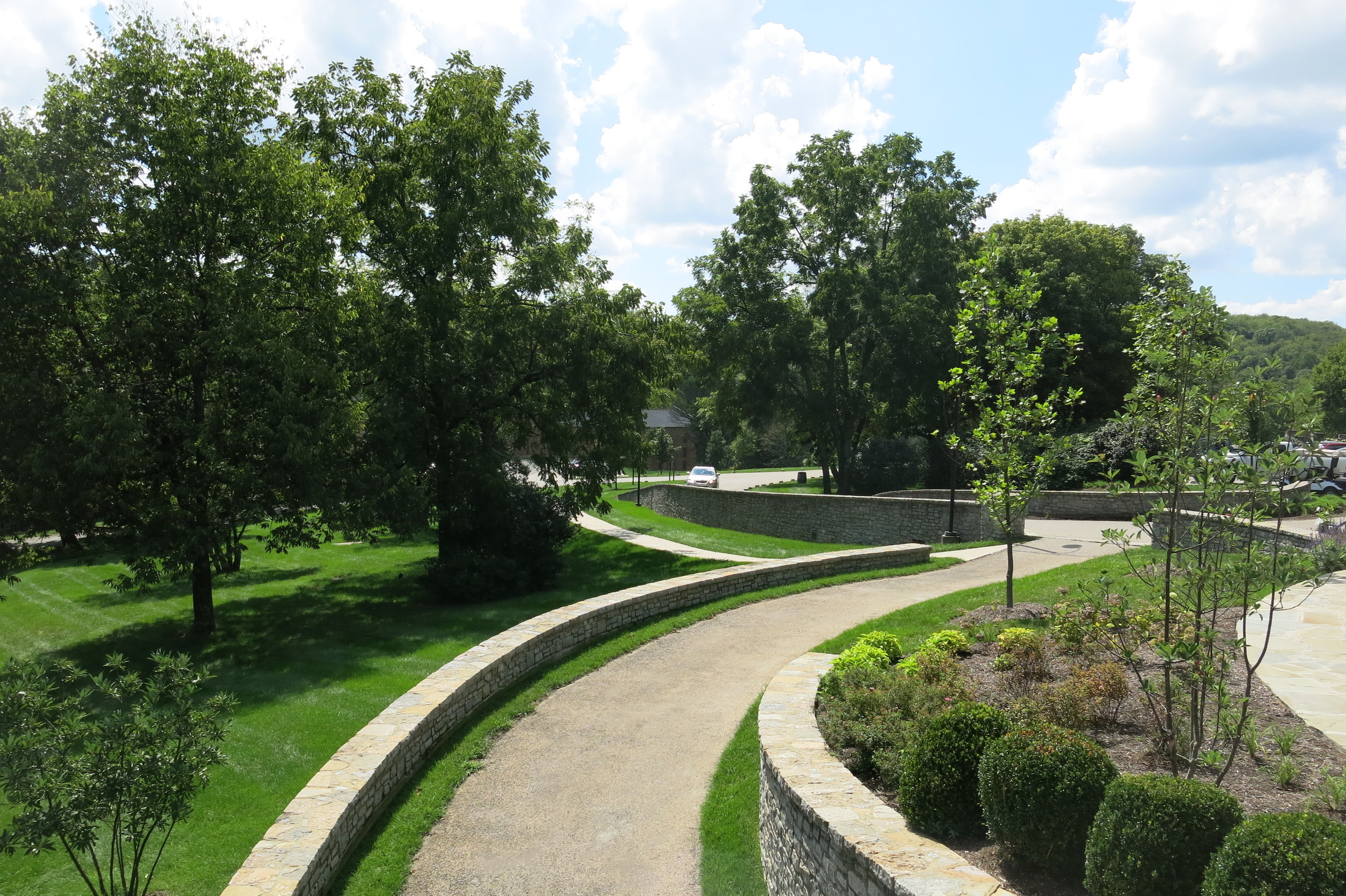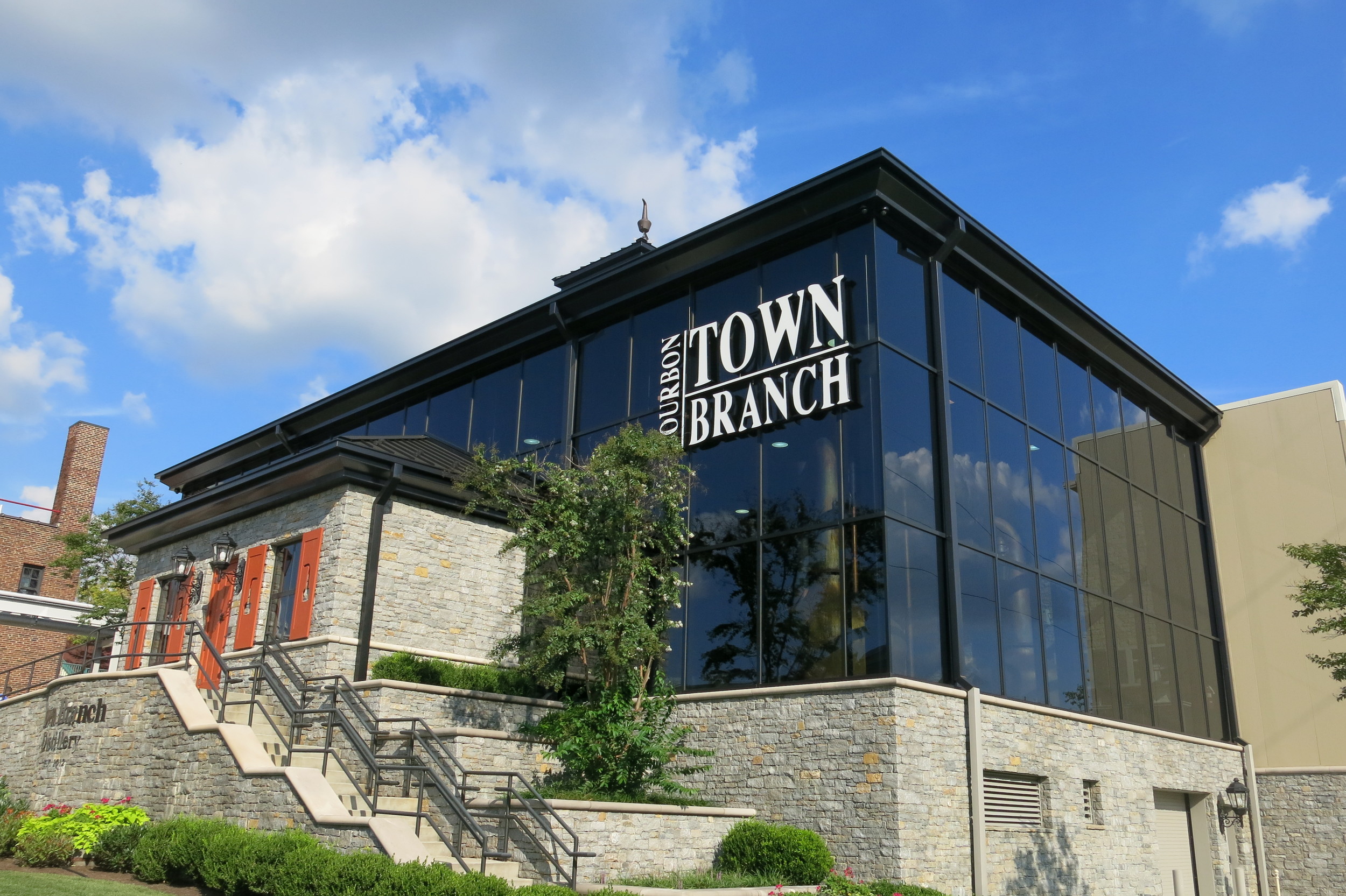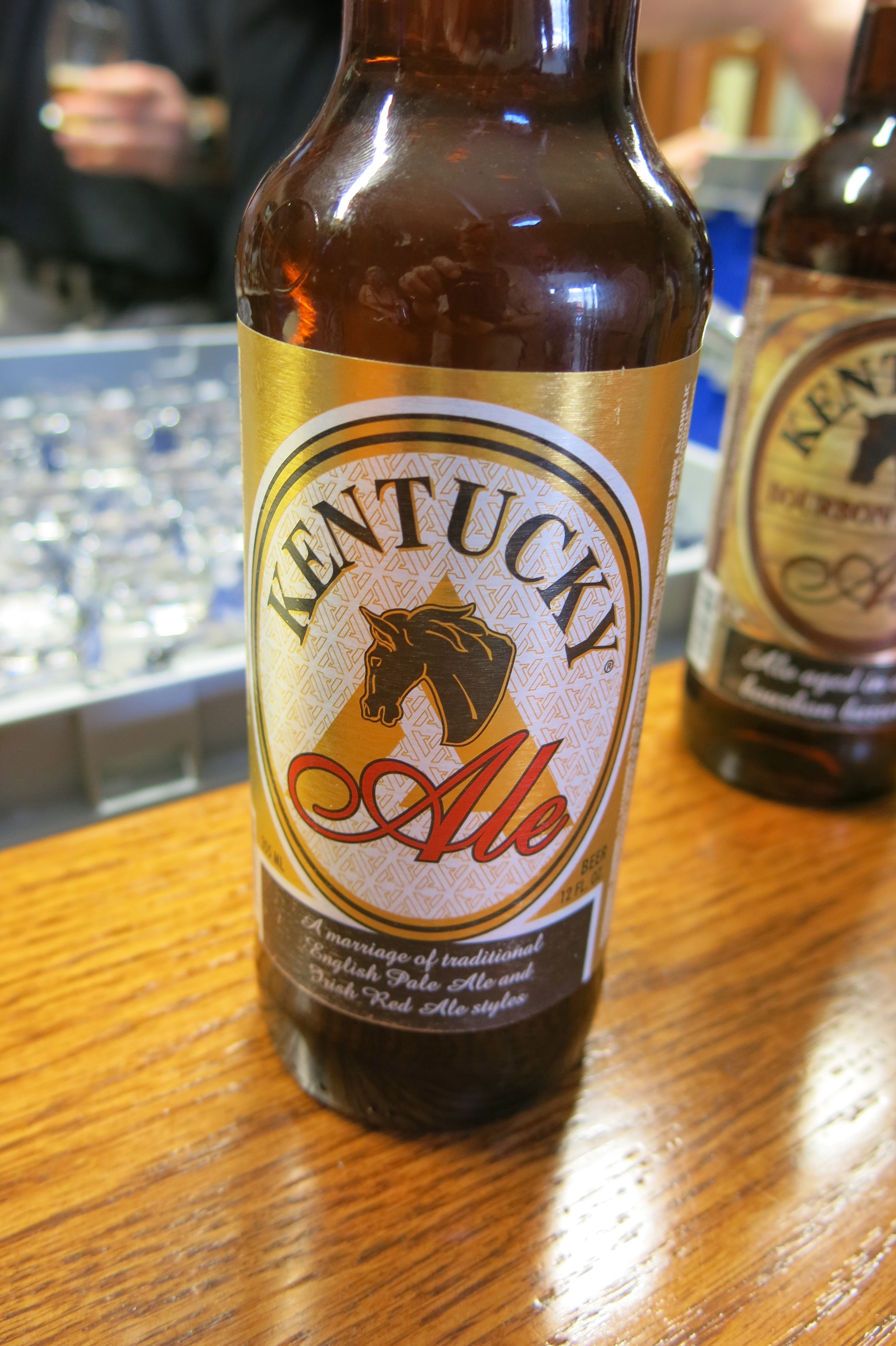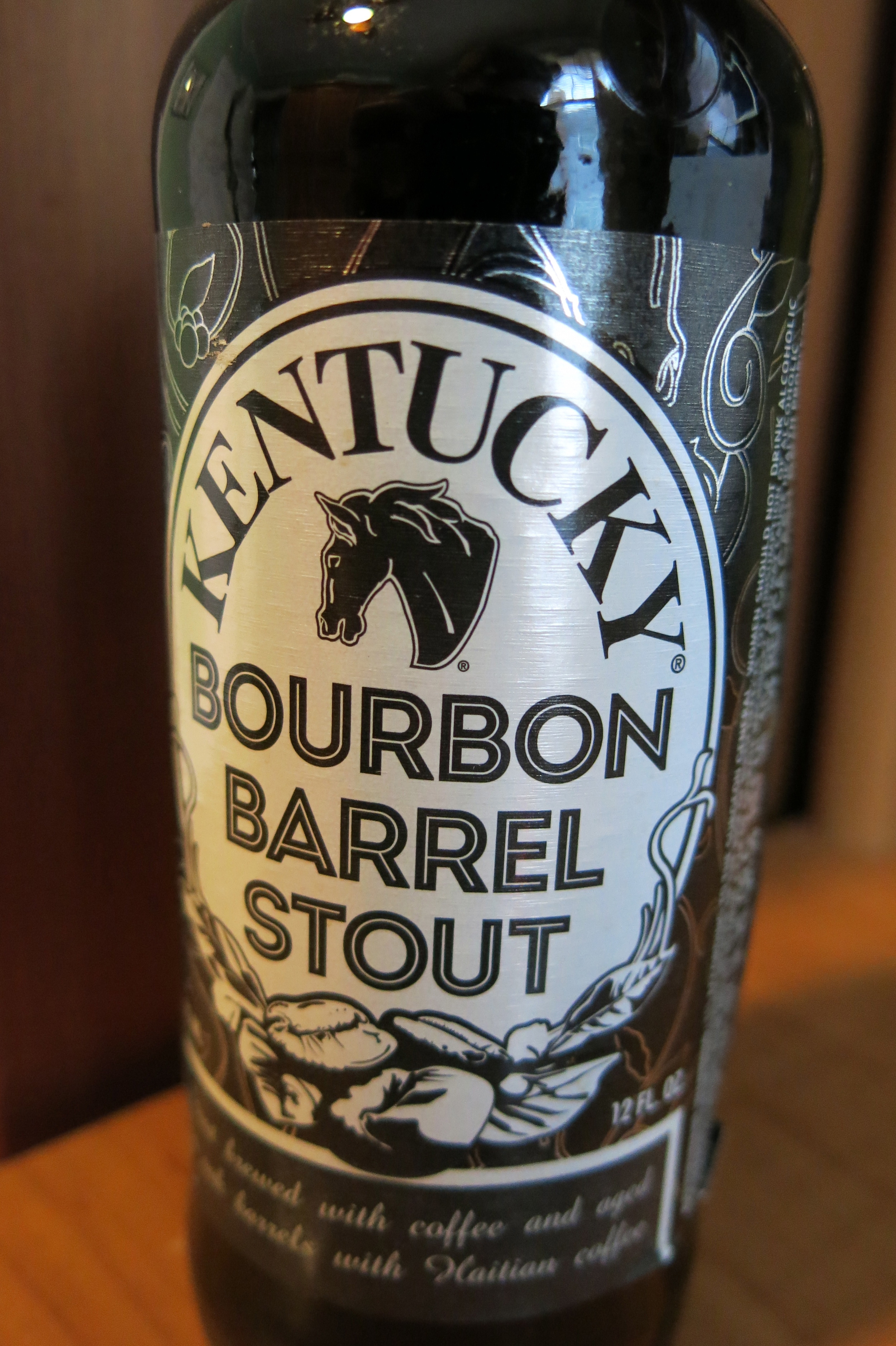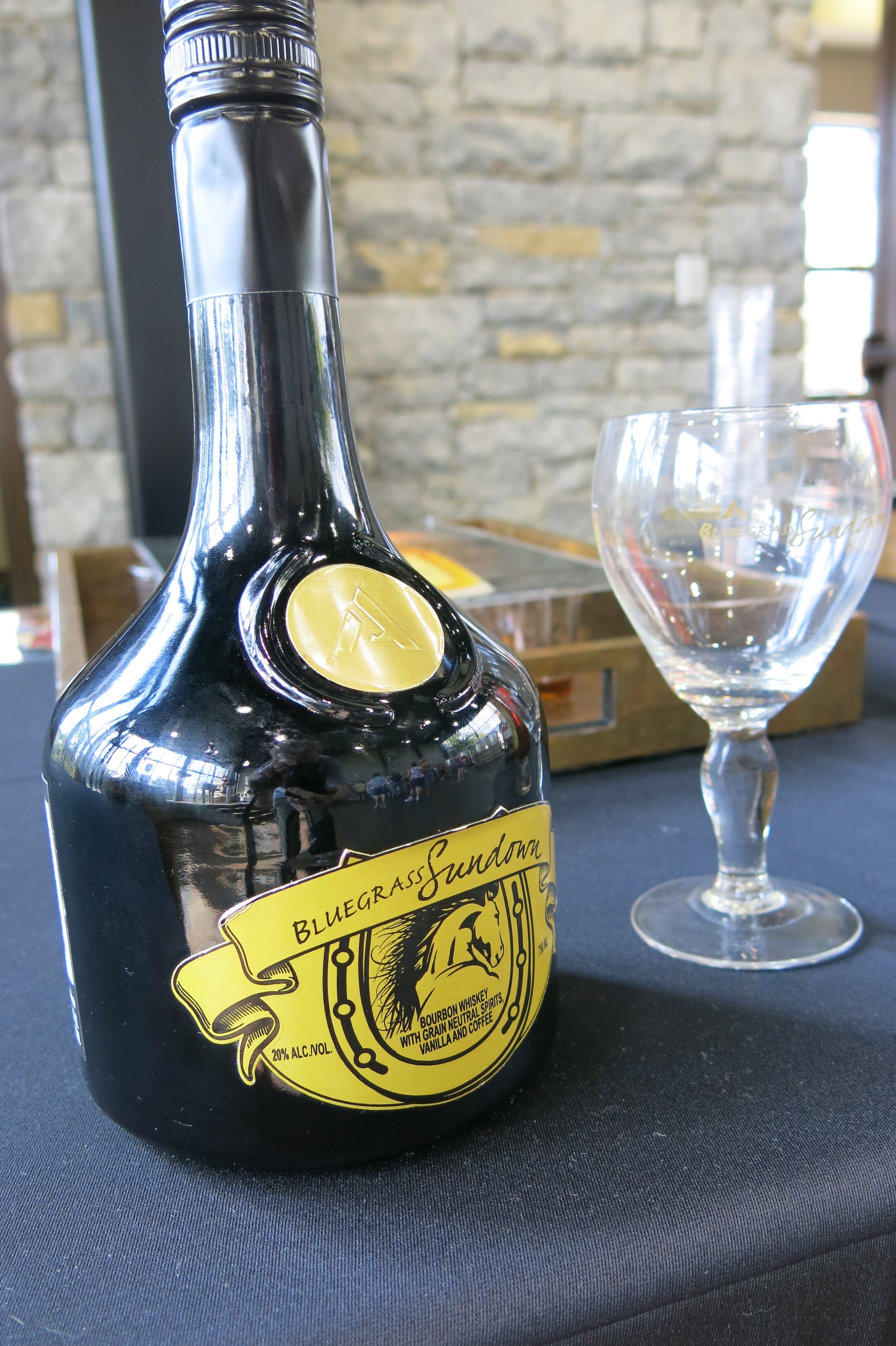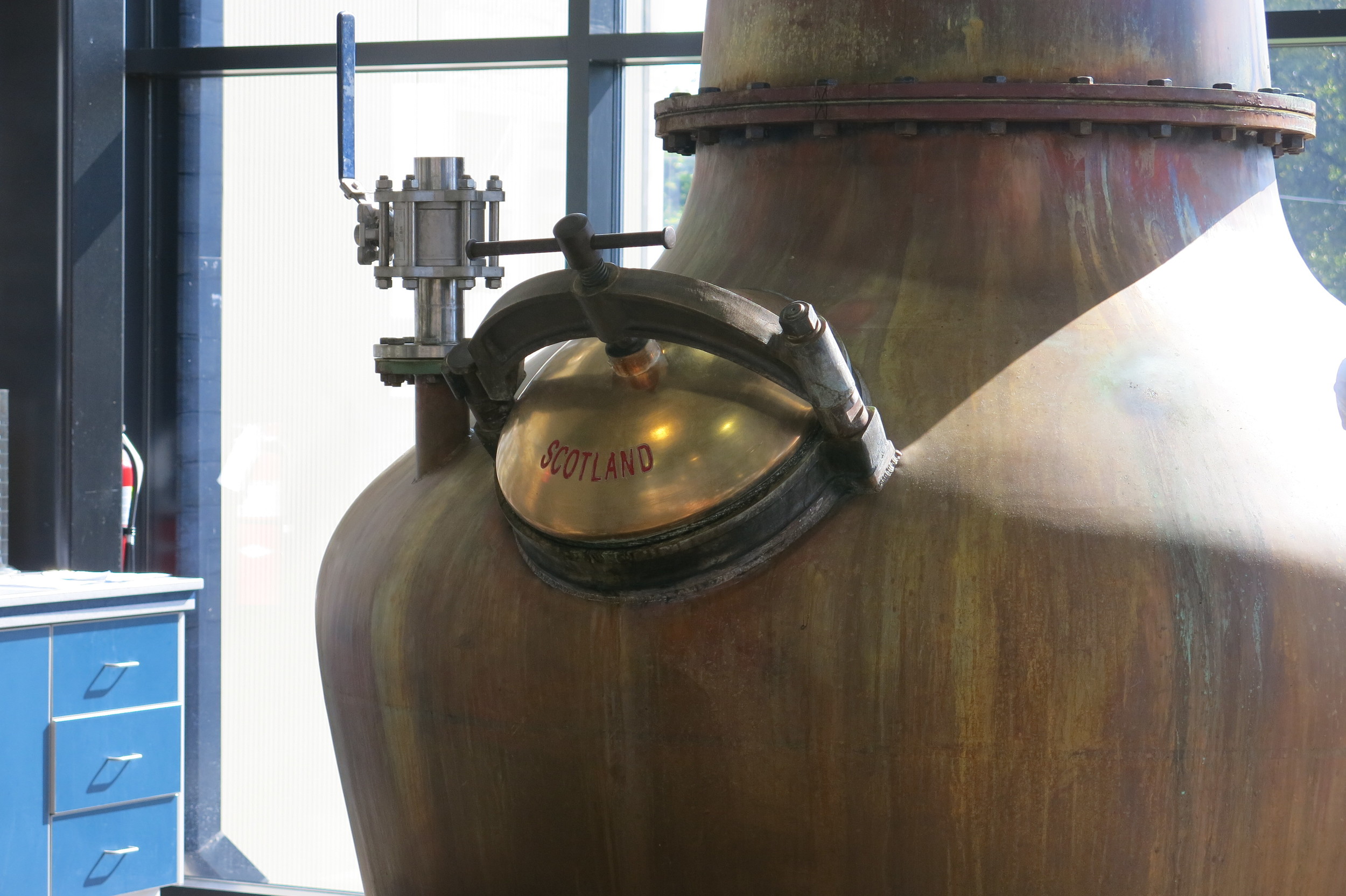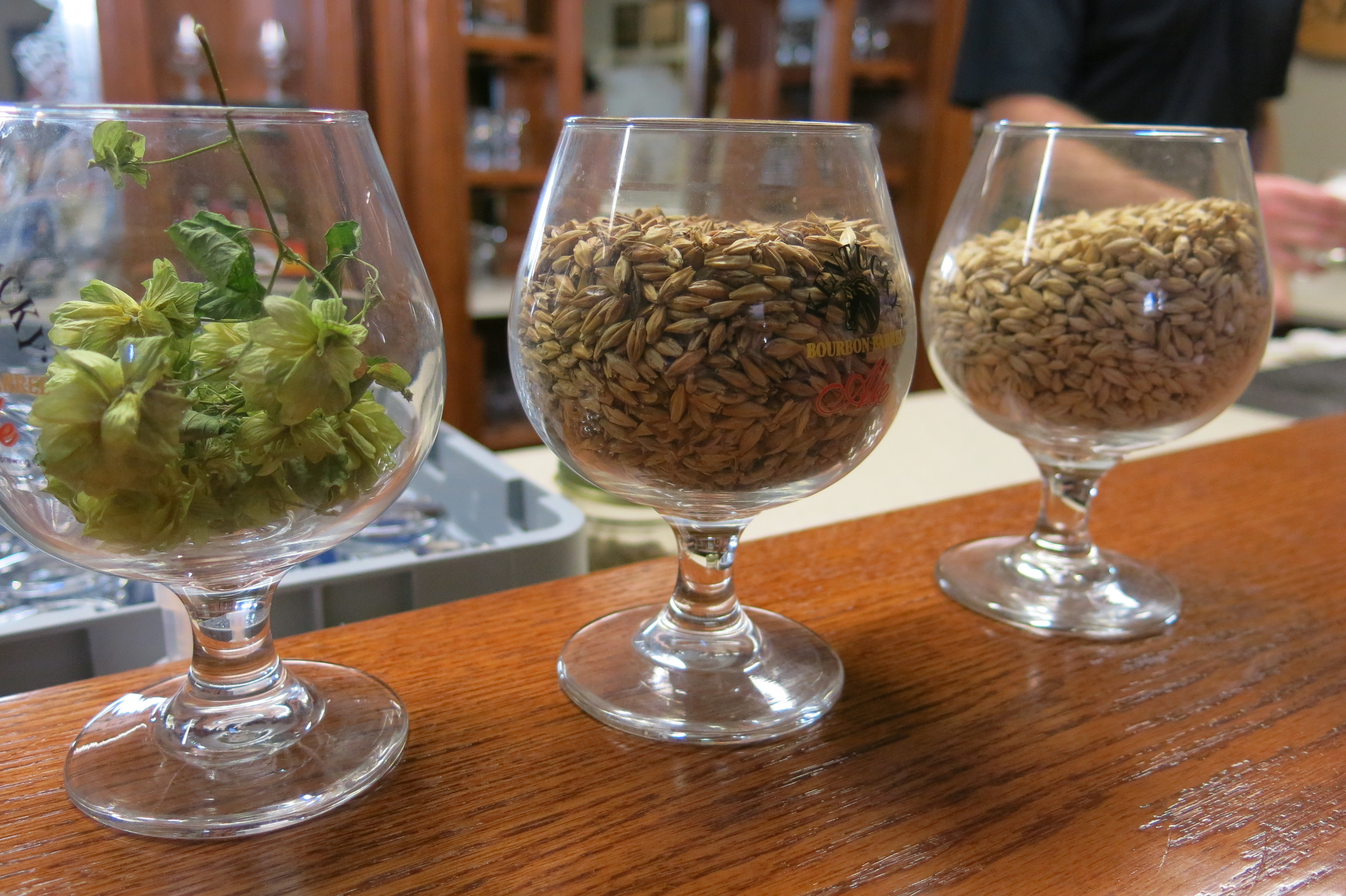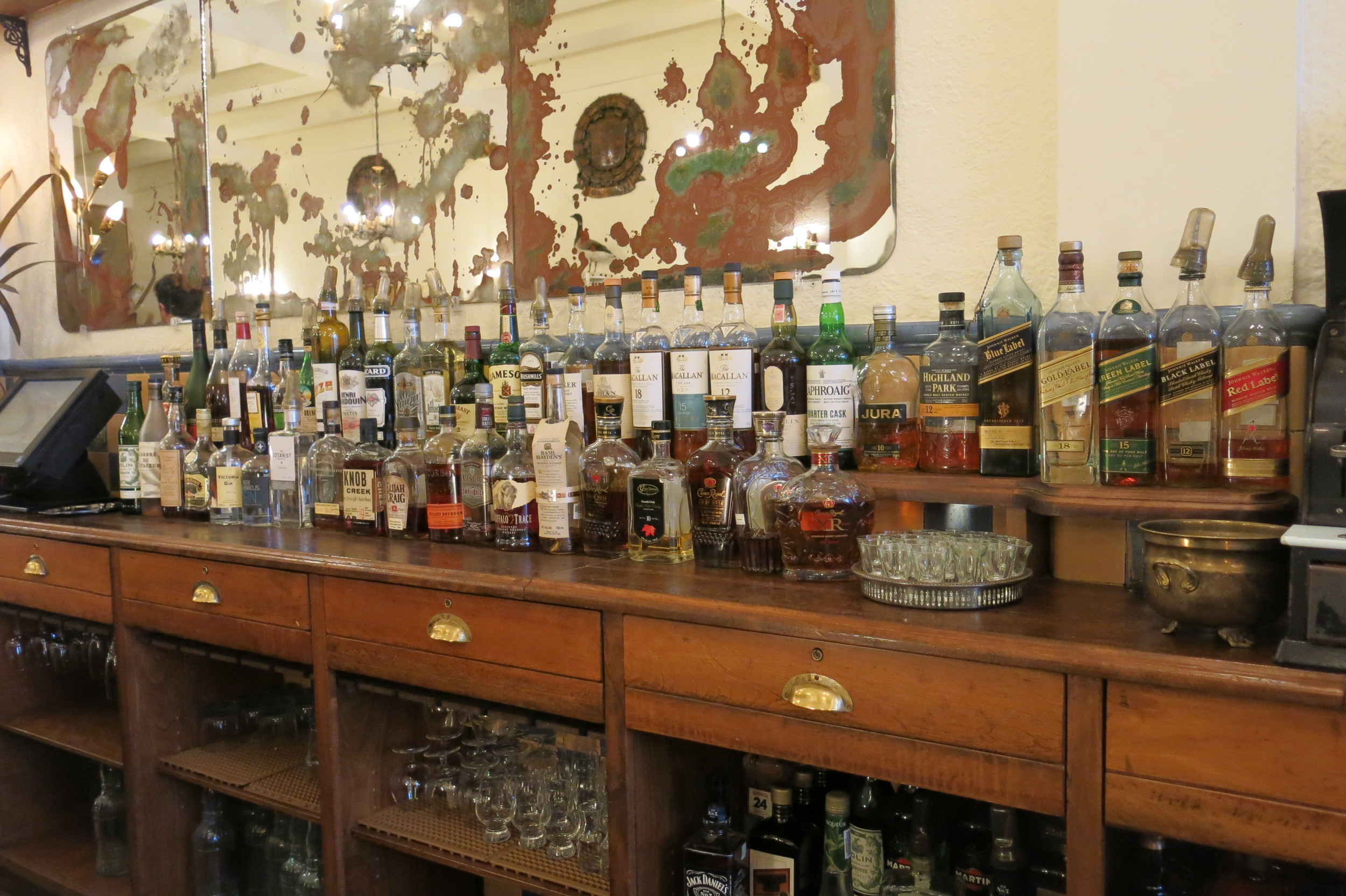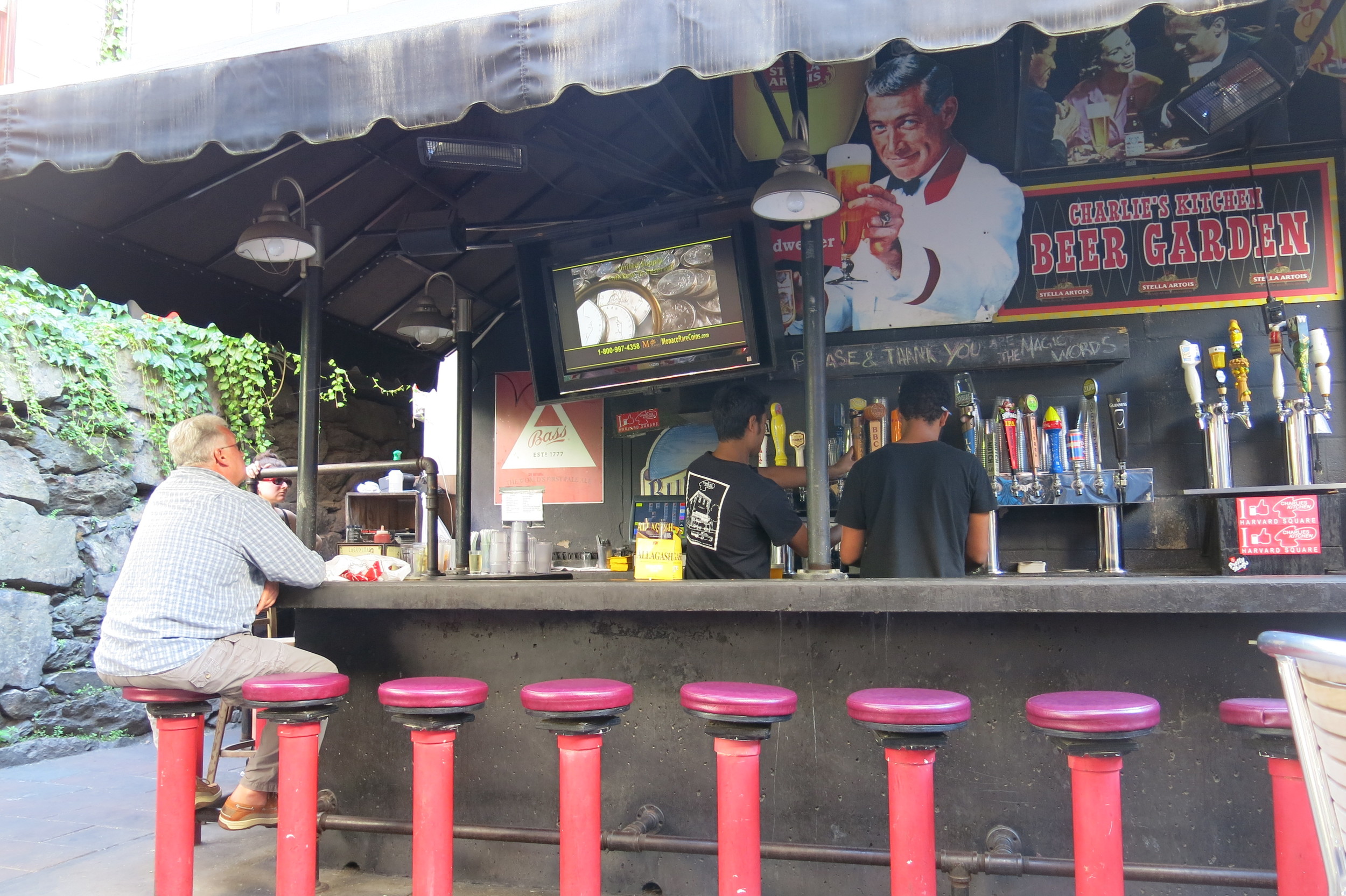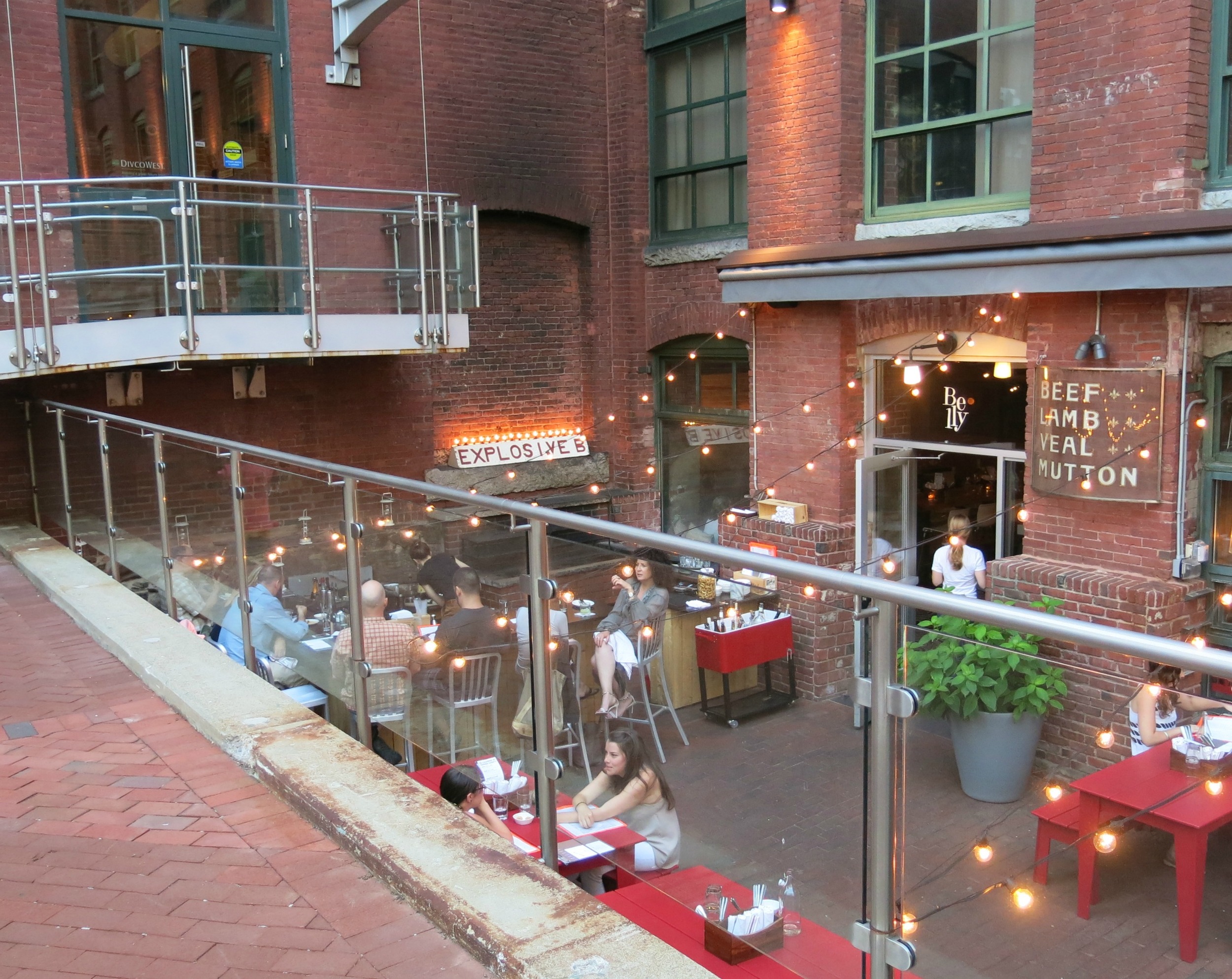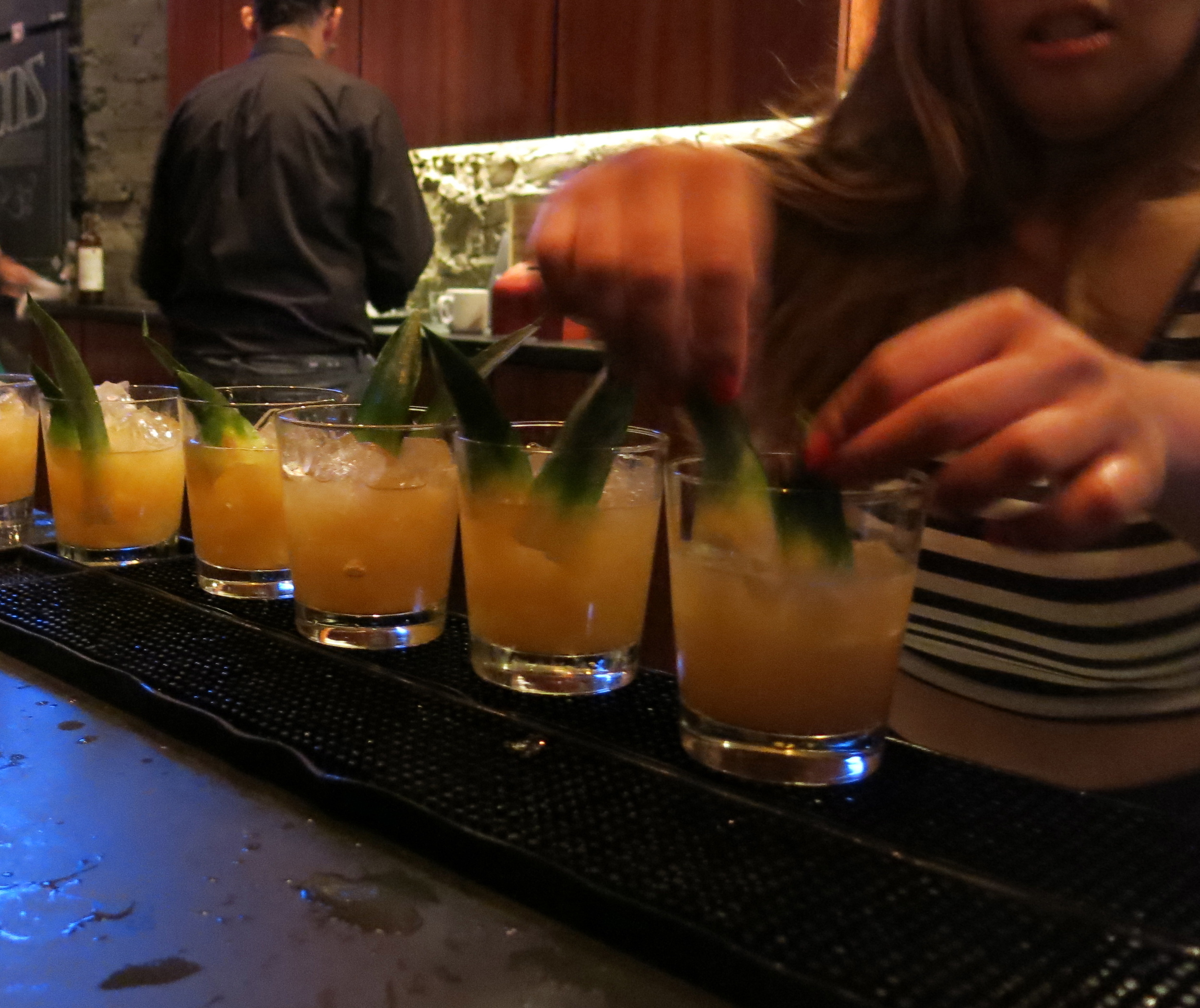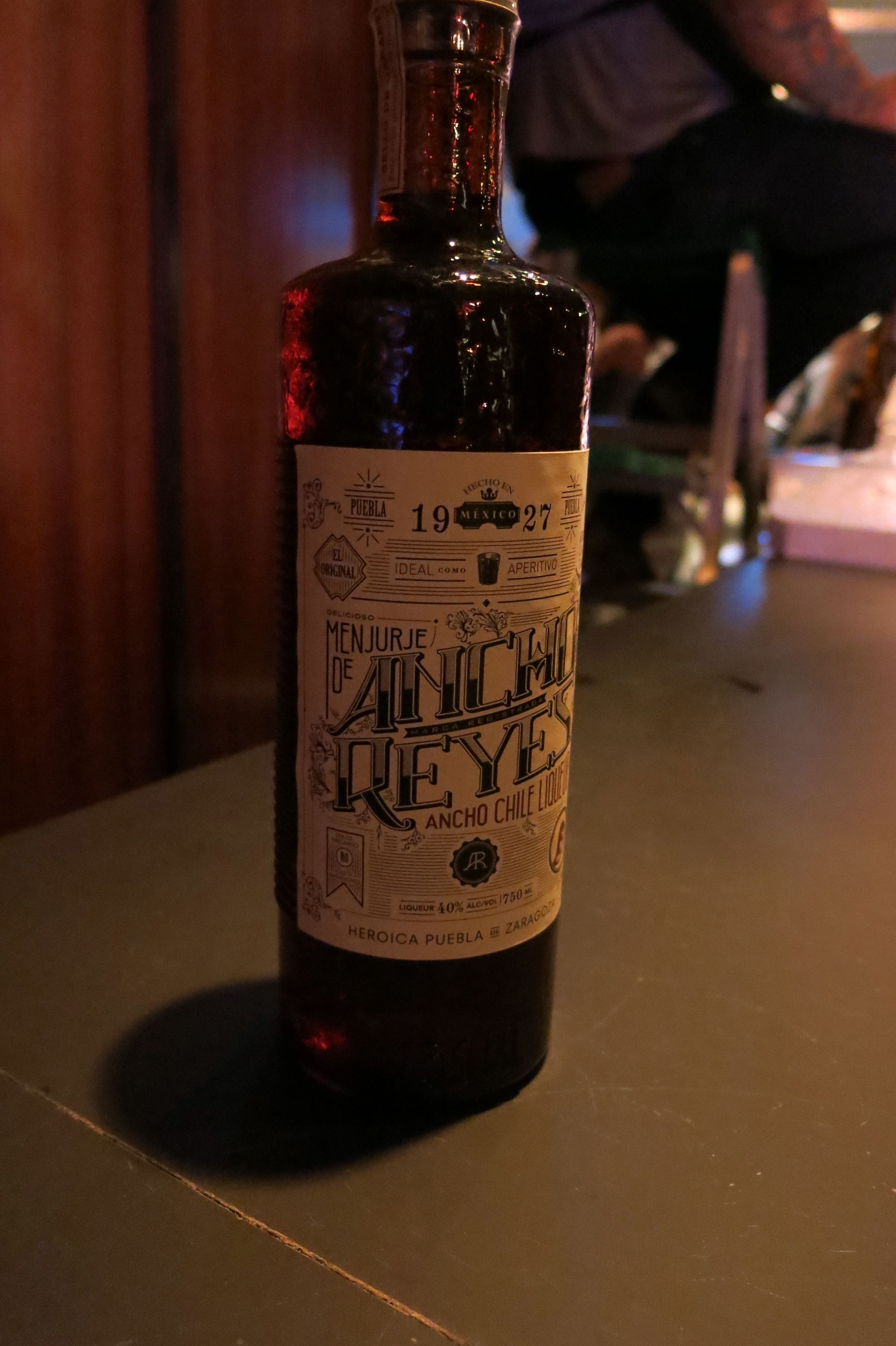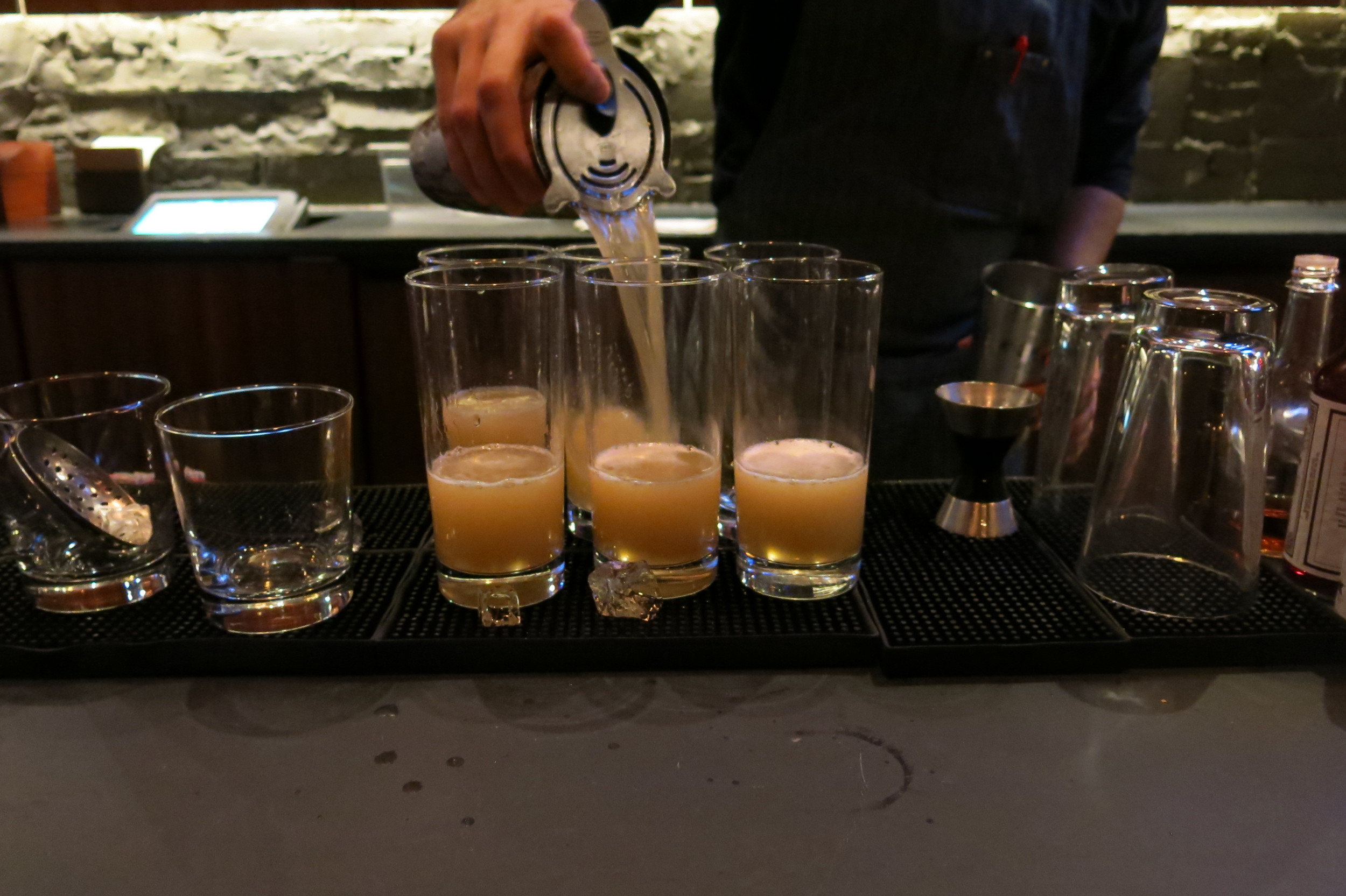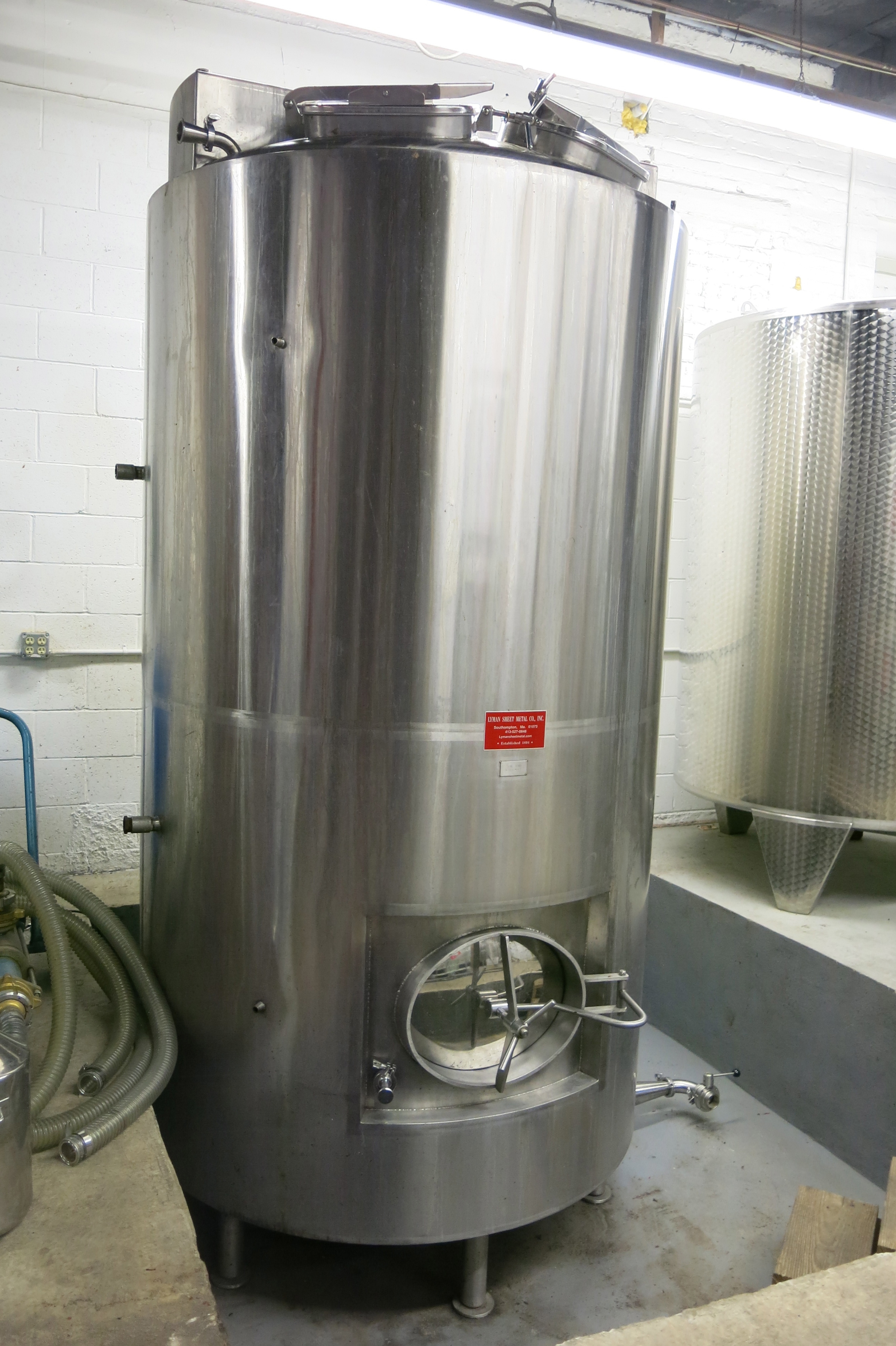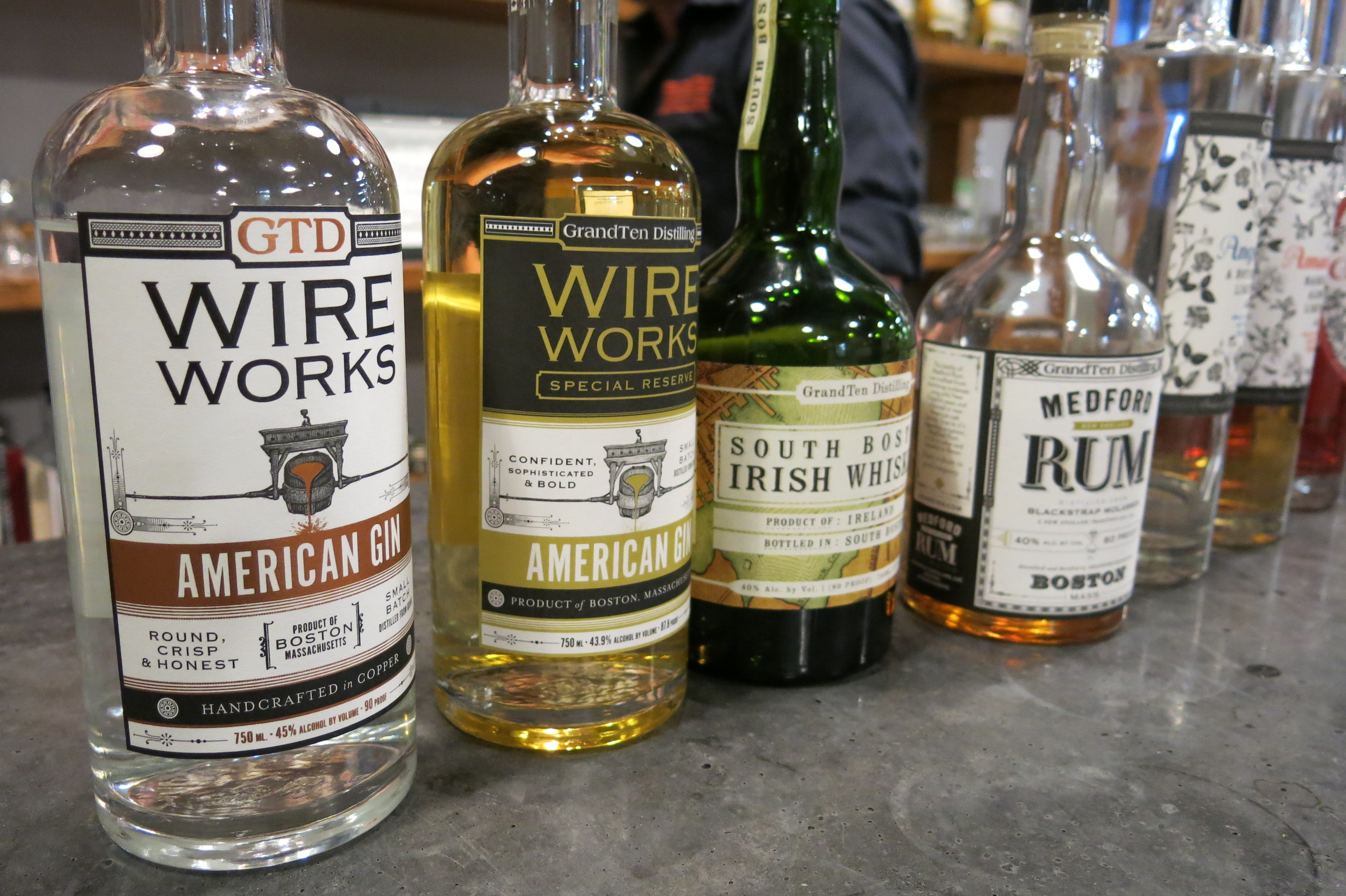I don’t have any hard data to back this up, but I think I can say with confidence that no meat product is celebrated as frequently, as fervently, or as lustily as bacon. There are websites and blogs devoted to bacon. A very quick web search reveals that at least half the states in the union have hosted a bacon festival within their borders in the past year. Put the words “bacon-infused” in front of anything, whether it’s a spirit, a food item, or just a glass of water, and people will order it, gleefully, no questions asked. You want to see a vegetarian sweat? Fry up some bacon. Even vegans gotta shout. Bacon’s hype is richly deserved. This simplest and least healthy of meats adds a dose of awesomeness to everything it touches. Put a few rashers of bacon next to a plate of eggs, and you have the most iconic of breakfast dishes. Toss a few slices on an otherwise average burger and suddenly that burger becomes extraordinary. Wrap some scallops up in bacon and watch the most mild-mannered of party guests jockey for position in front of a platter of hors d’oeuvres.
And if you combine bacon with bourbon and create an entire brunch menu focused on those two hallowed ingredients, I will head into Boston early on a snowy Sunday morning and stand outside your door, shaking with anticipation until you let me in.
That’s pretty much the way things went down last weekend at Anthem Kitchen + Bar.
Anthem’s Bacon & Bourbon Brunch was nothing less than a meditation on the glory of being alive. The menu was a bacon and bourbon lover’s dream, featuring mouthwatering items such as French toast with bacon and bourbon-infused maple syrup, and lobster eggs benedict with a pancetta hollandaise sauce. Something like “bacon and eggs,” by comparison, might sound a little humdrum. Not so. This didn’t feature “bacon” in the conventional sense, but something arguably better – bourbon maple pork belly, along with a heaping pile of cheesy grits. The pork belly was absolutely out of this world – melt-in-your-mouth tender, bursting with the richest, sweetest, smokiest flavor imaginable. I could seriously have eaten this until my arteries put up a “not a thruway” sign.
The bacon and apple Monte Cristo was loaded with house-roasted turkey and topped with bourbon bacon jam (!!), granny smith apples, and cheddar cheese, served on French toast with maple syrup on the side. This was a great big sandwich with a splendid combination of flavors. The apple slices added a crisp texture that contrasted with the soft, warm French toast.
And just as bourbon infused the food menu, bacon found its way into nearly all the cocktails.
If there’s an hour of the day that’s too early to drink an Old Fashioned, then I’d rather sleep right through it. But it’s hard to argue that the Bacon Old Fashioned, made with bacon-infused Bulleit bourbon, muddled orange, sugar, and orange bitters, wasn’t perfectly suited to the most important meal of the day. This variation of the timeless classic had a big, bold flavor, and a garnish of candied bacon provided a smoky aroma with each sip. Bits of mashed-up orange permeated the drink, and little flakes of bacon floating around made it taste like a true breakfast cocktail.
There’s no bourbon in a Bloody Mary, but Anthem managed to squeeze the most traditional of brunch cocktails into the theme by coating the rim of the glass in chopped bacon and celery salt. It had all the usual components – a house-made bloody mary mix, tomato juice, and vodka – and added a slice of bacon as a garnish. The rim was a little too salty for my taste, with the bacon/salt combo, but it was solid overall.
The Sweet and Smoky Sling, however, was perfect. As the name implied, this drink was equal parts smoky and sweet, made with bacon-infused Bulleit bourbon, simple syrup, fresh lemon, pineapple juice, and a slice of candied bacon. This was a well-balanced cocktail – sweet and fruity with just enough smoke, and grounded in bourbon’s characteristic warmth and depth.
Loaded with tourist traps and memorabilia shops, Faneuil Hall holds limited appeal for those of us who live and work in the city. But I’ve always argued that it has a few gems, and I’ve long been fond of Anthem. I don’t know whether Anthem will be adding any of these bacon-themed cocktails or bourbon-infused food items to their regular menu. But even if it was just for one morning, it’s always encouraging to discover original ideas in an area of town better known for playing it safe.
* * * * * * * * * * * * *
Copyright © Boston BarHopper. All Rights Reserved.
